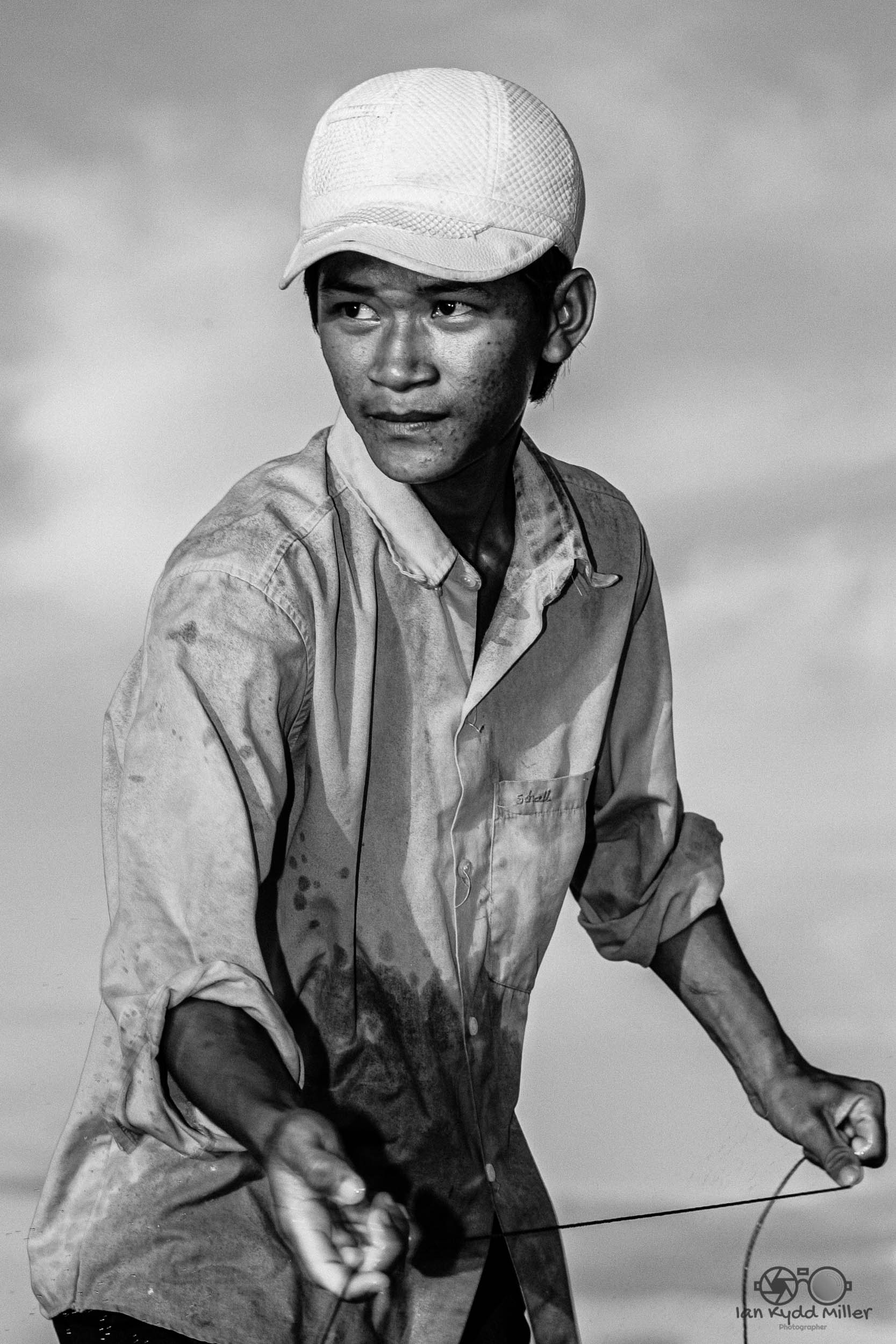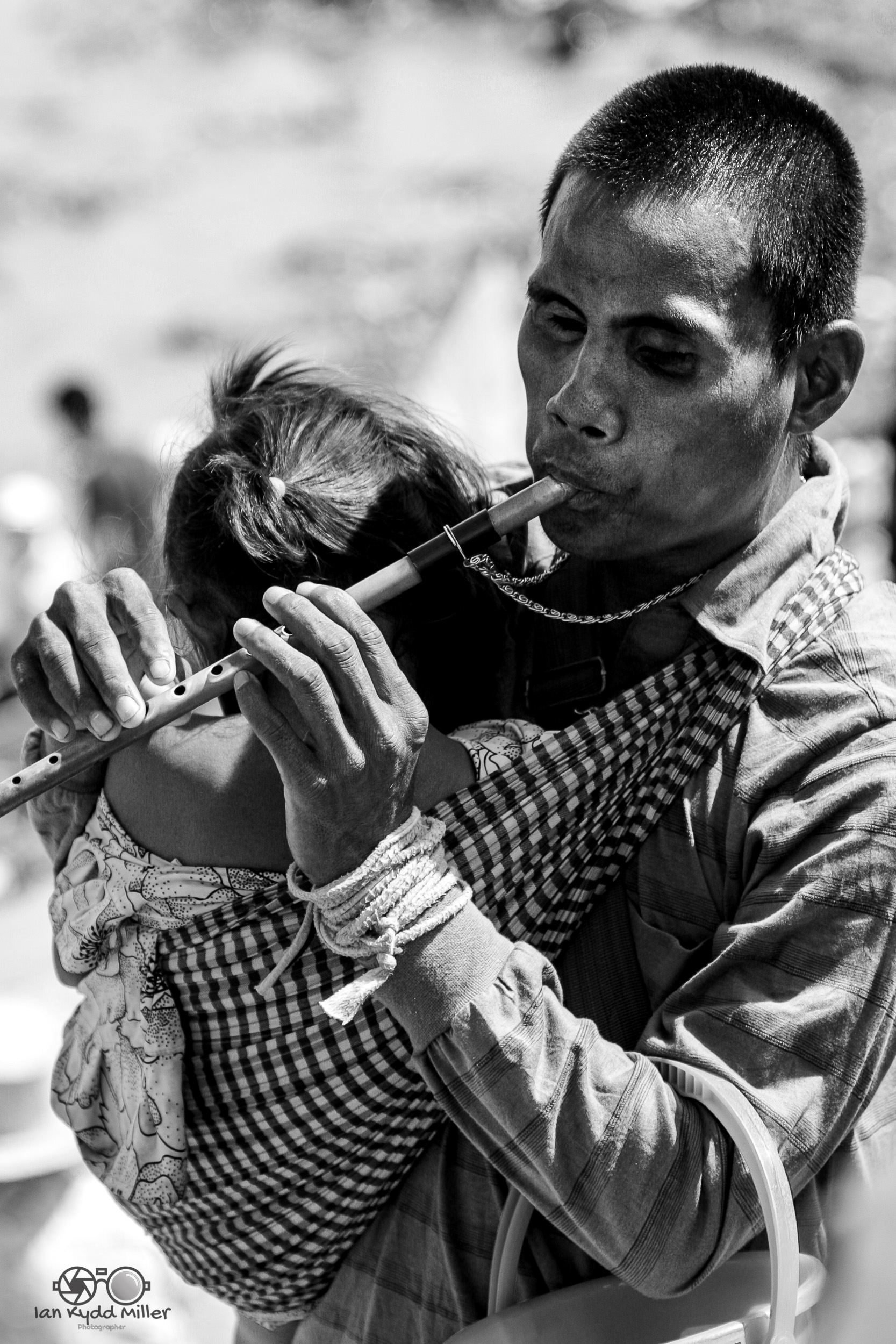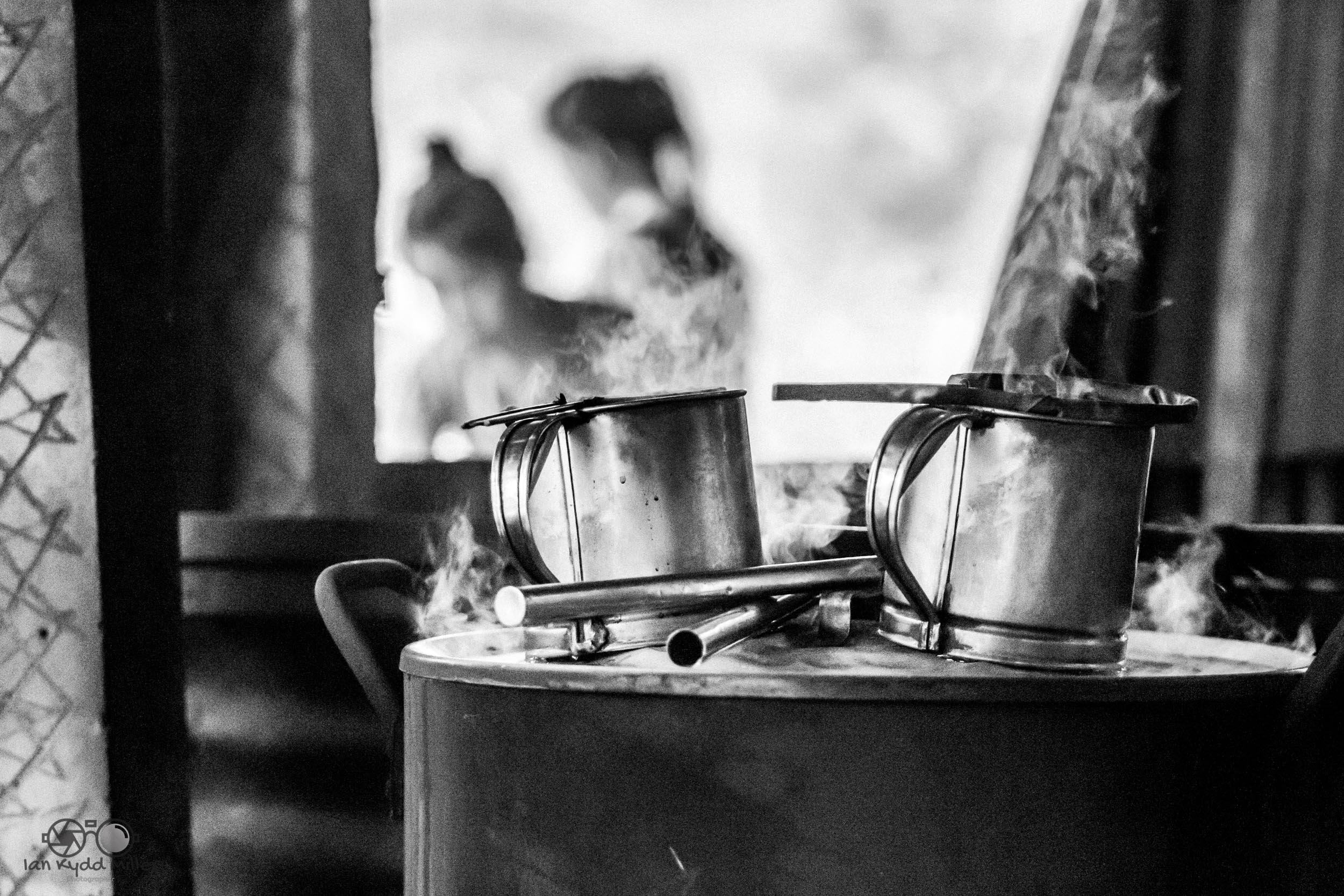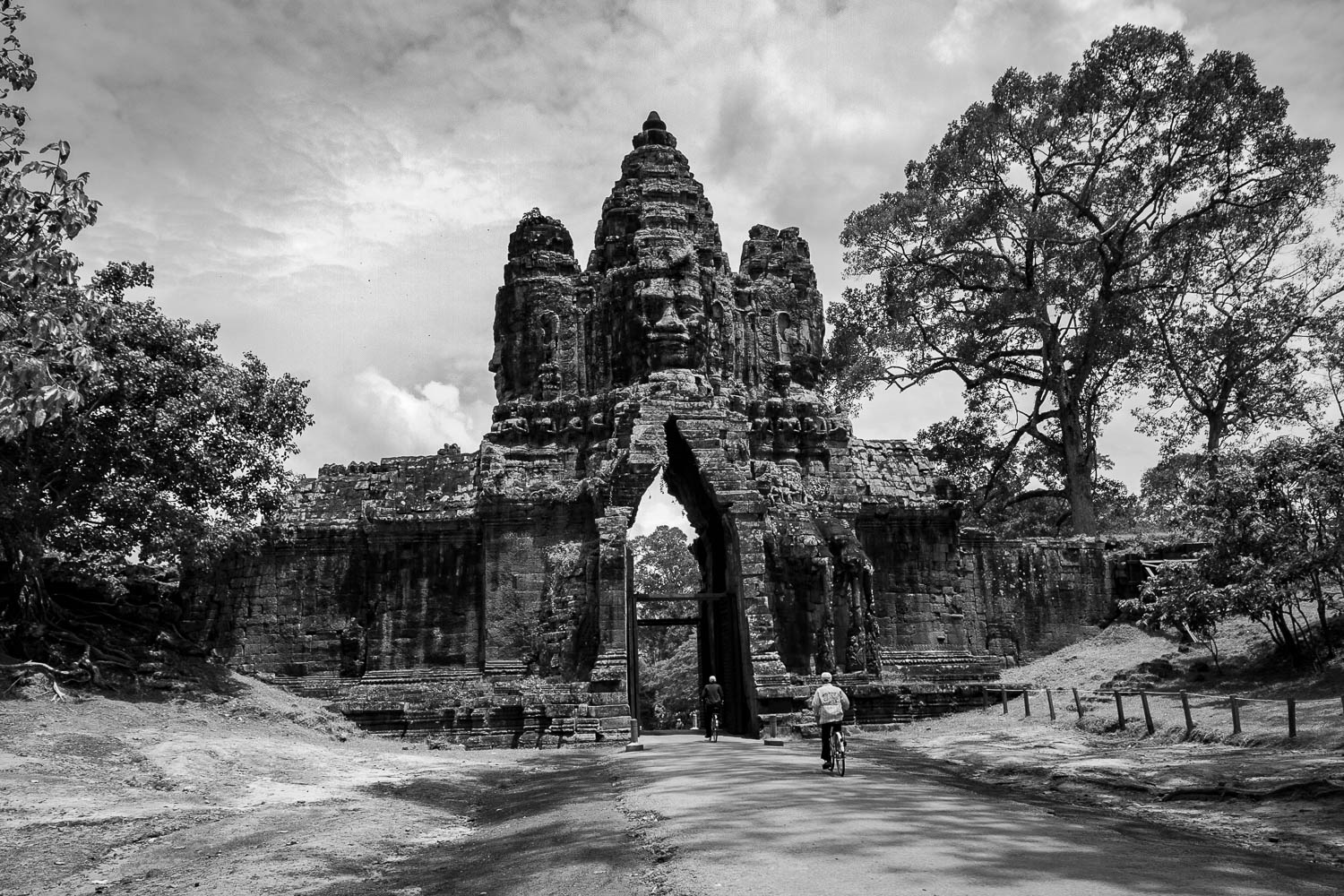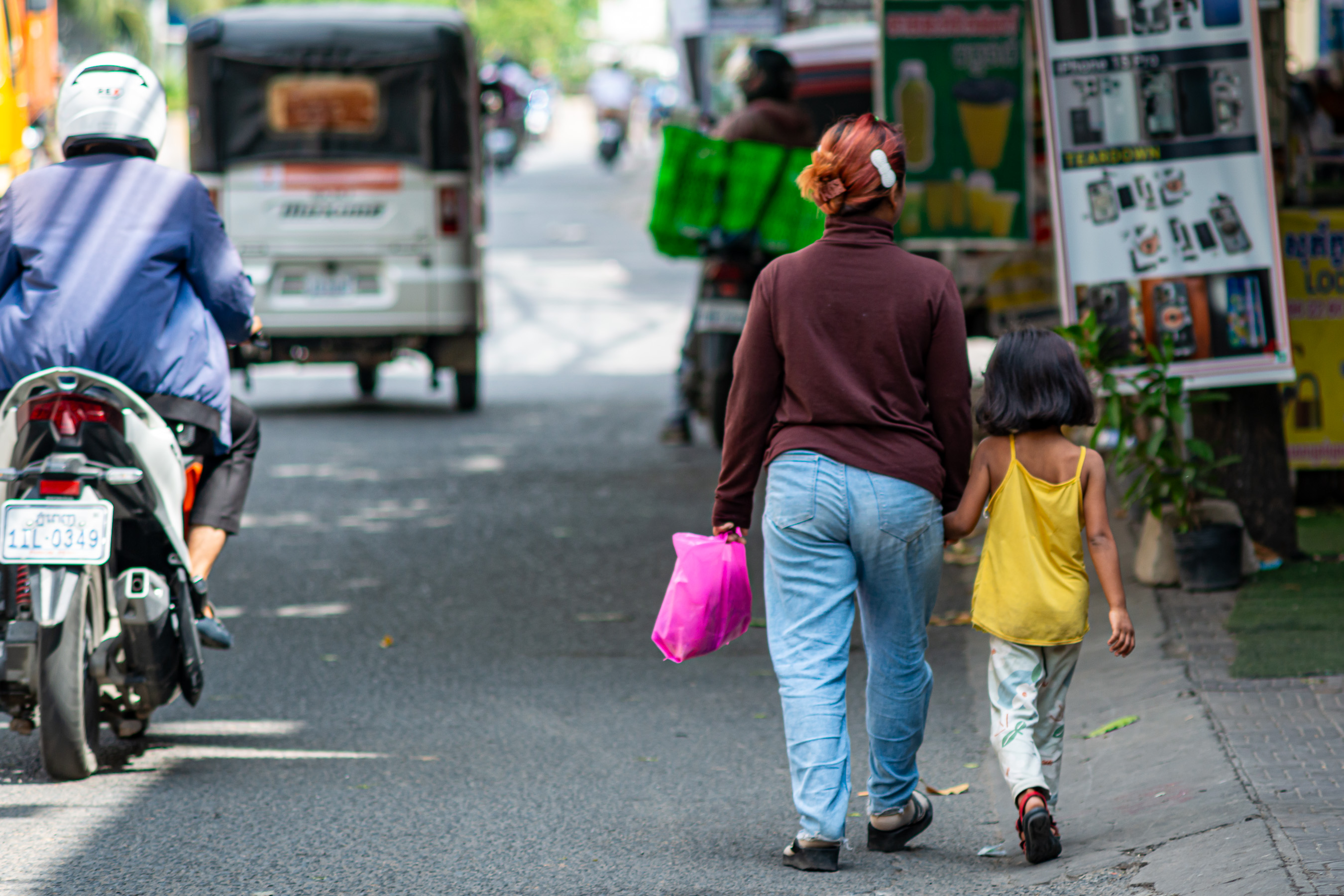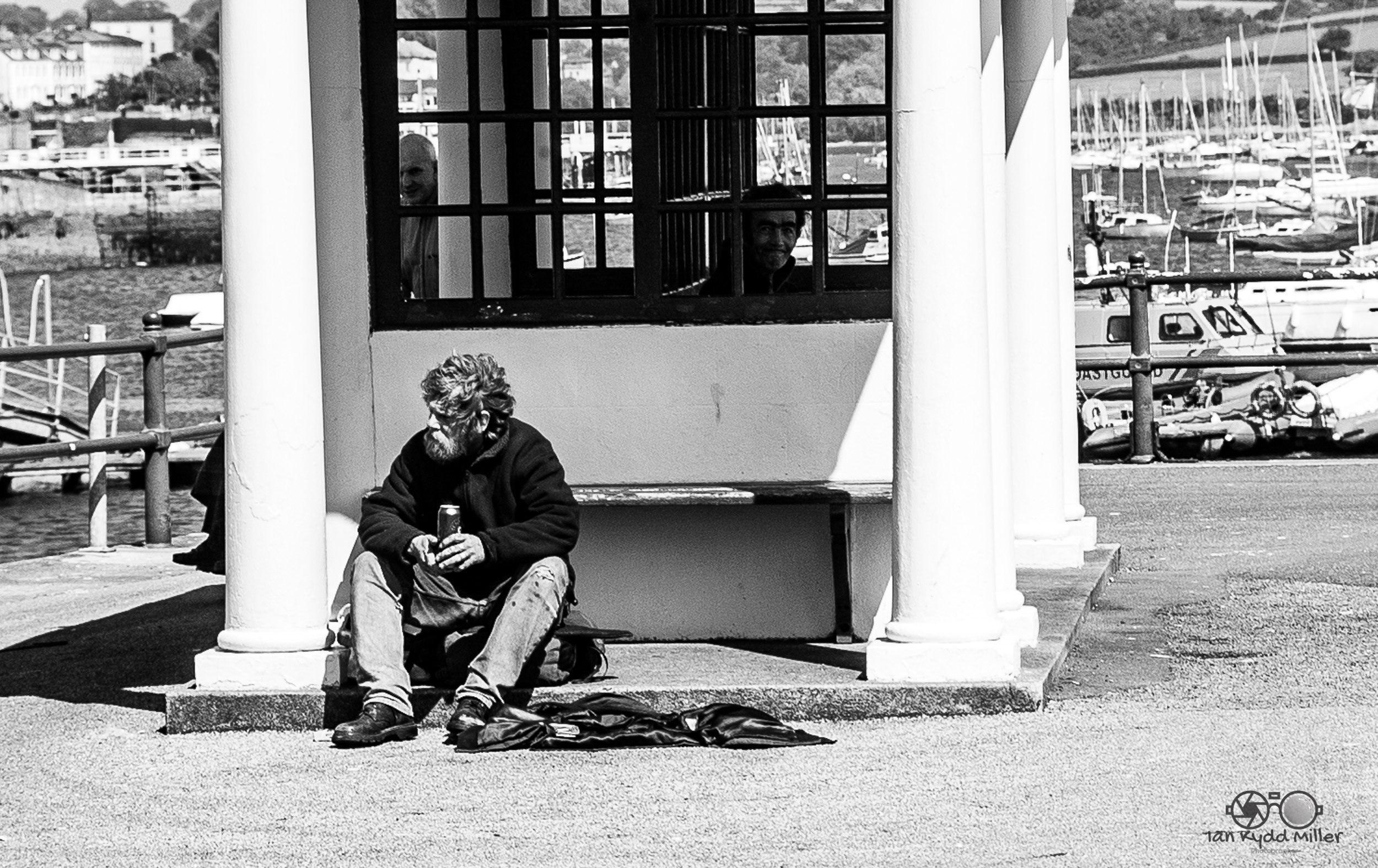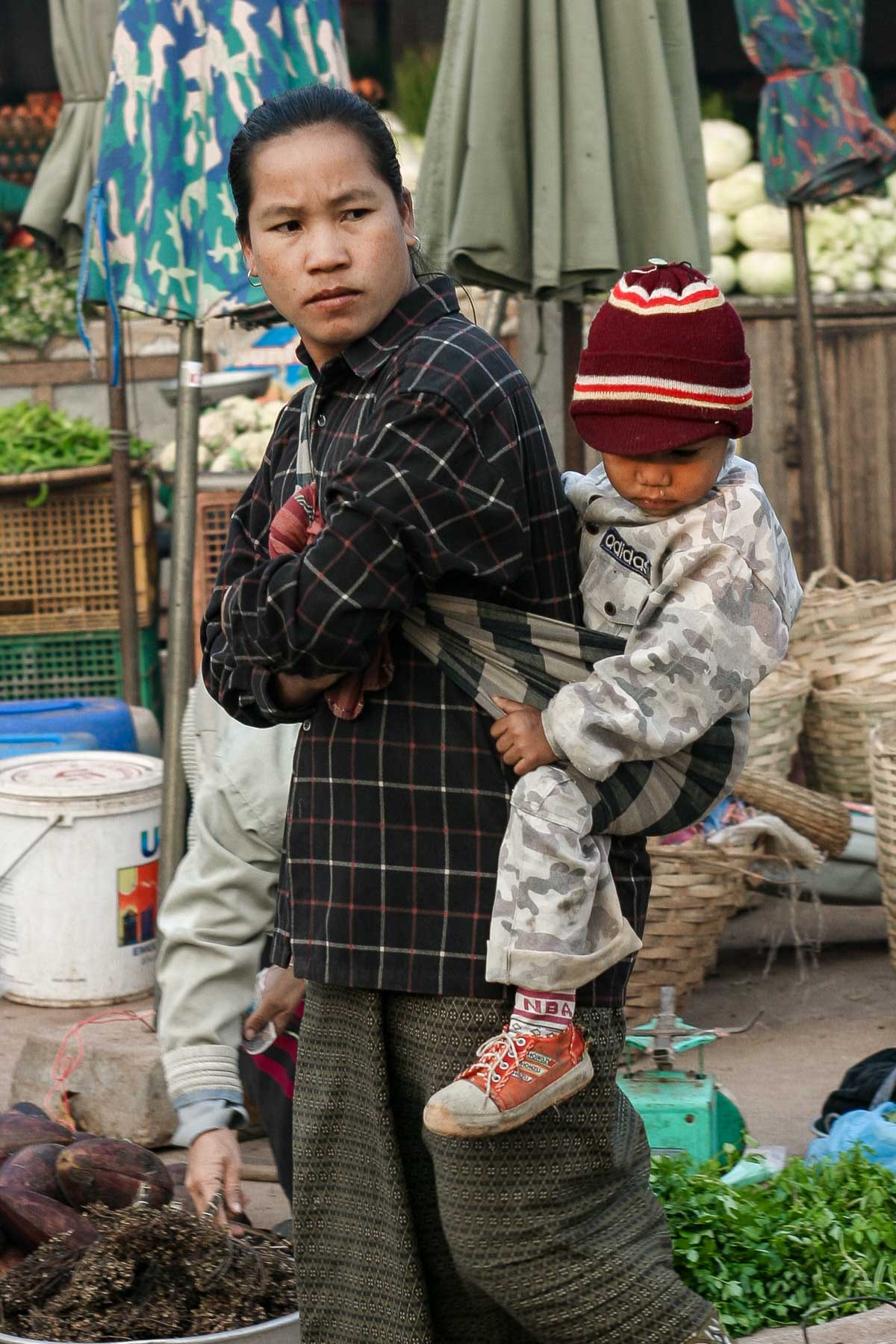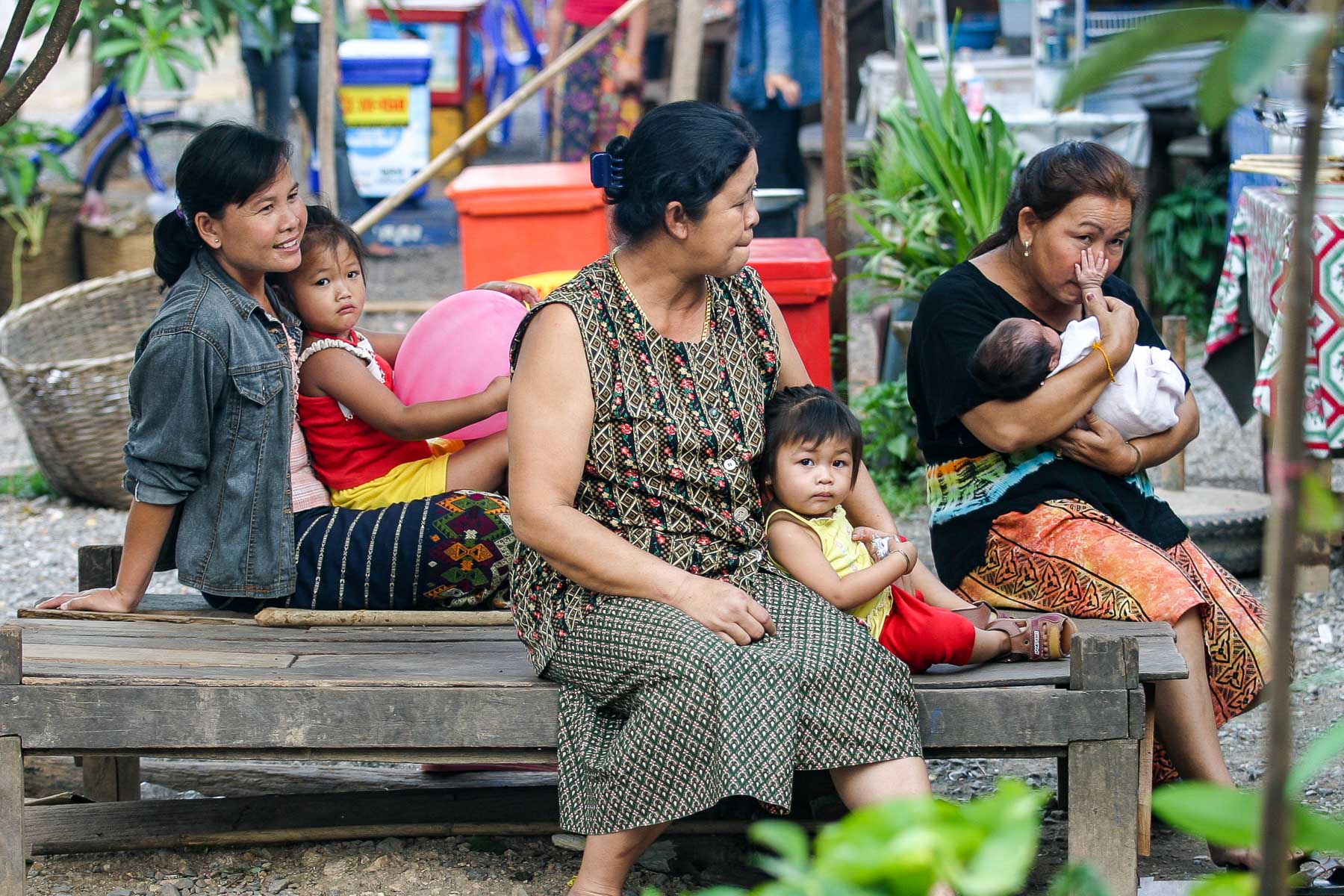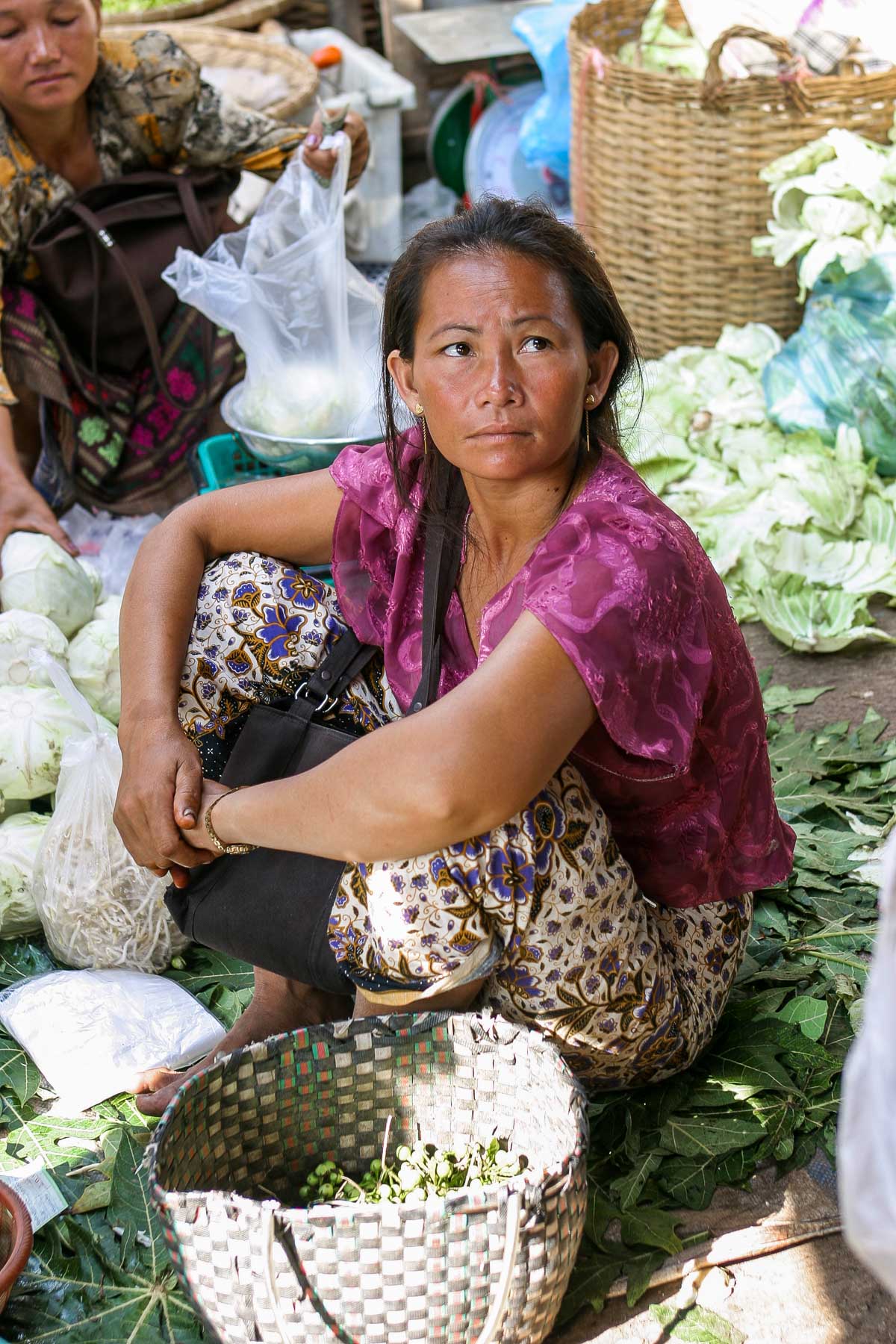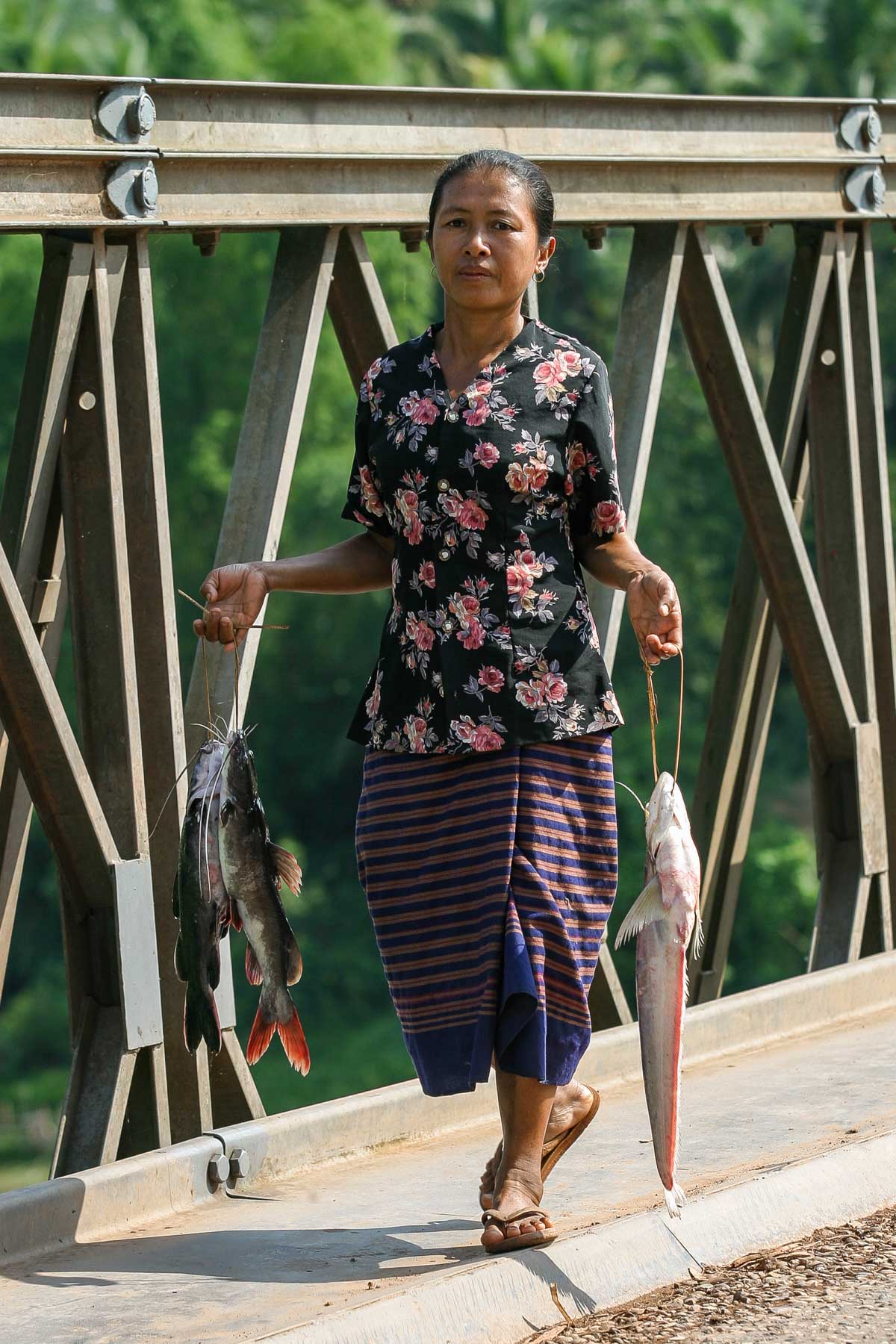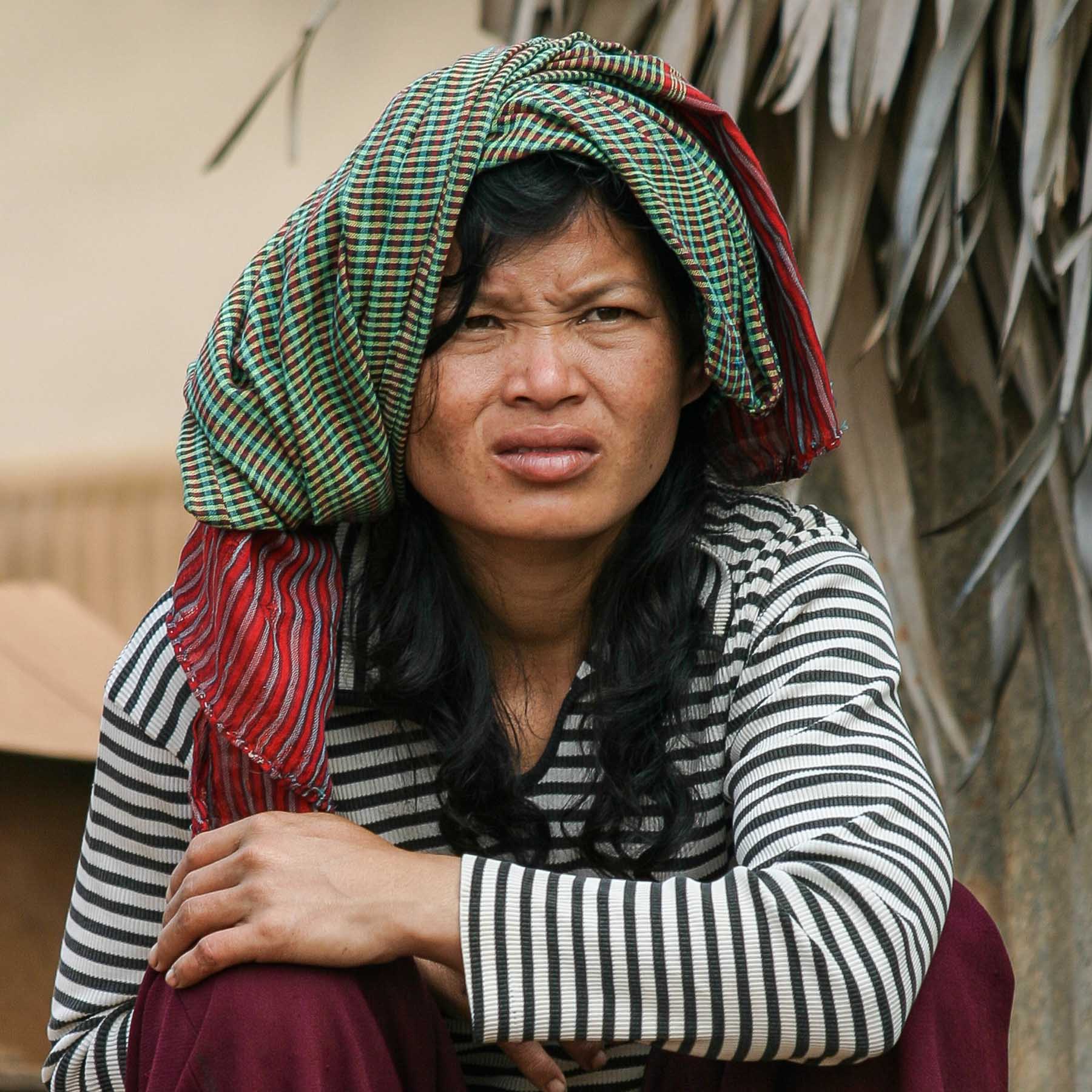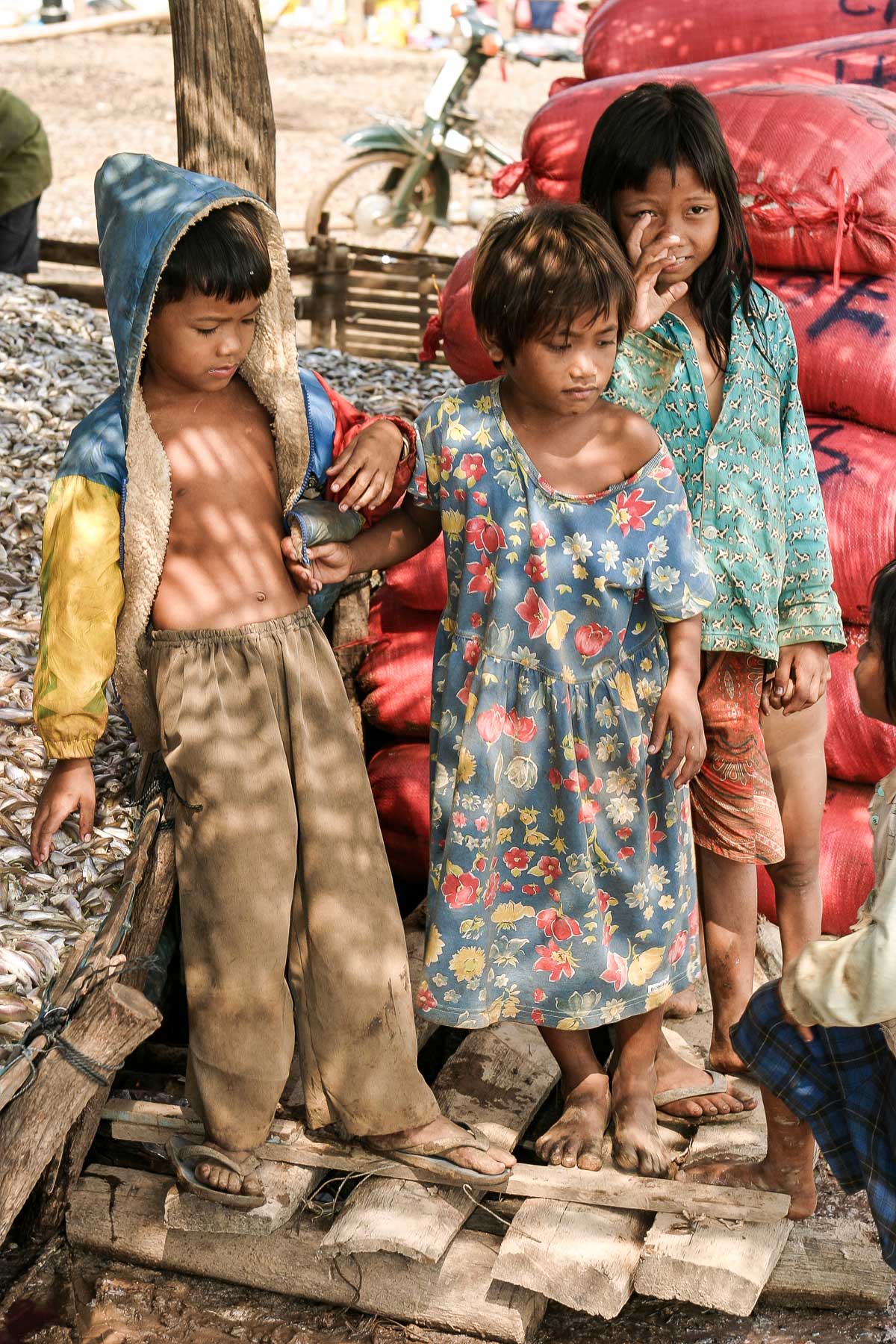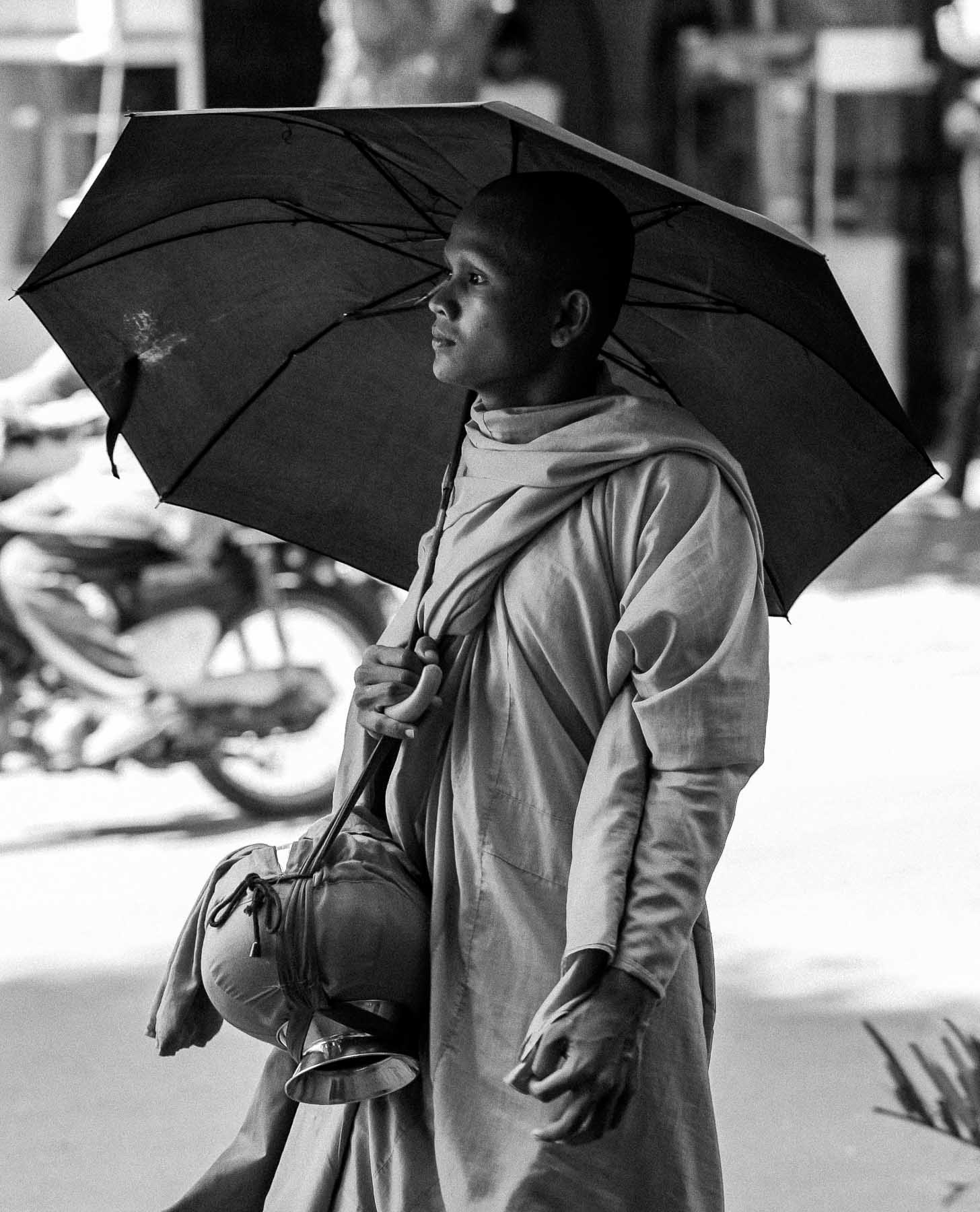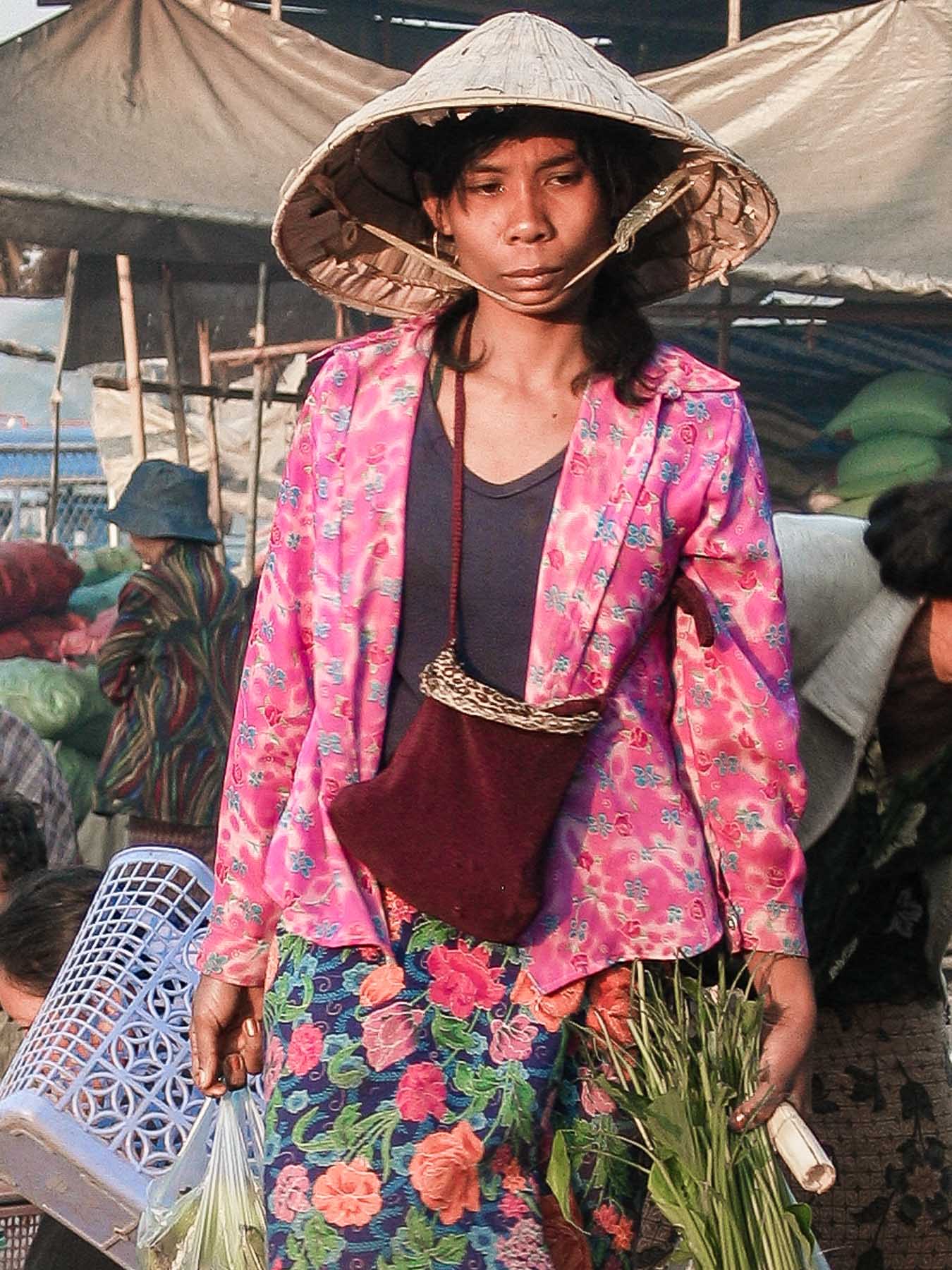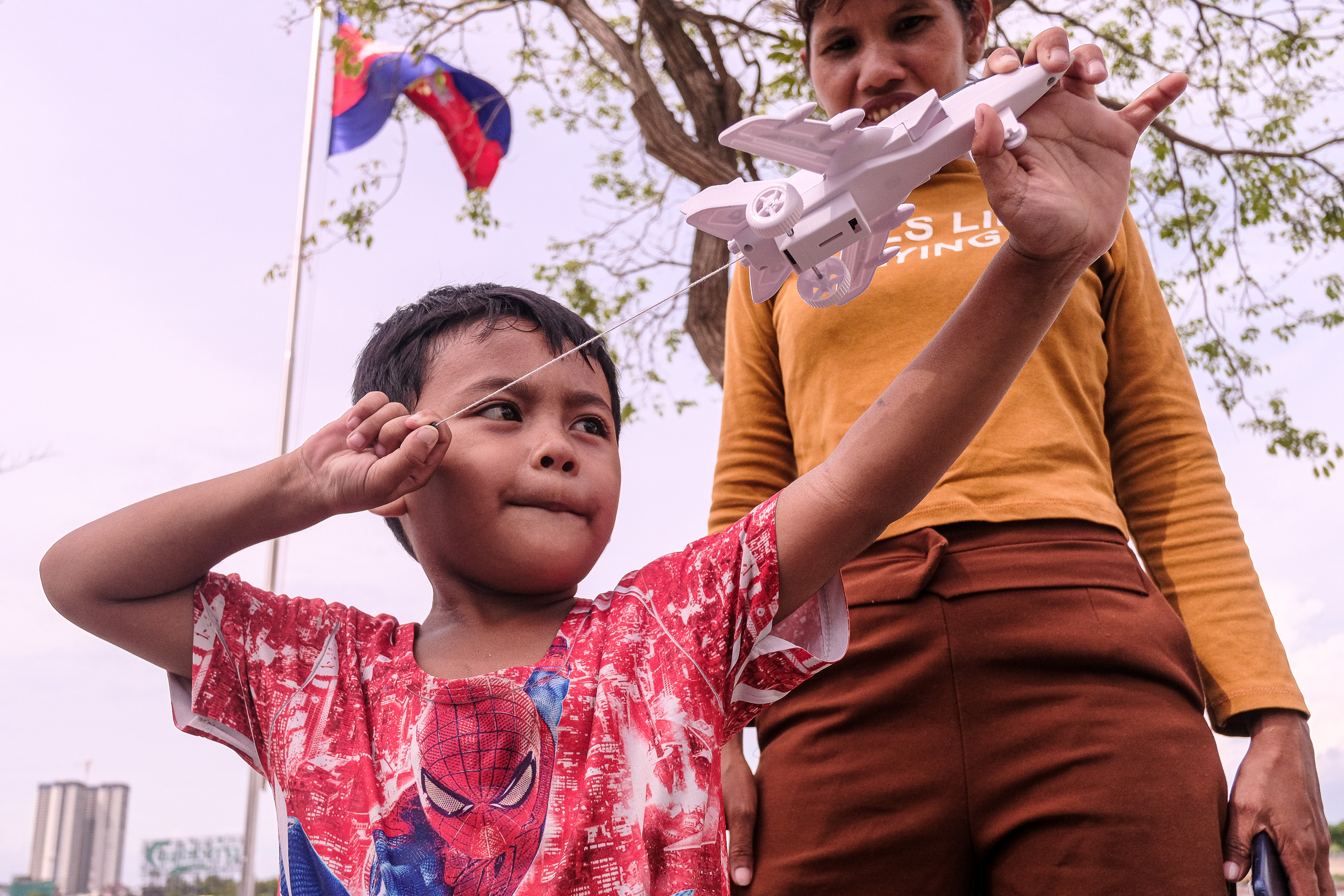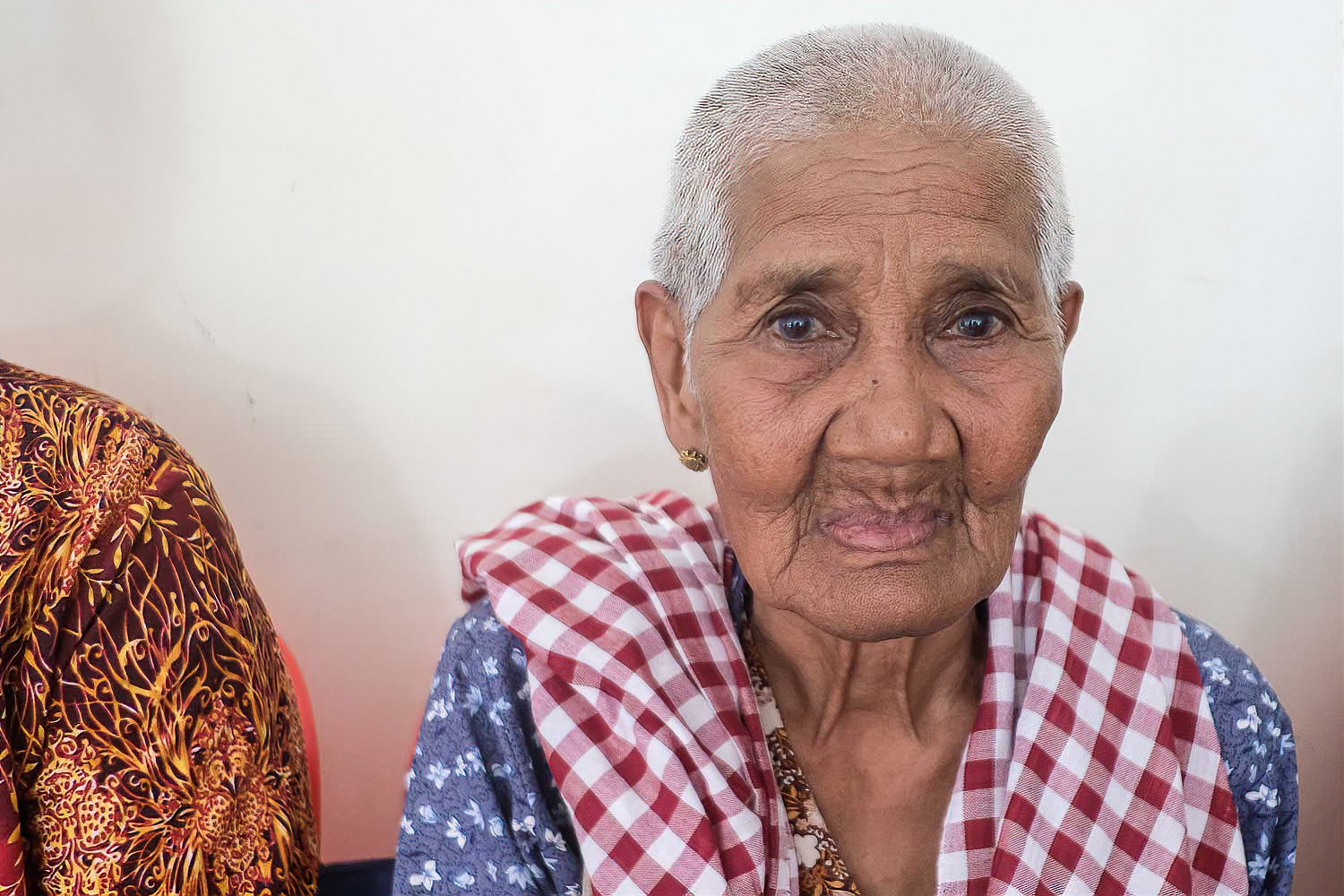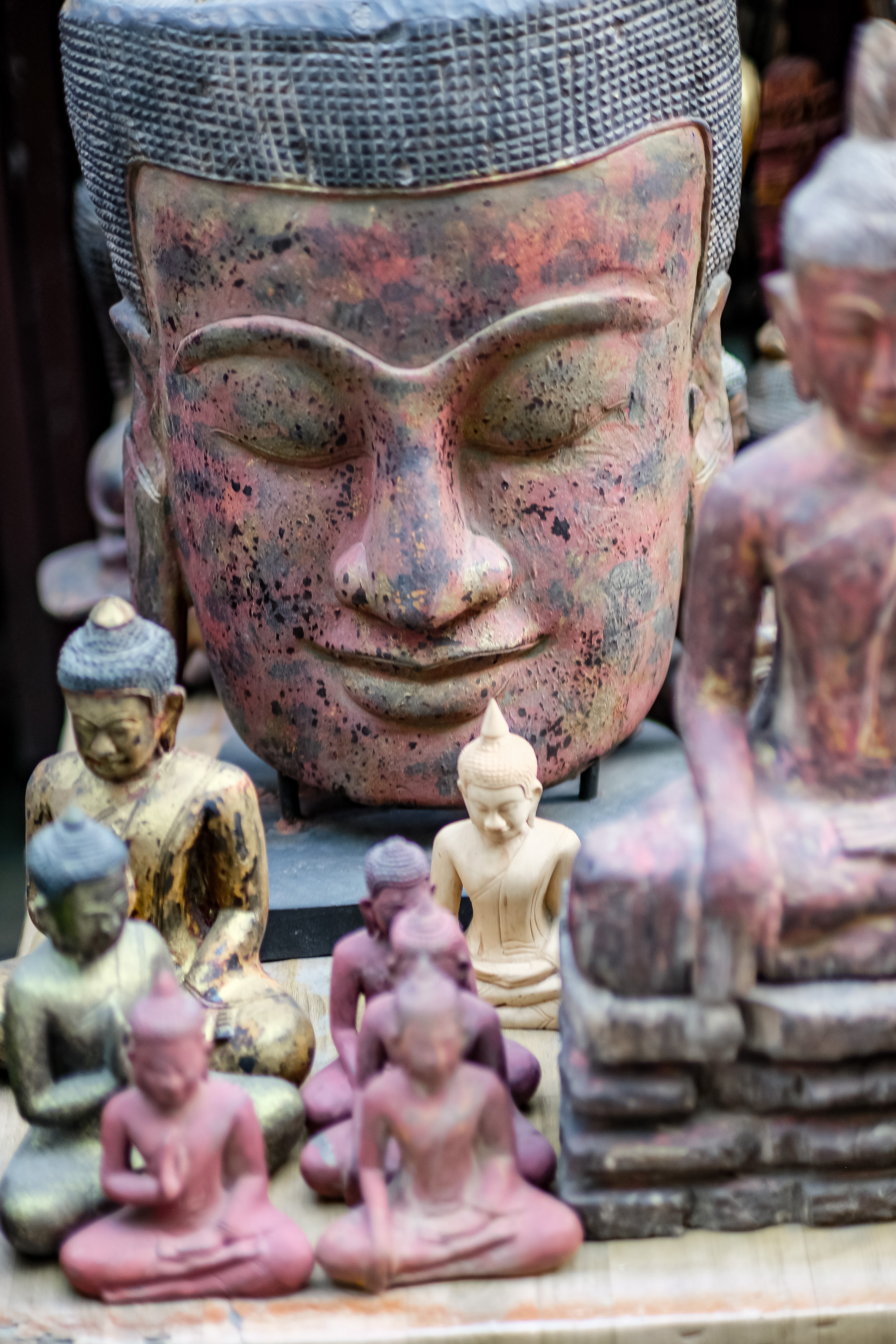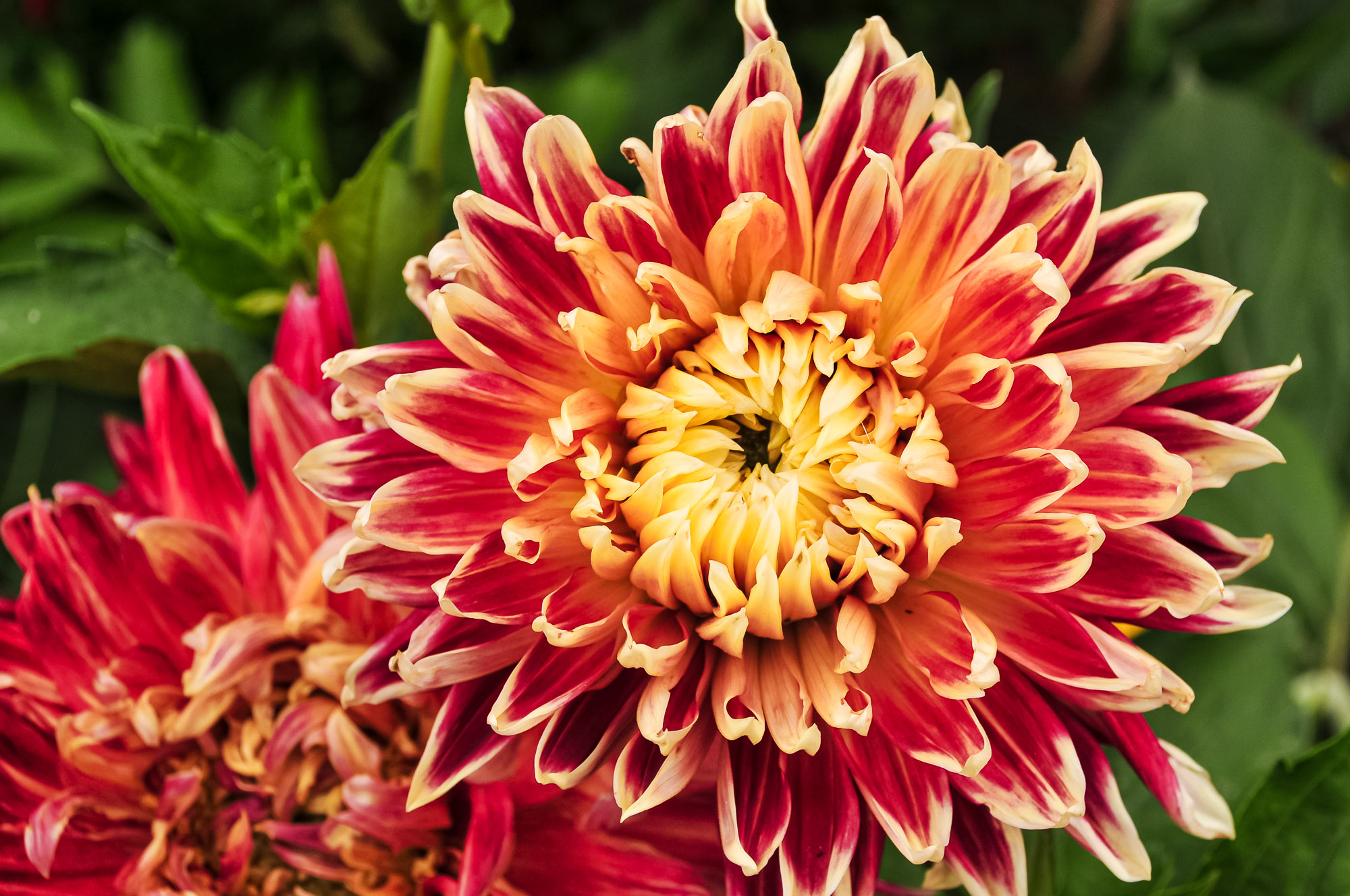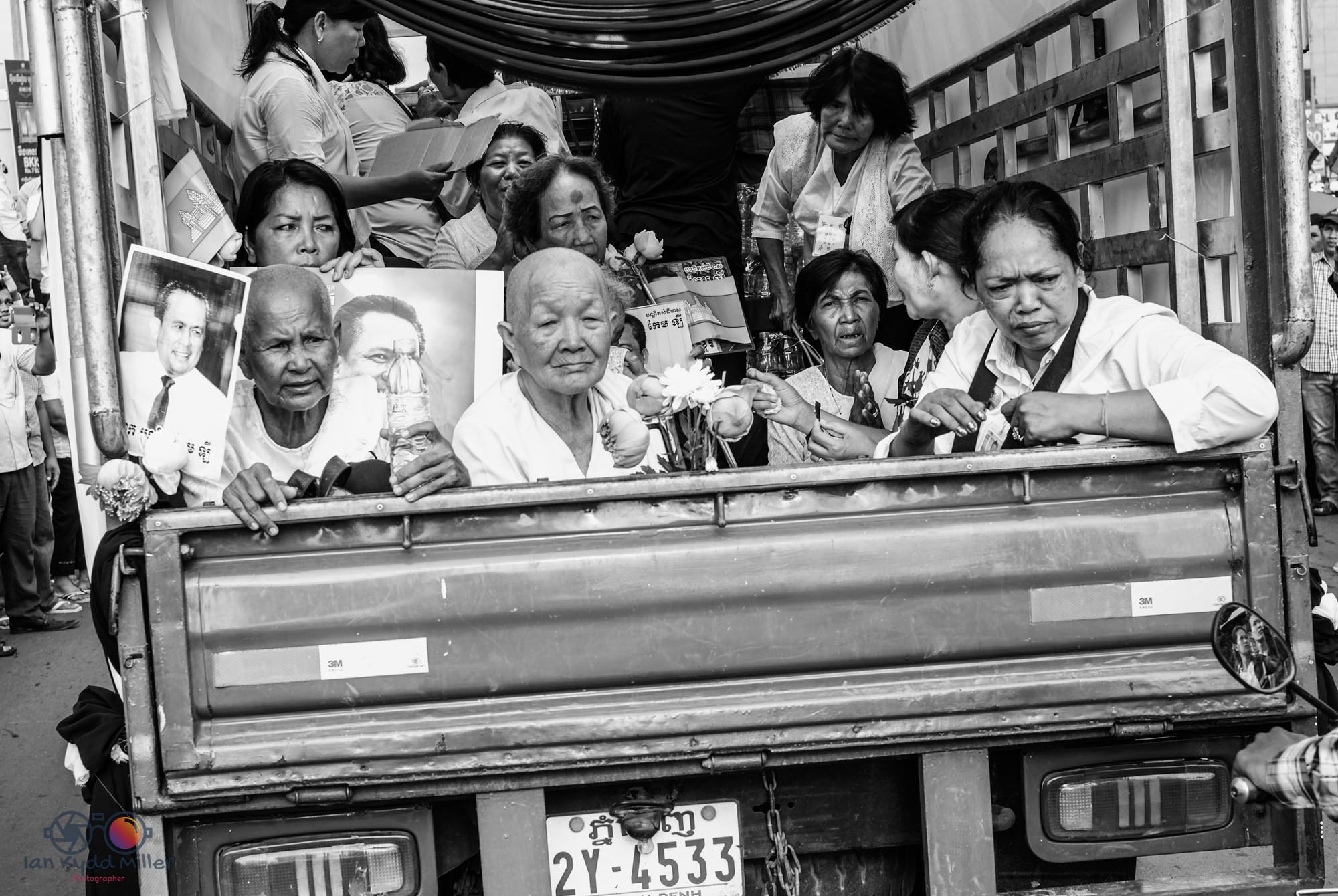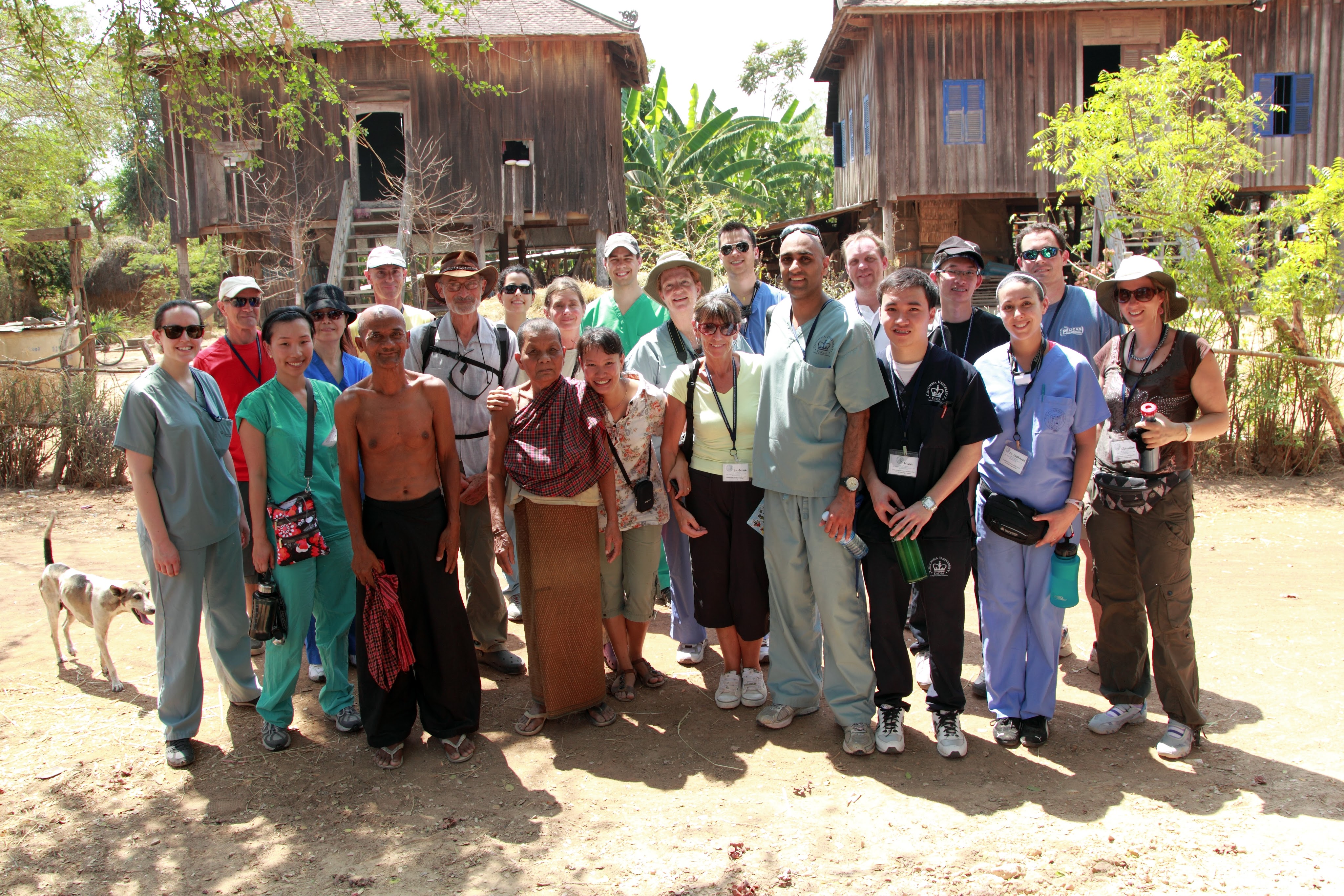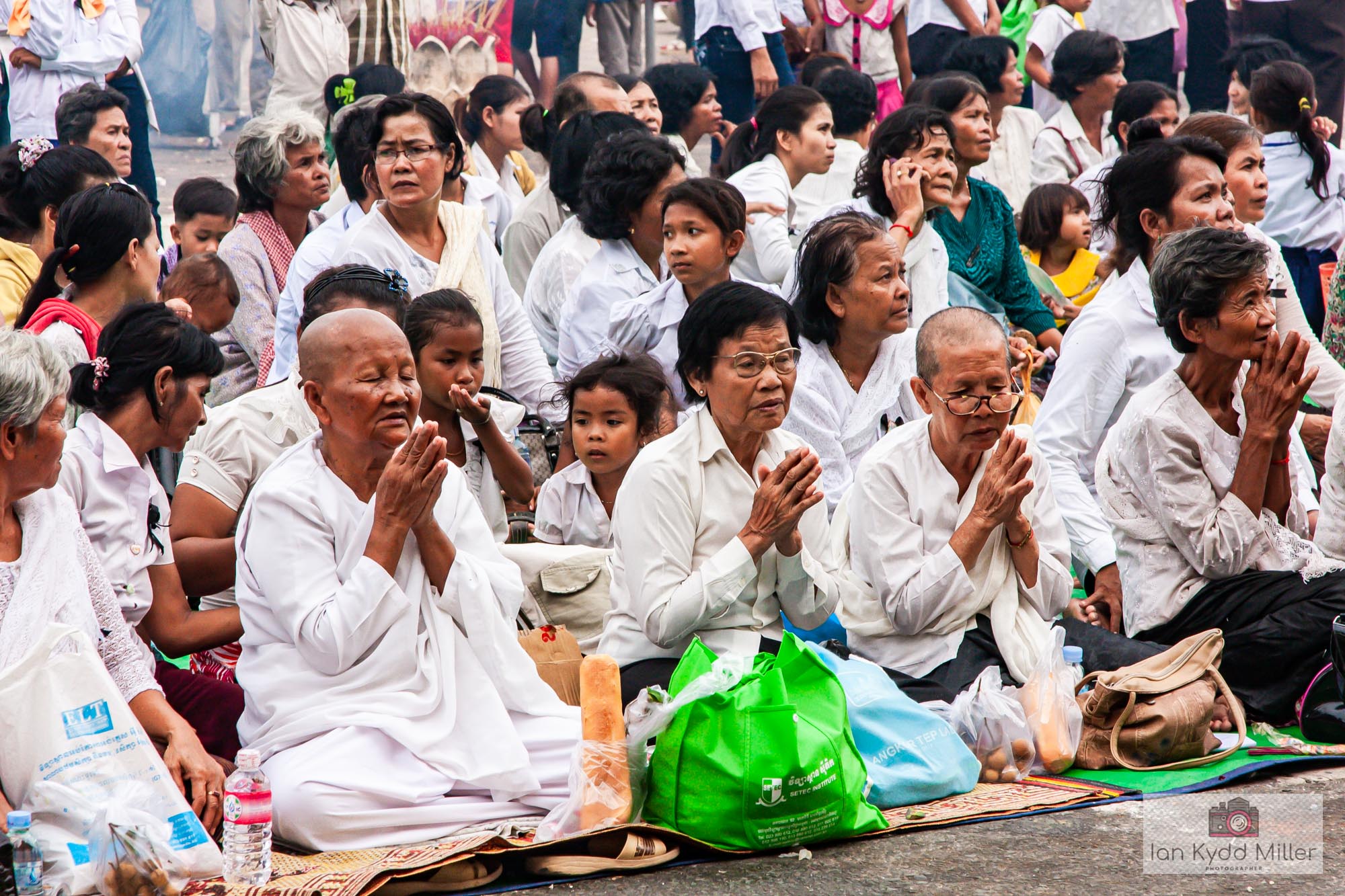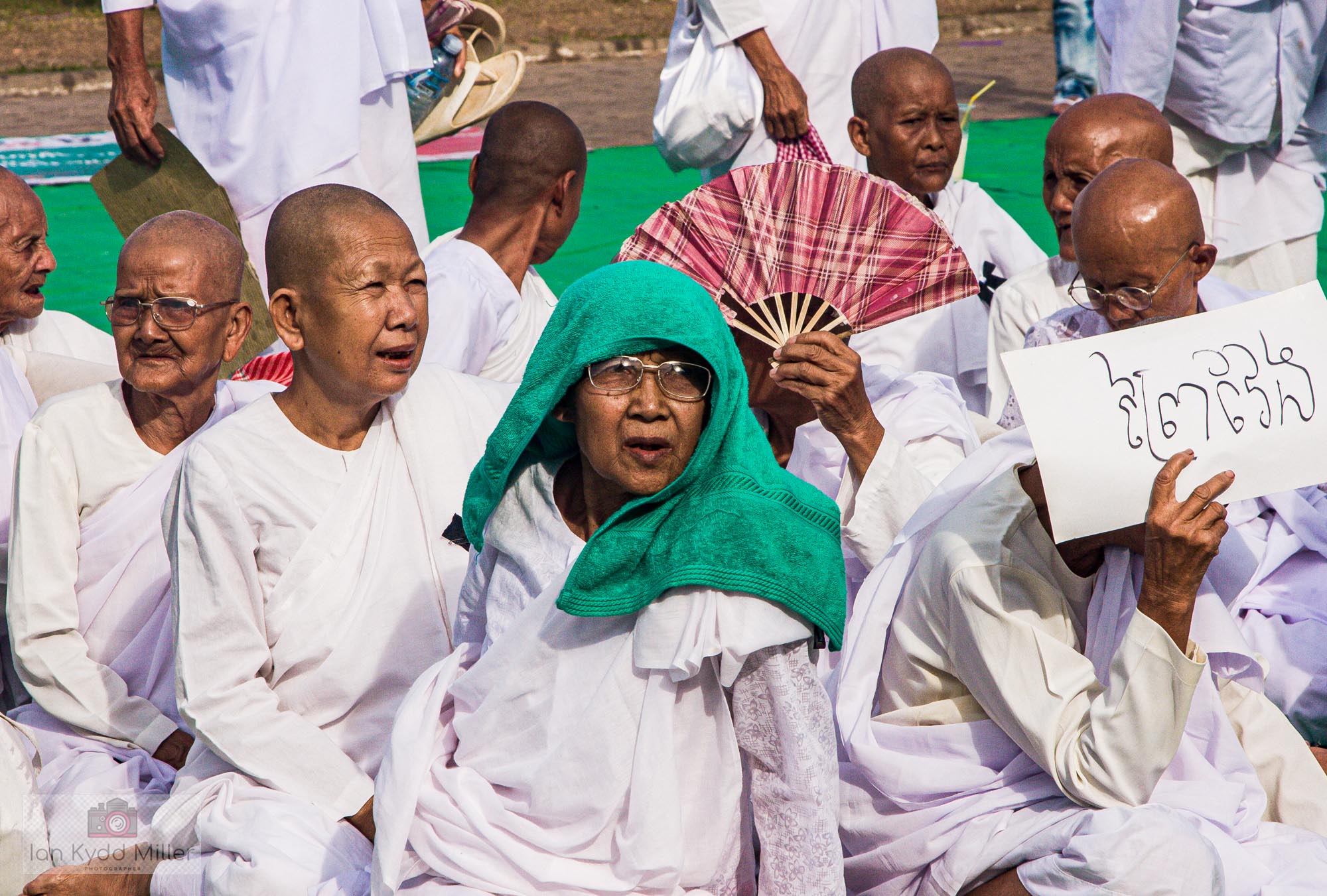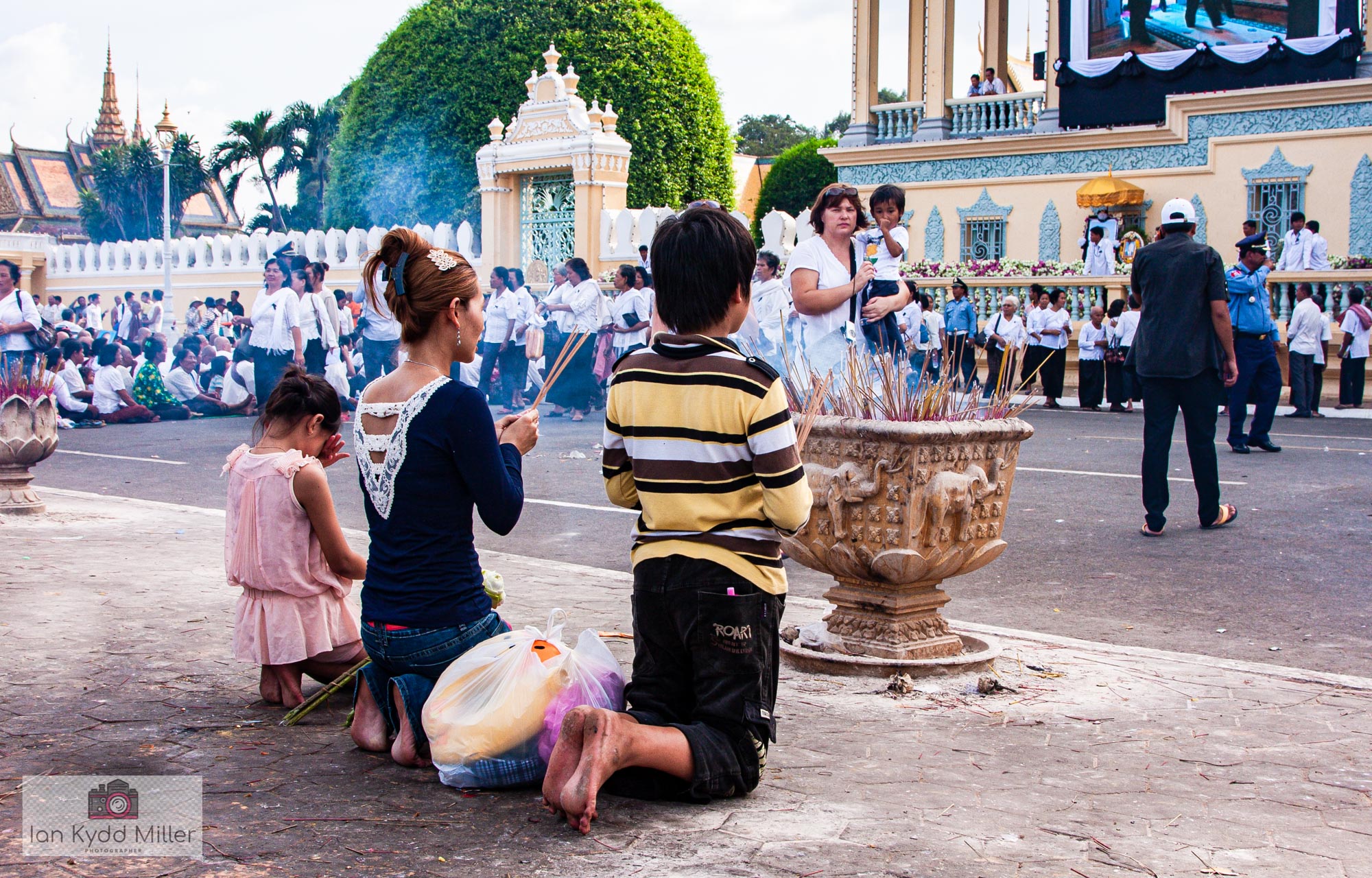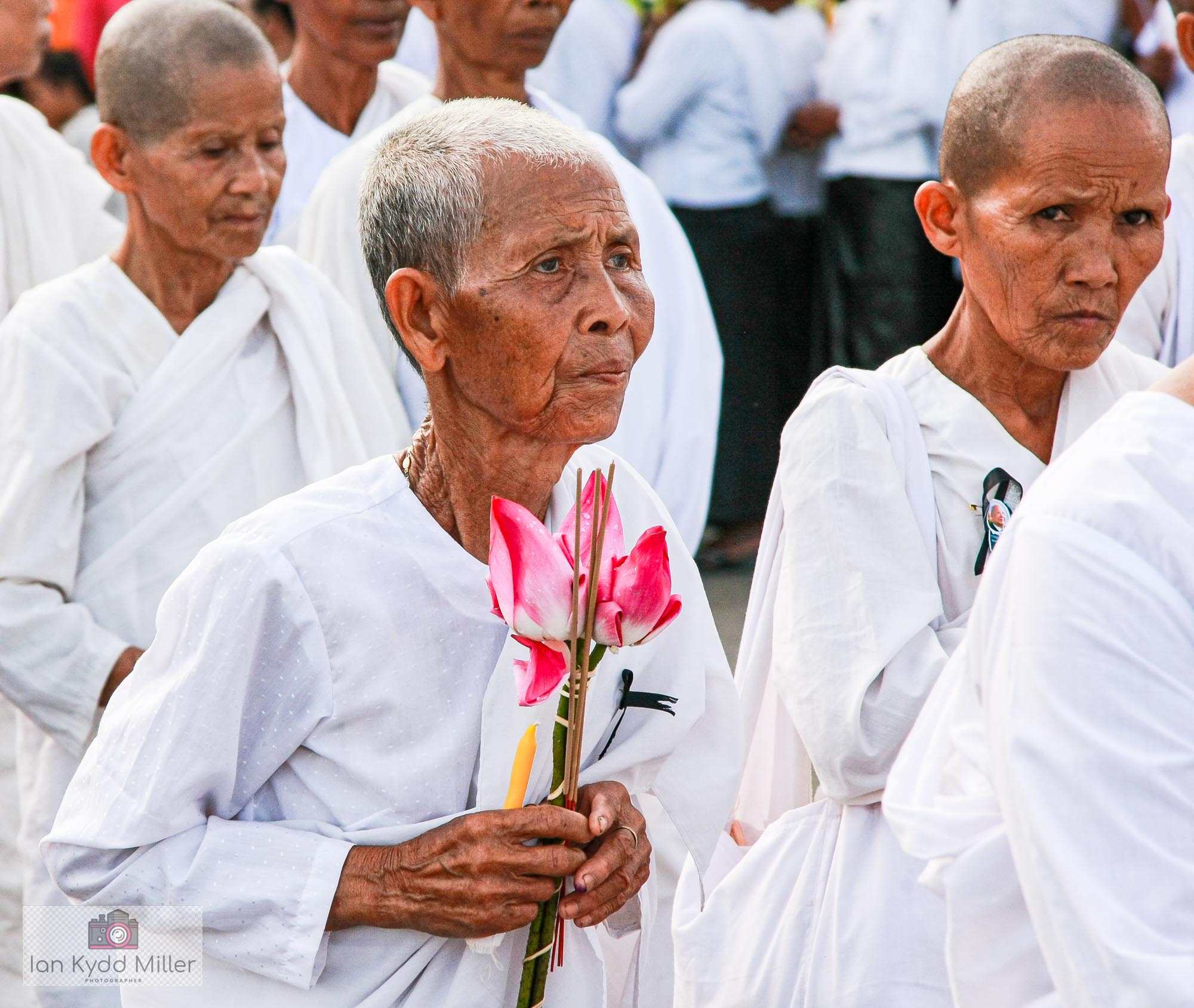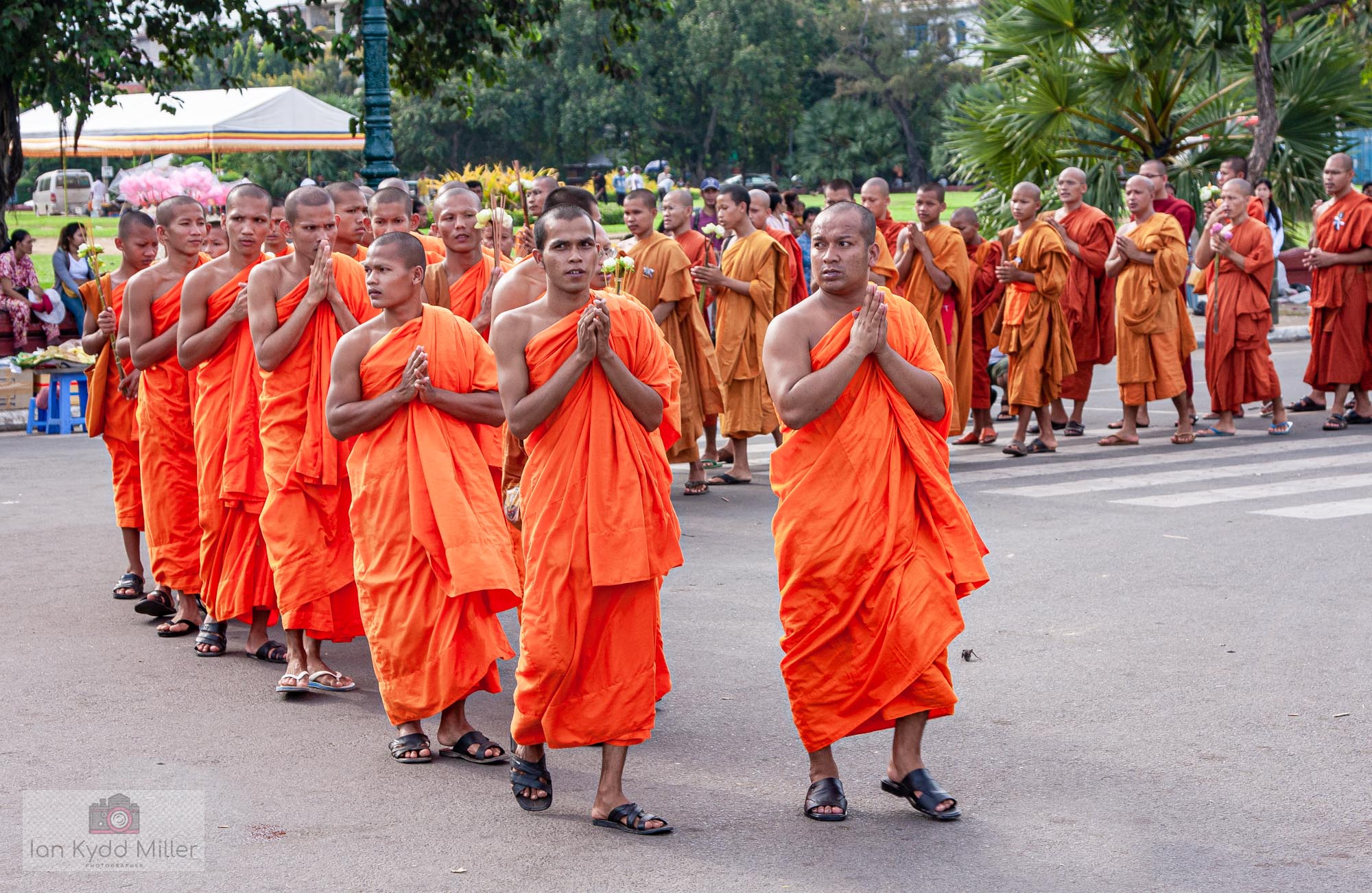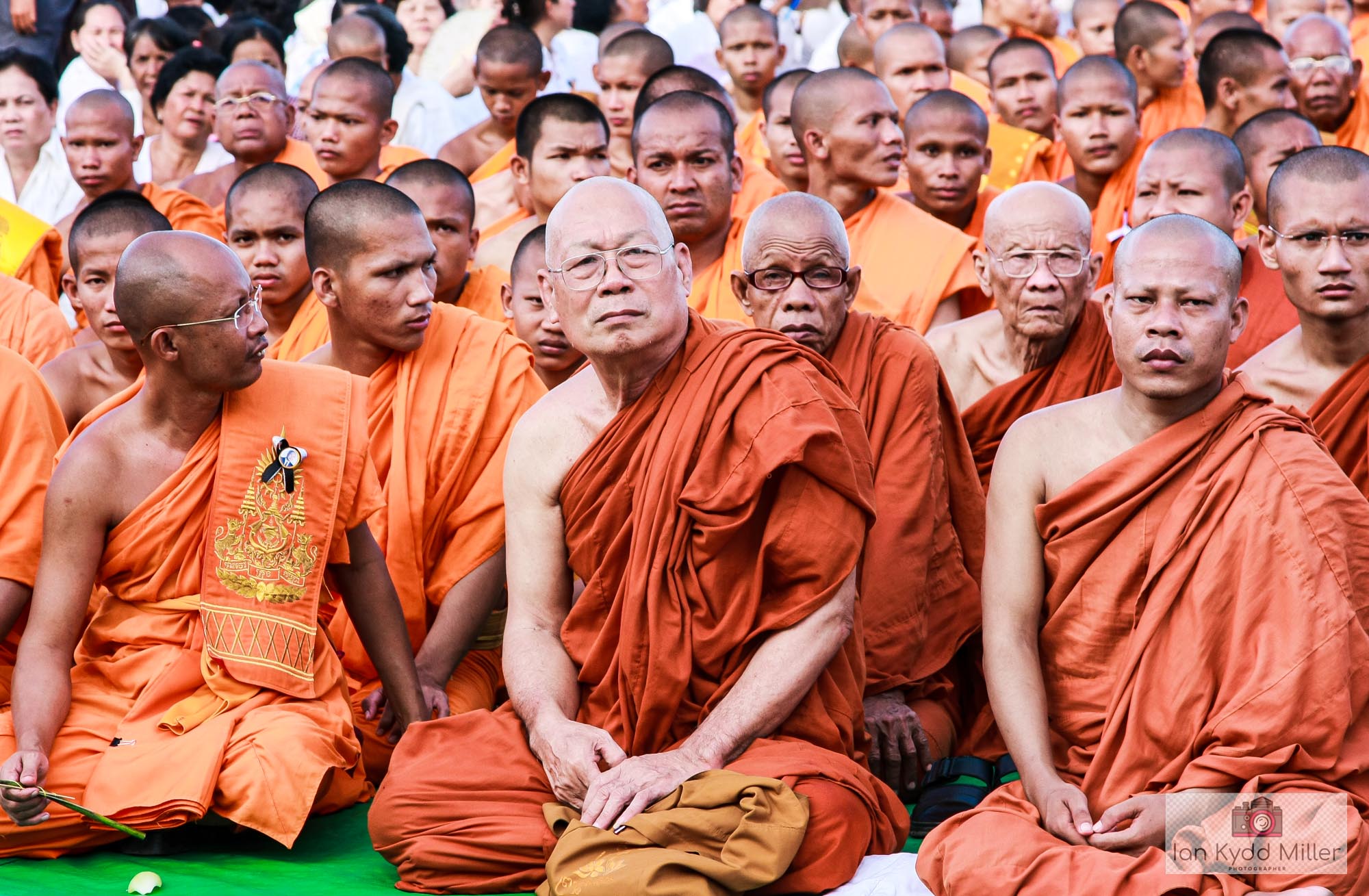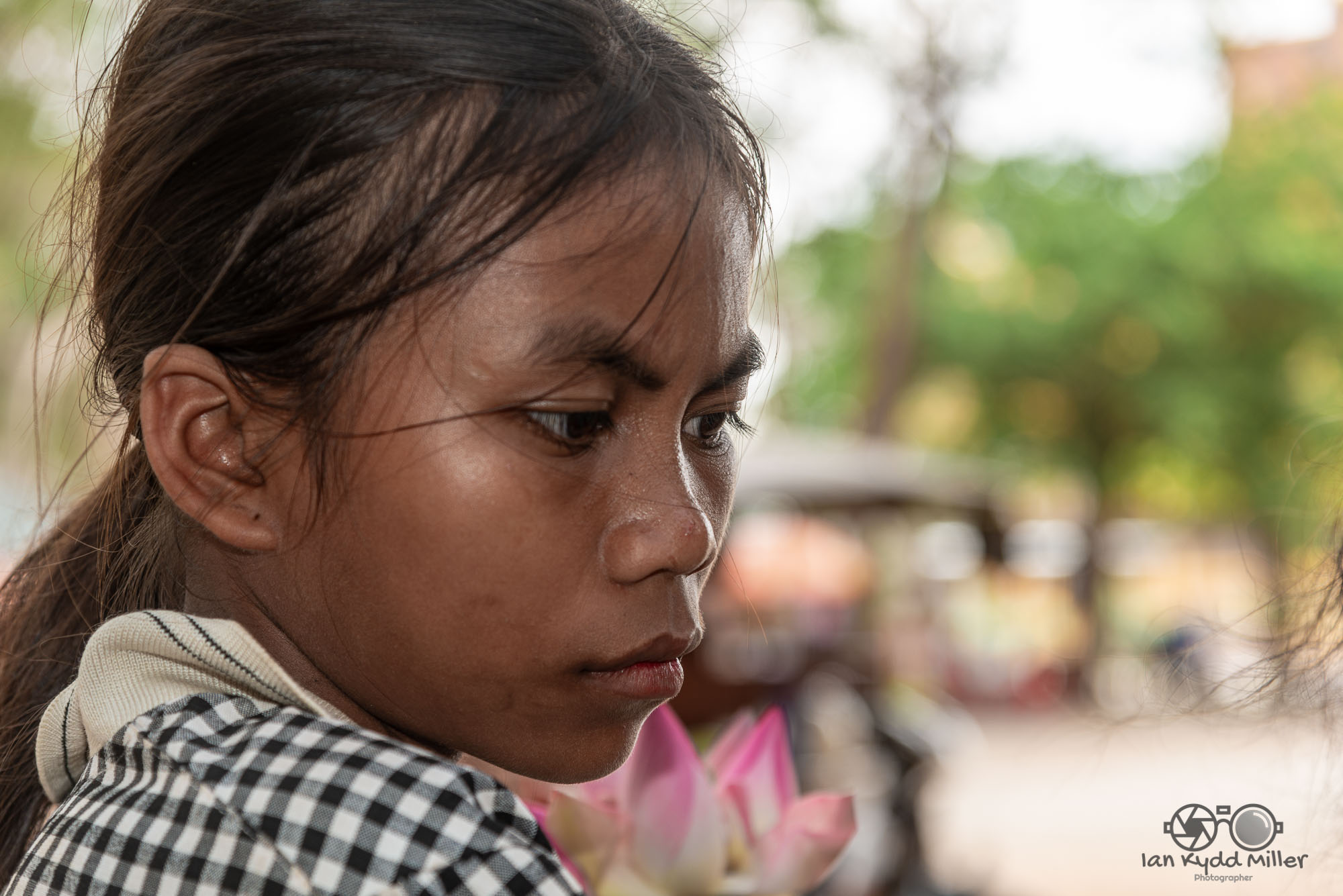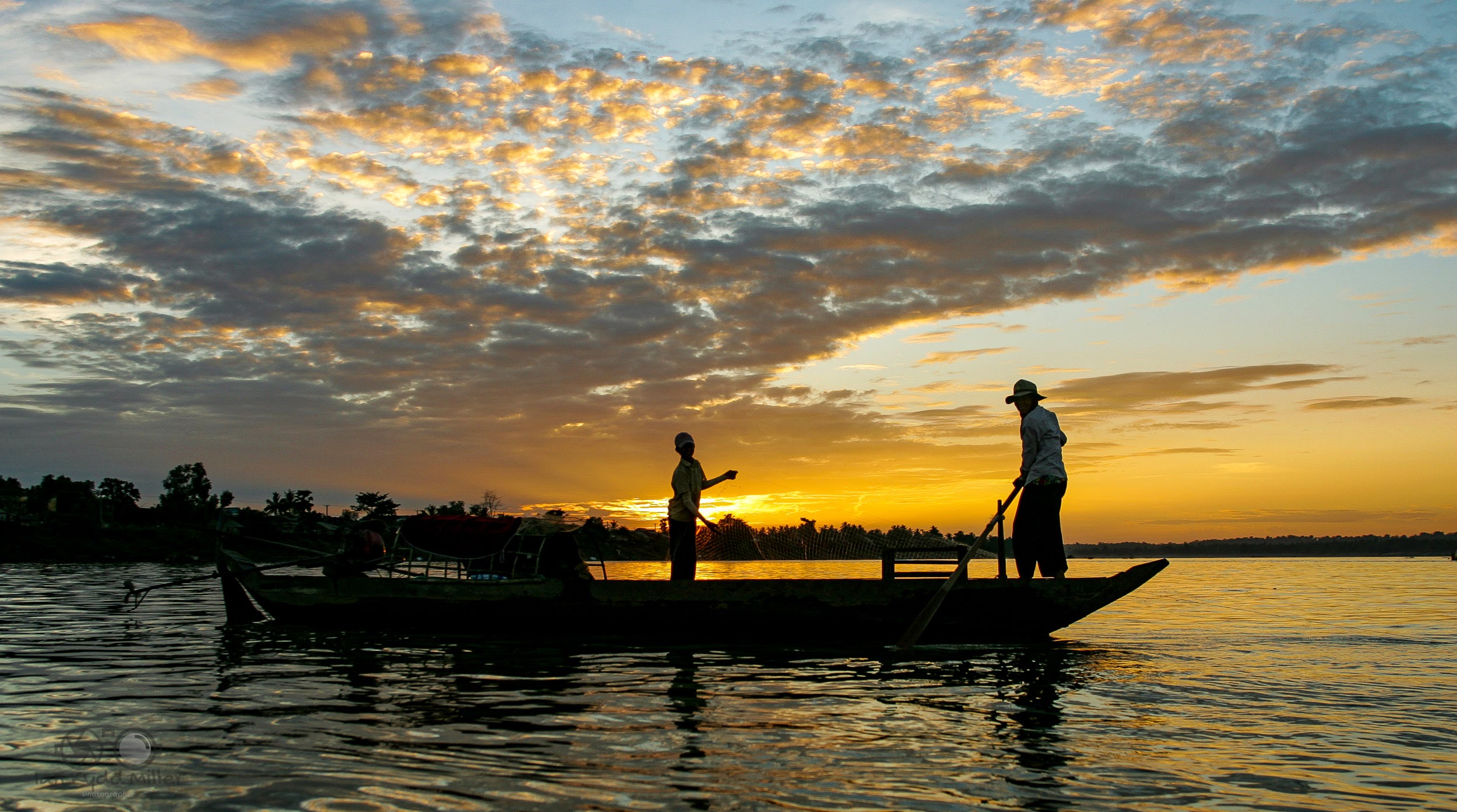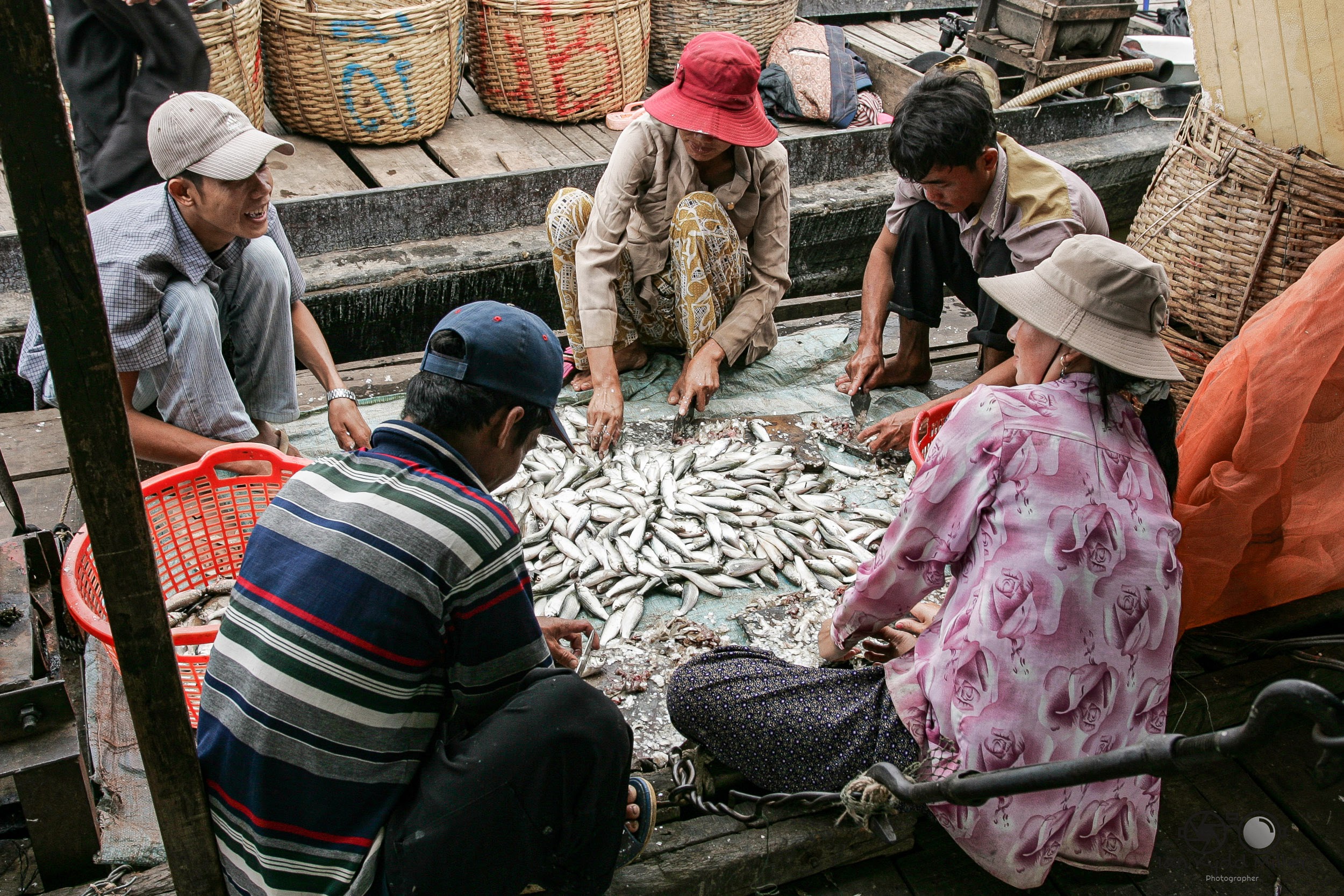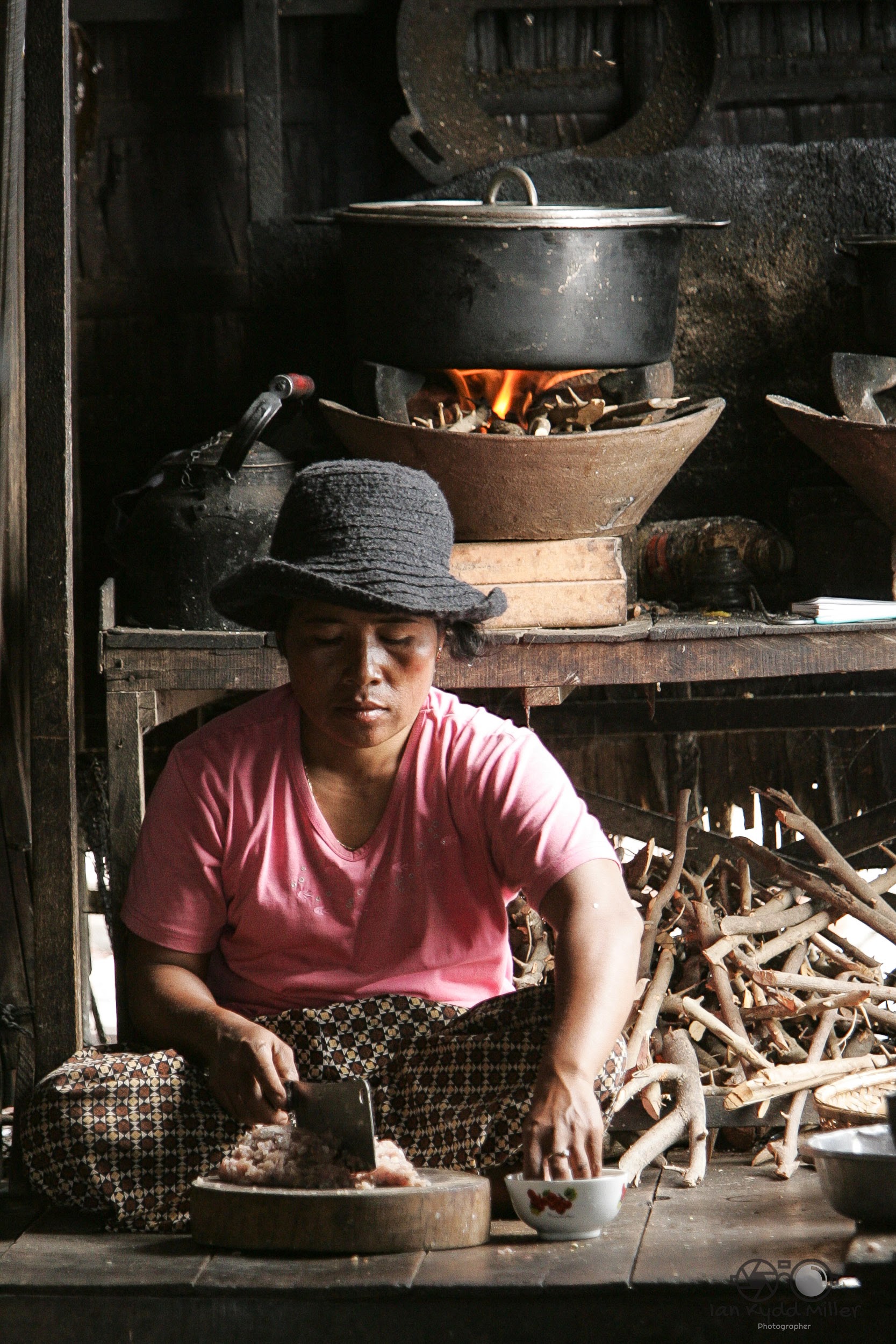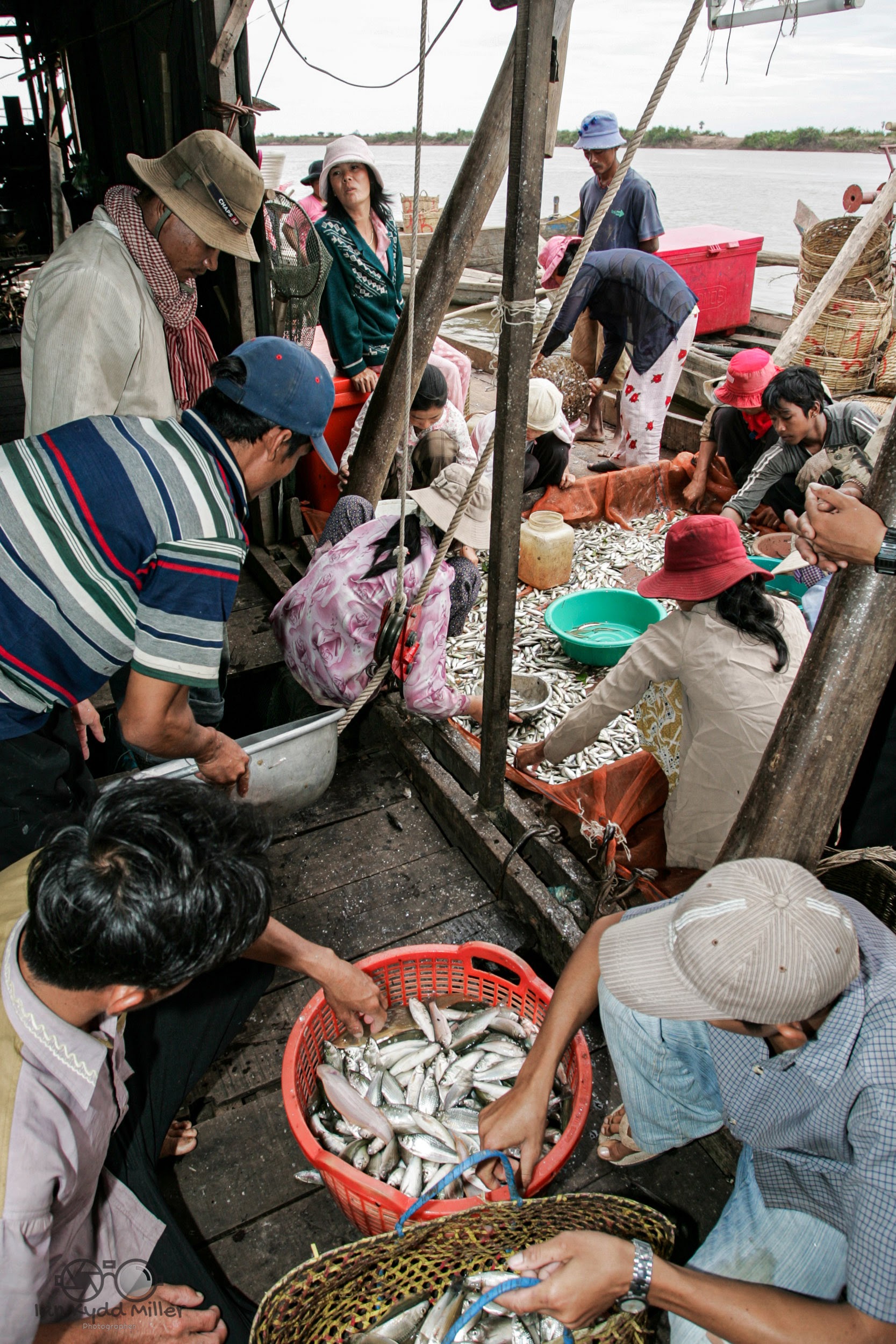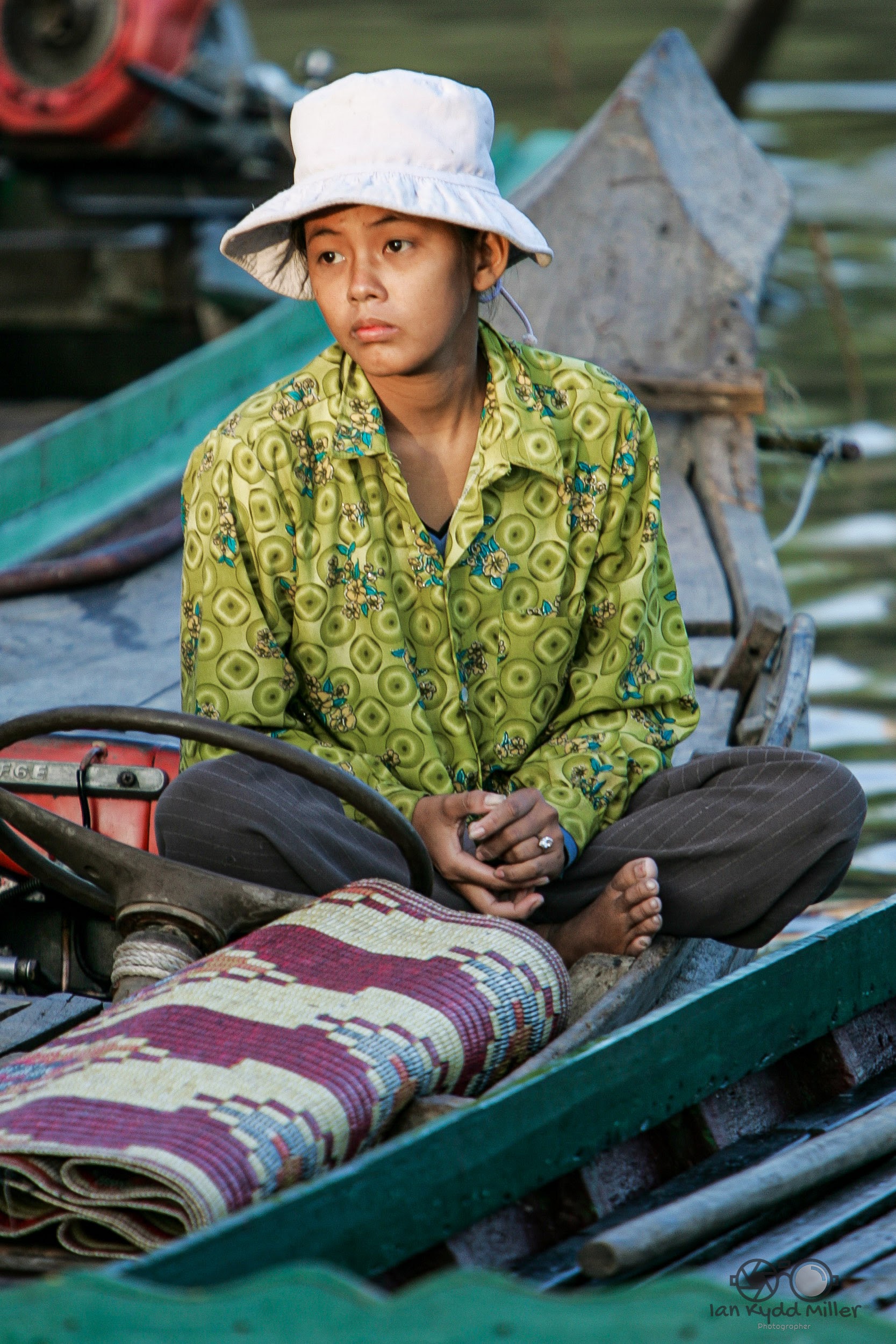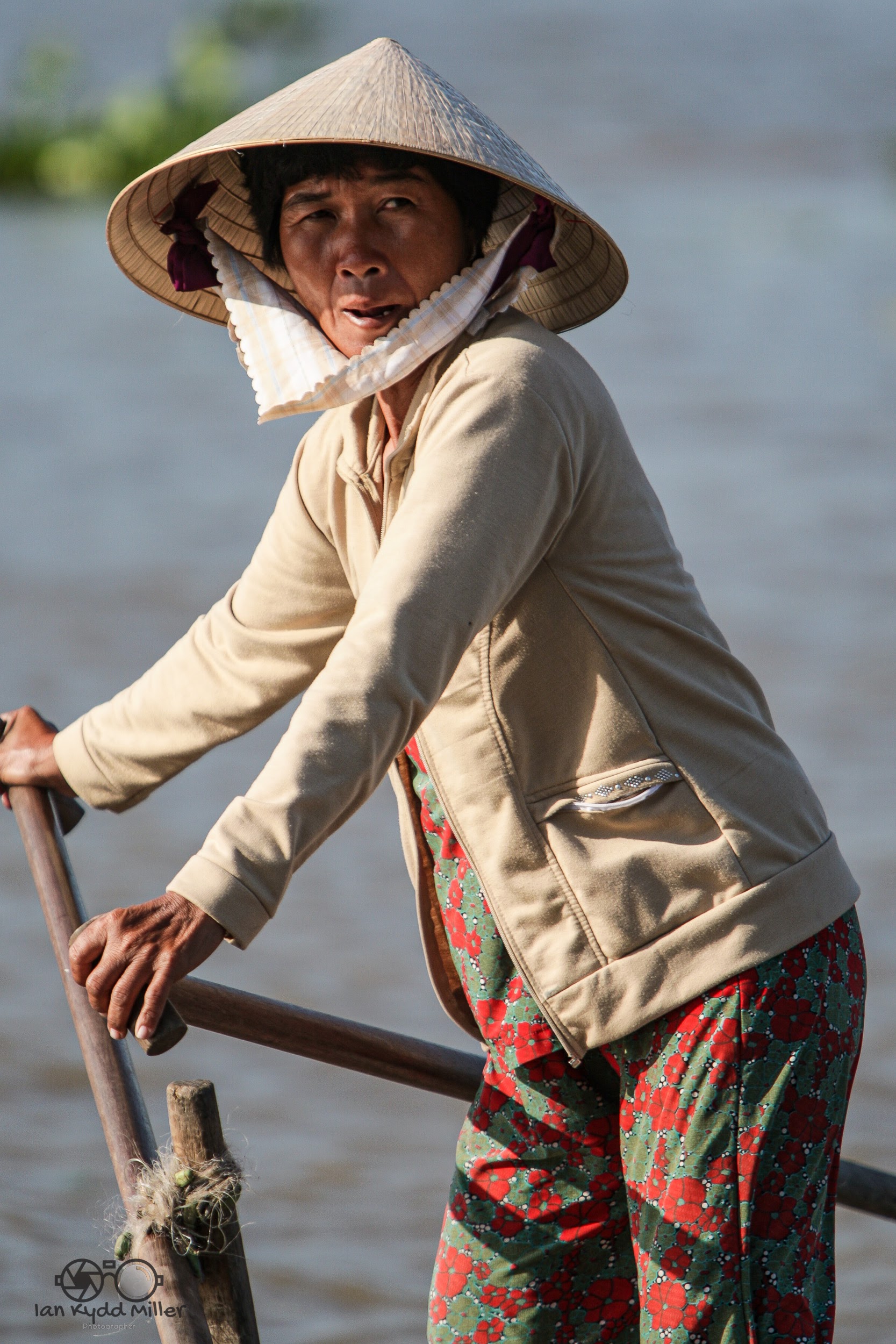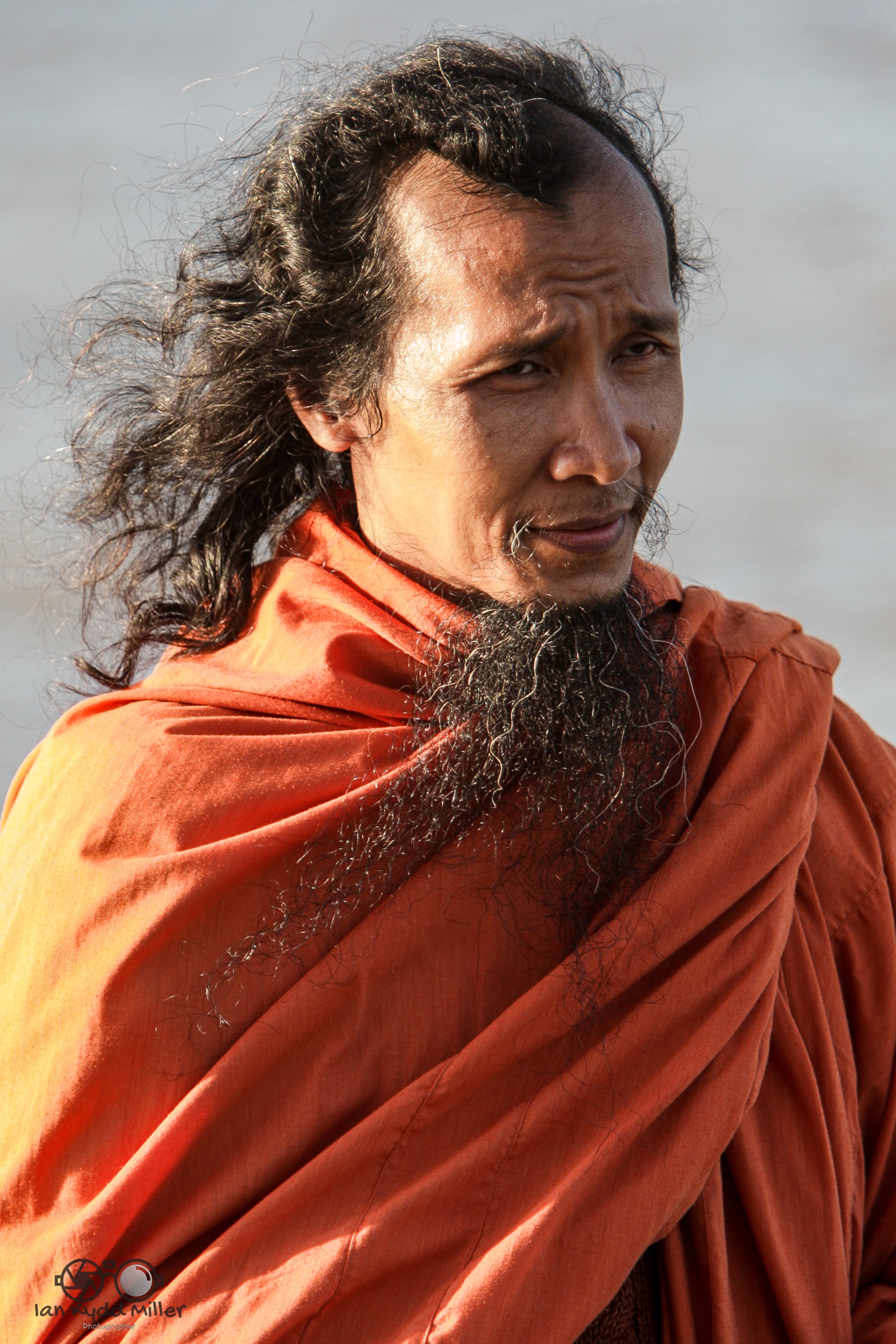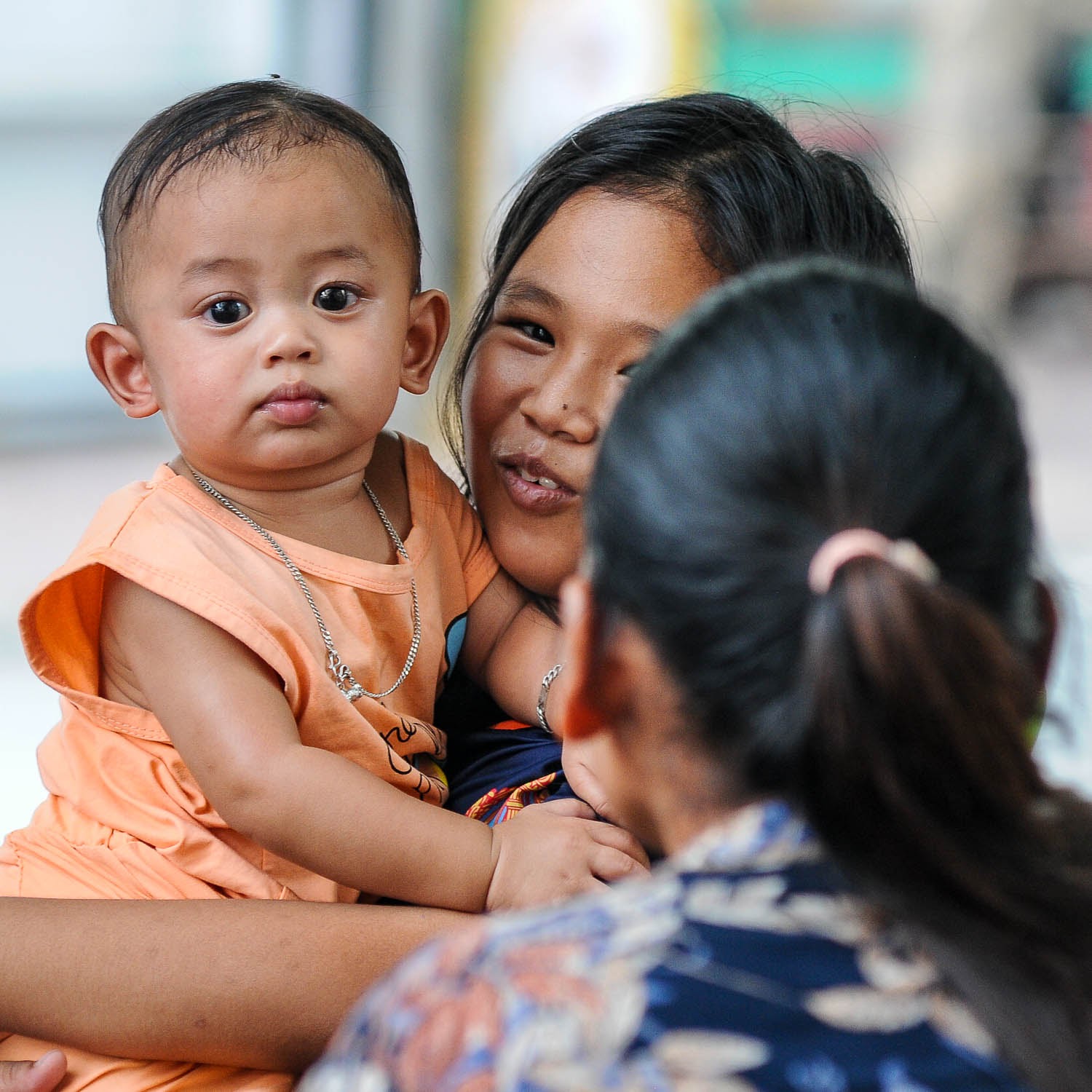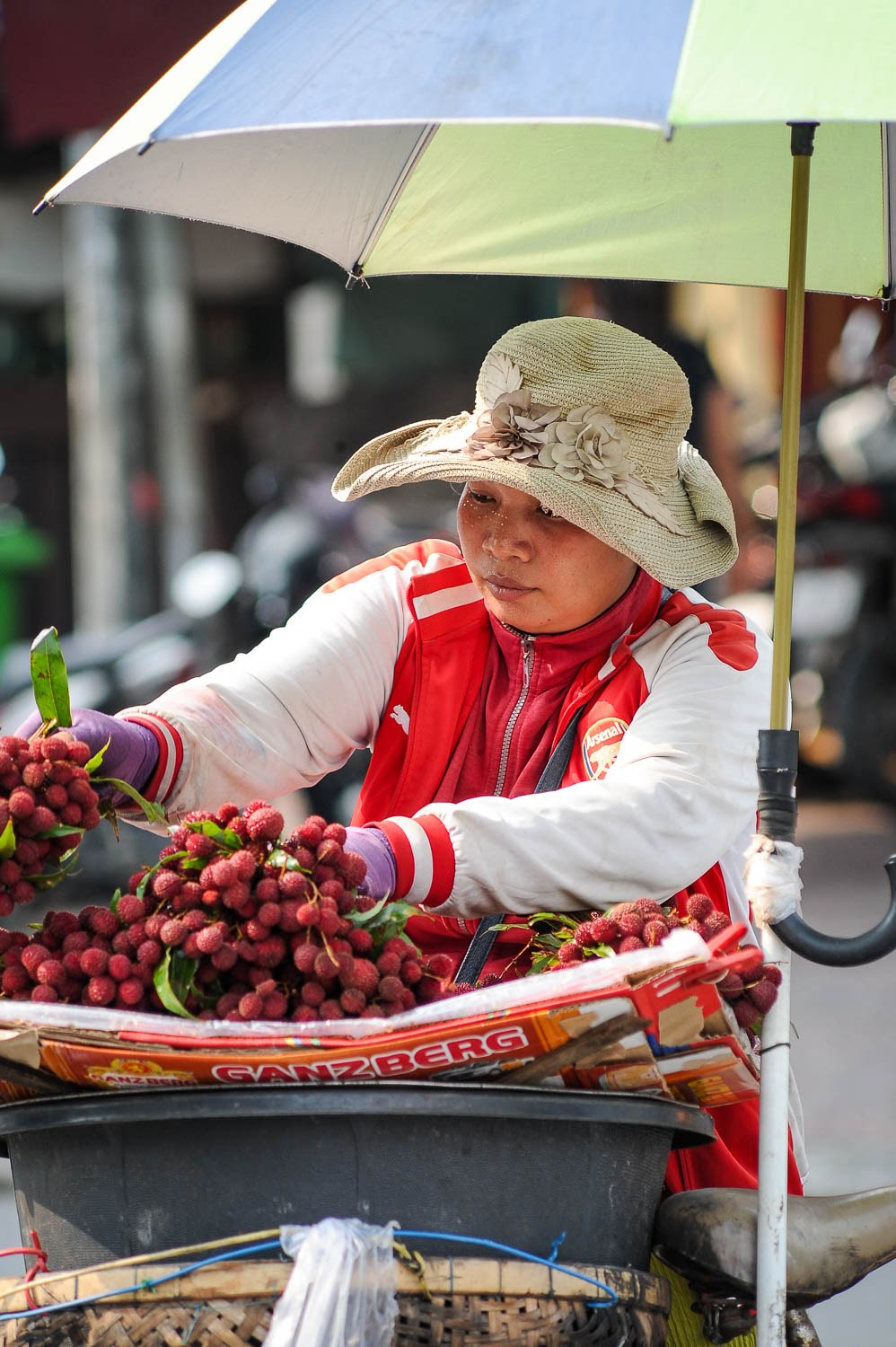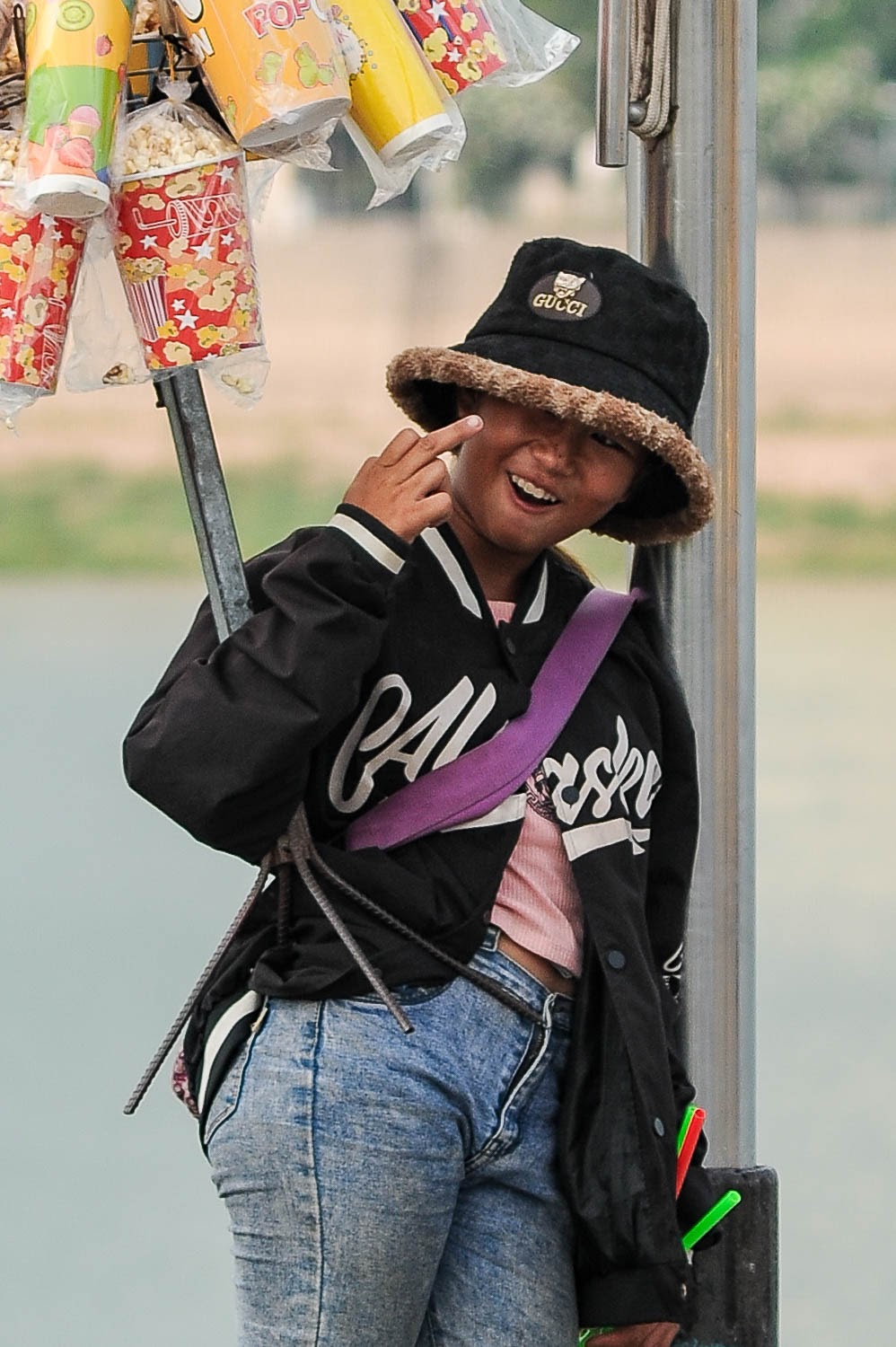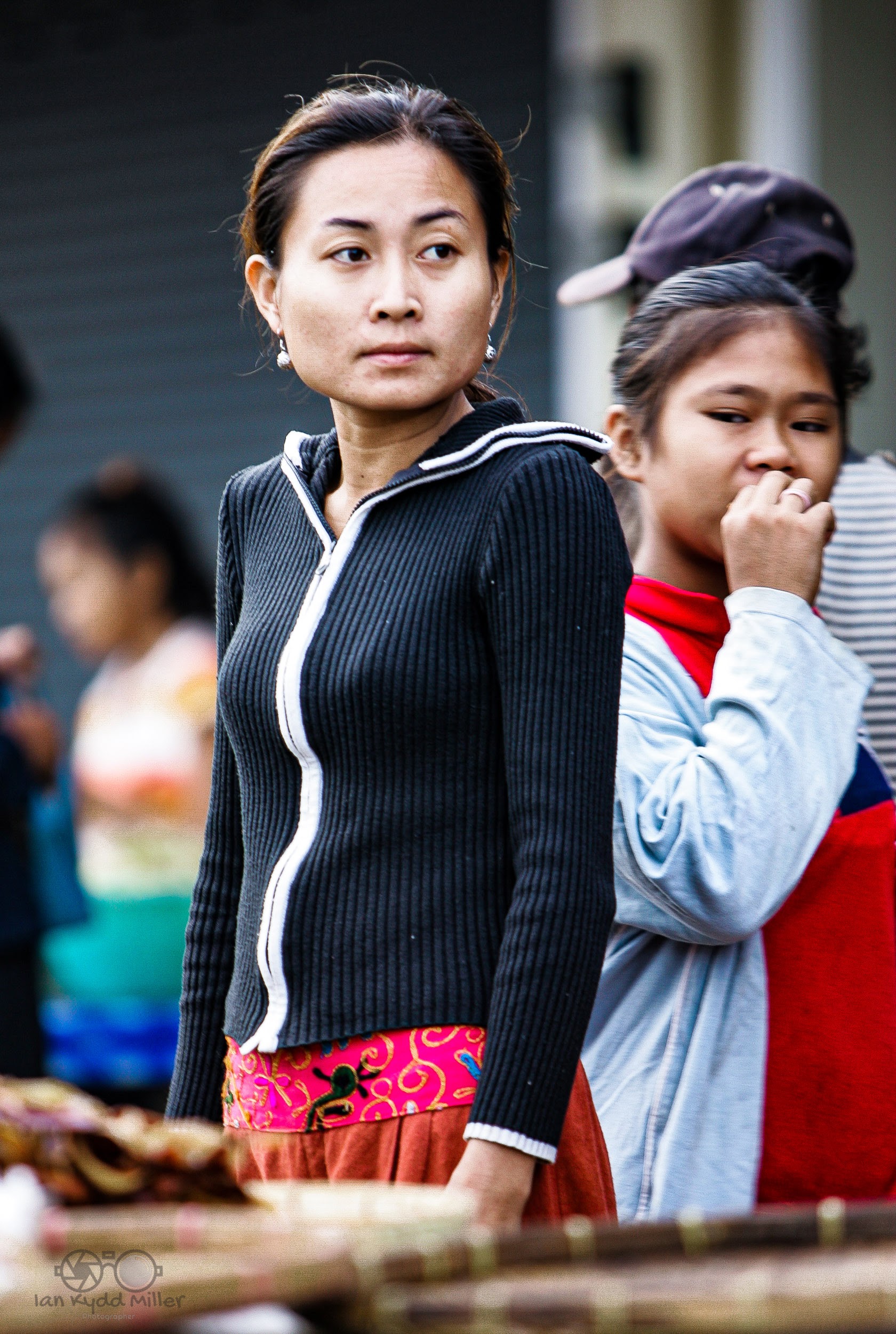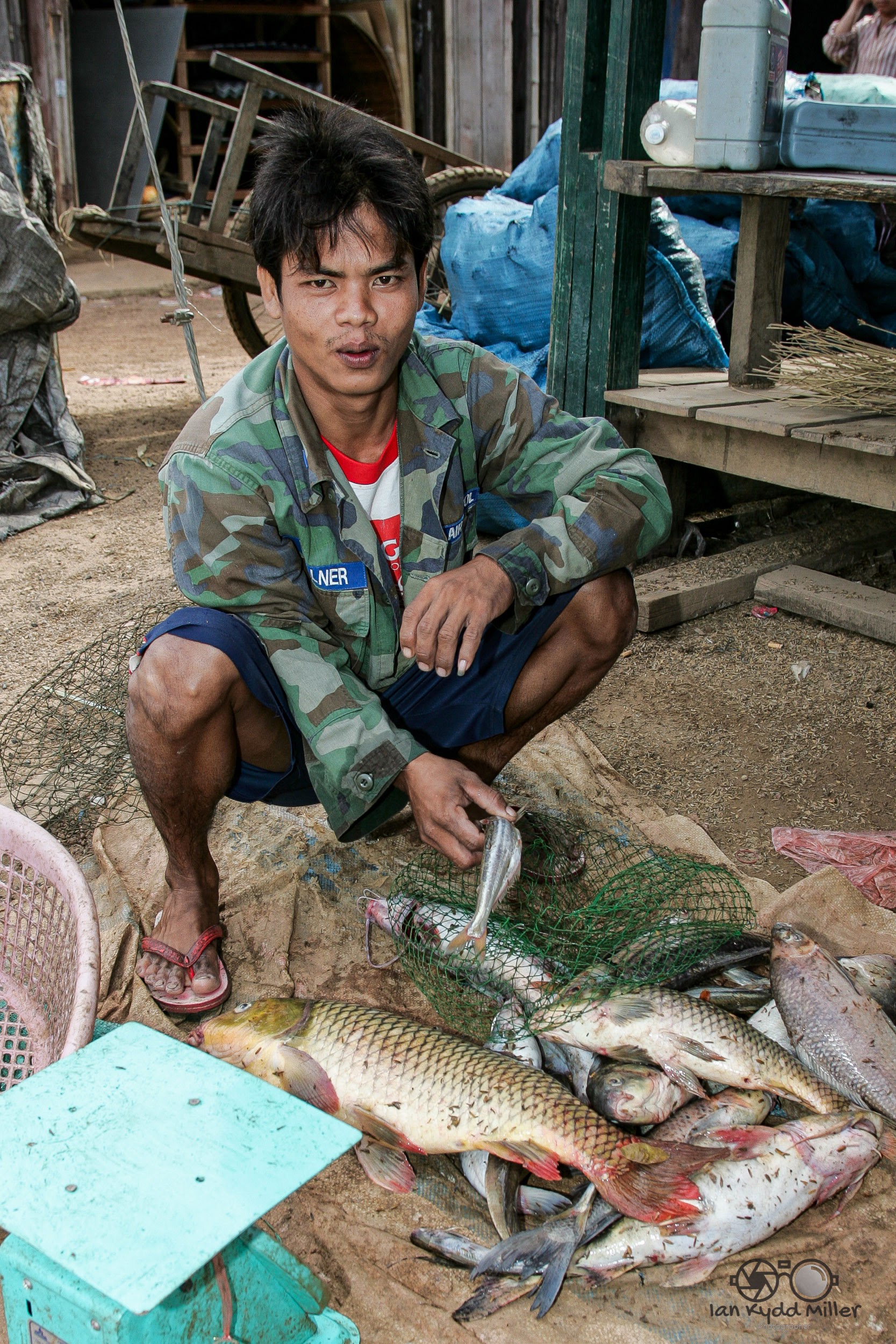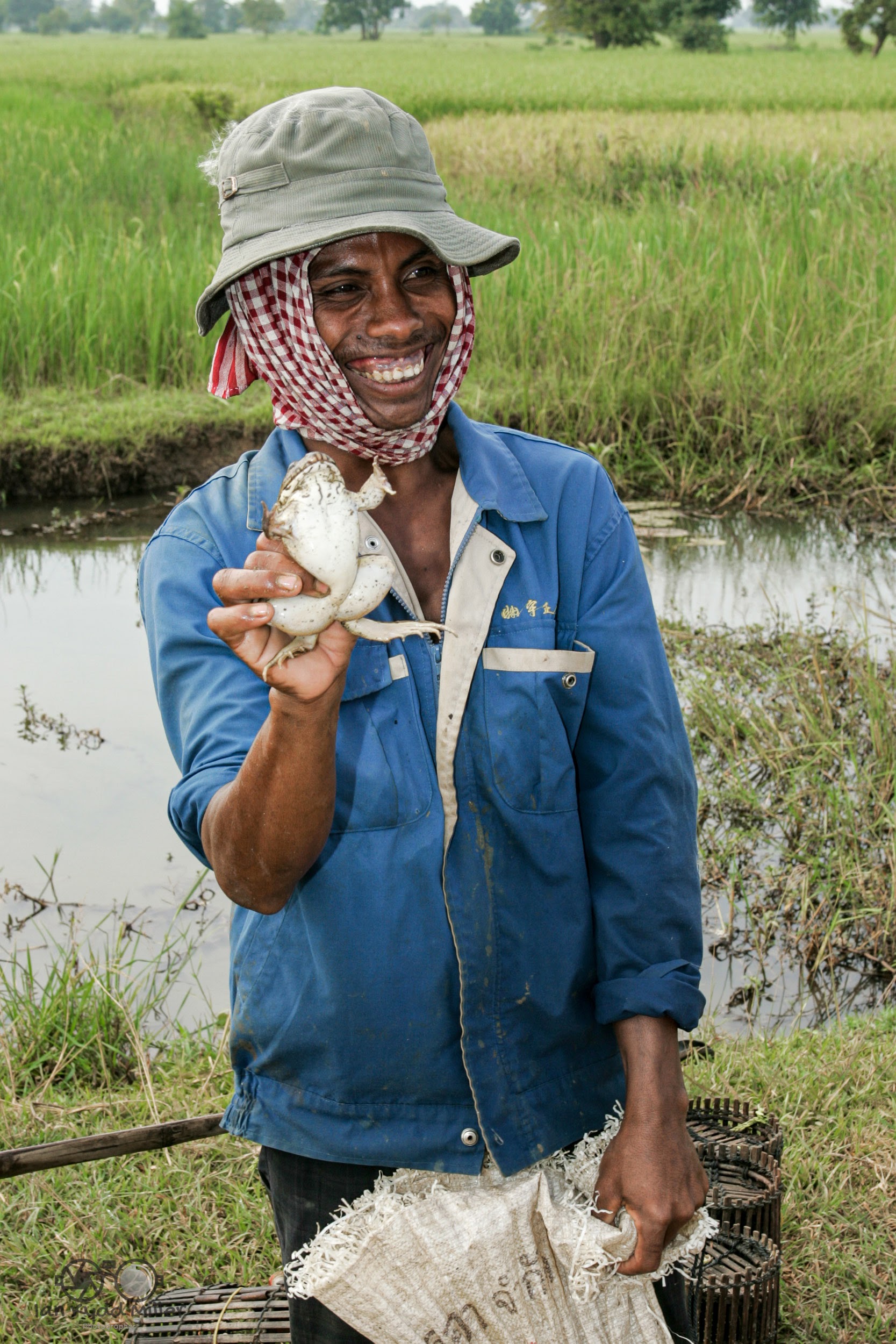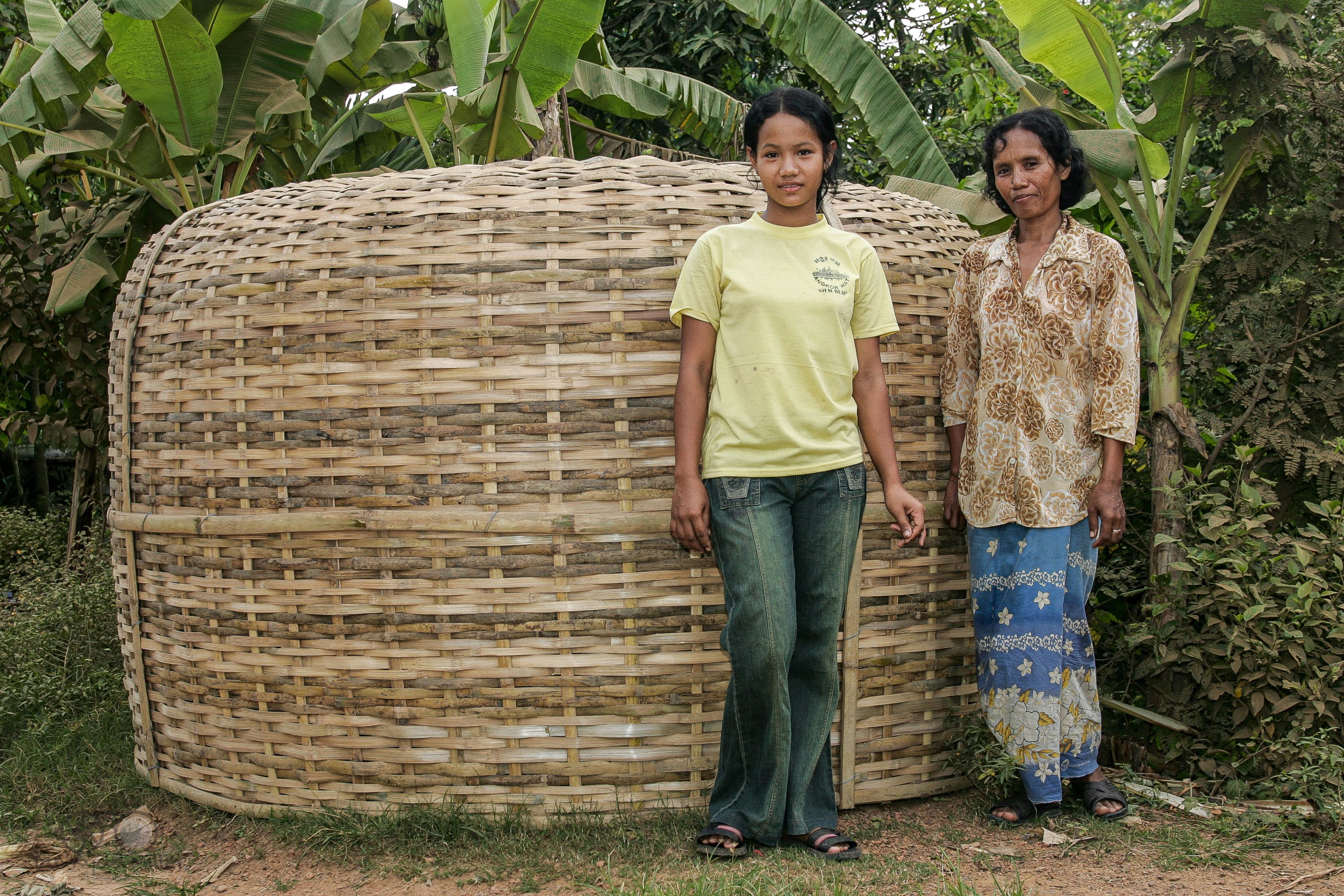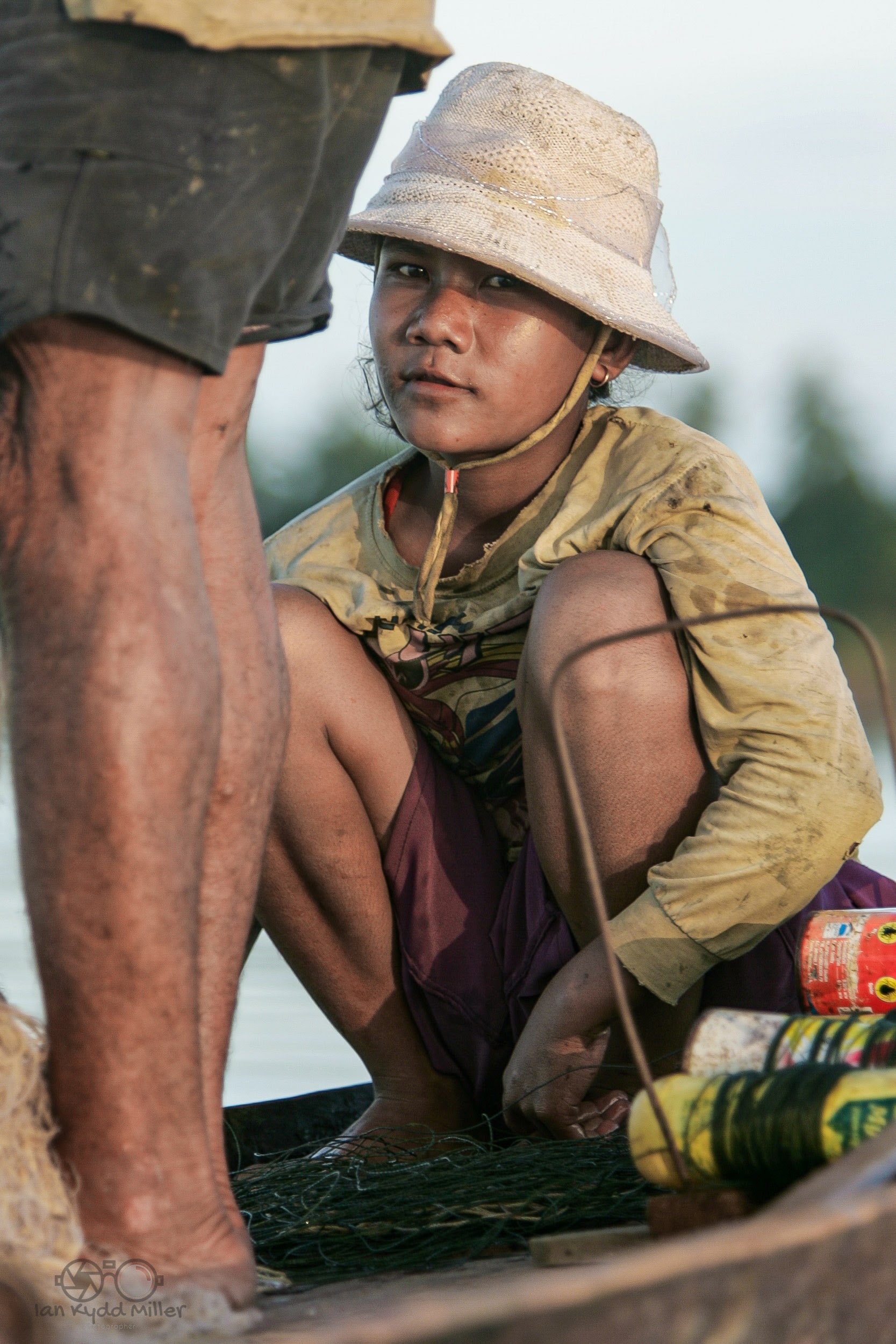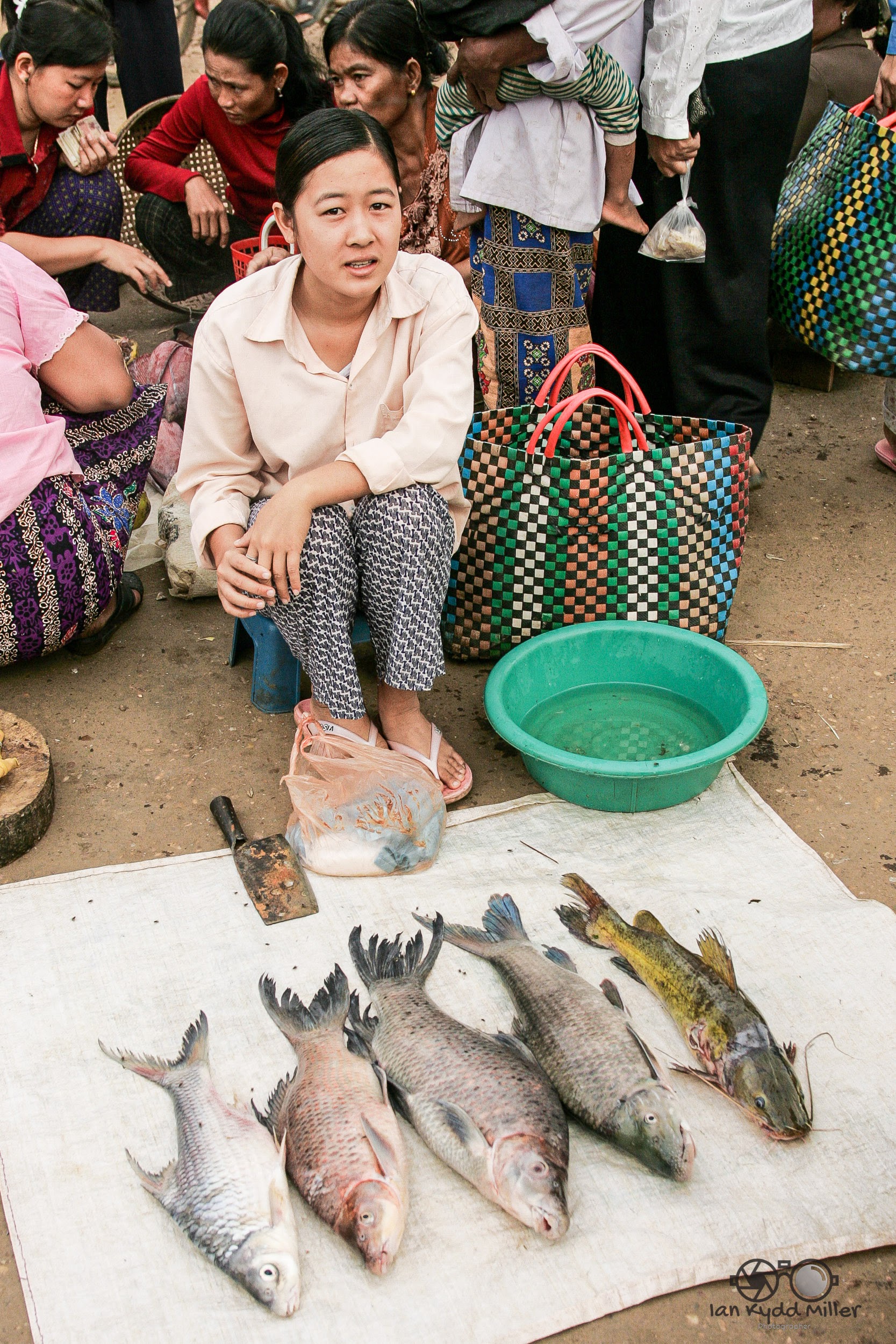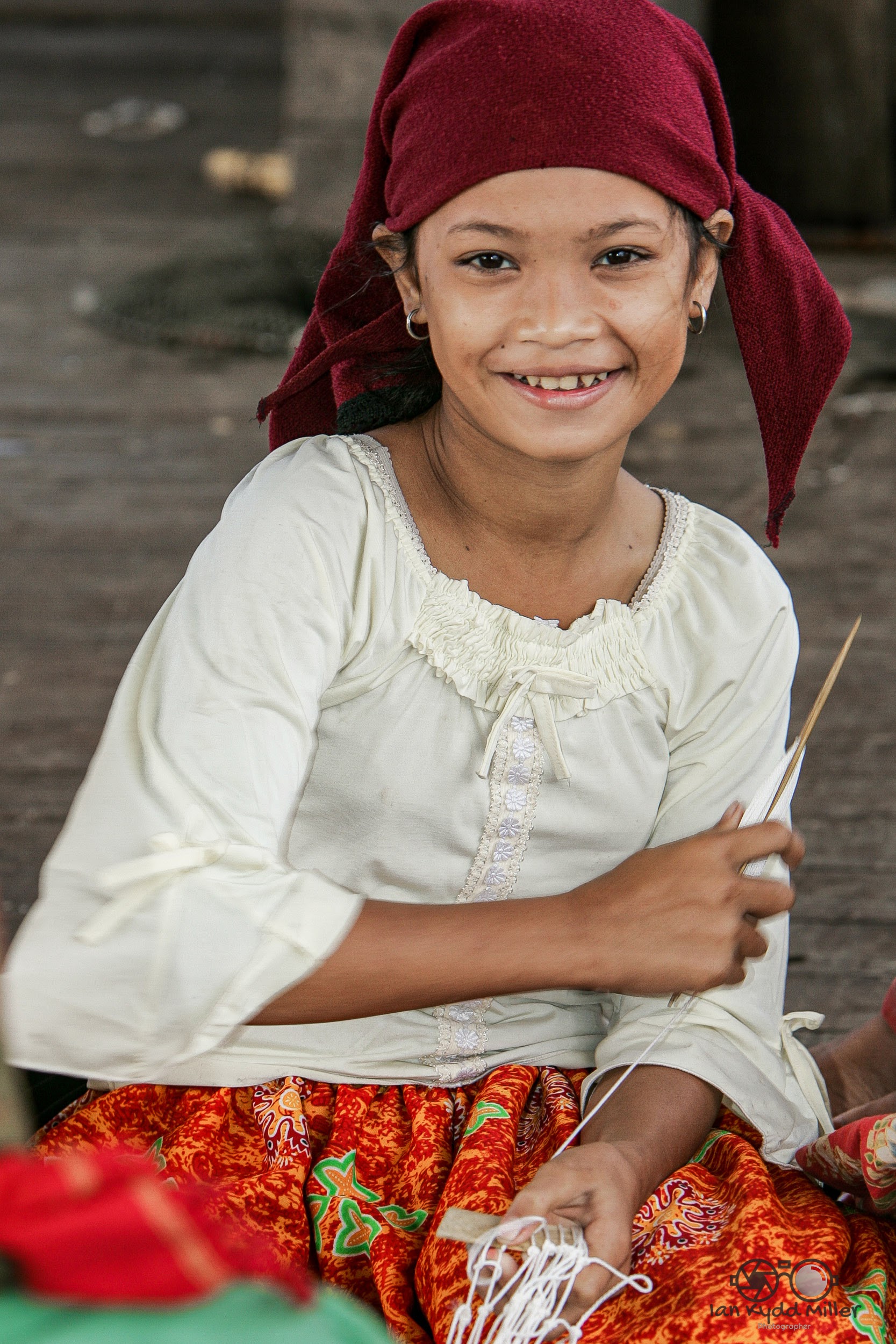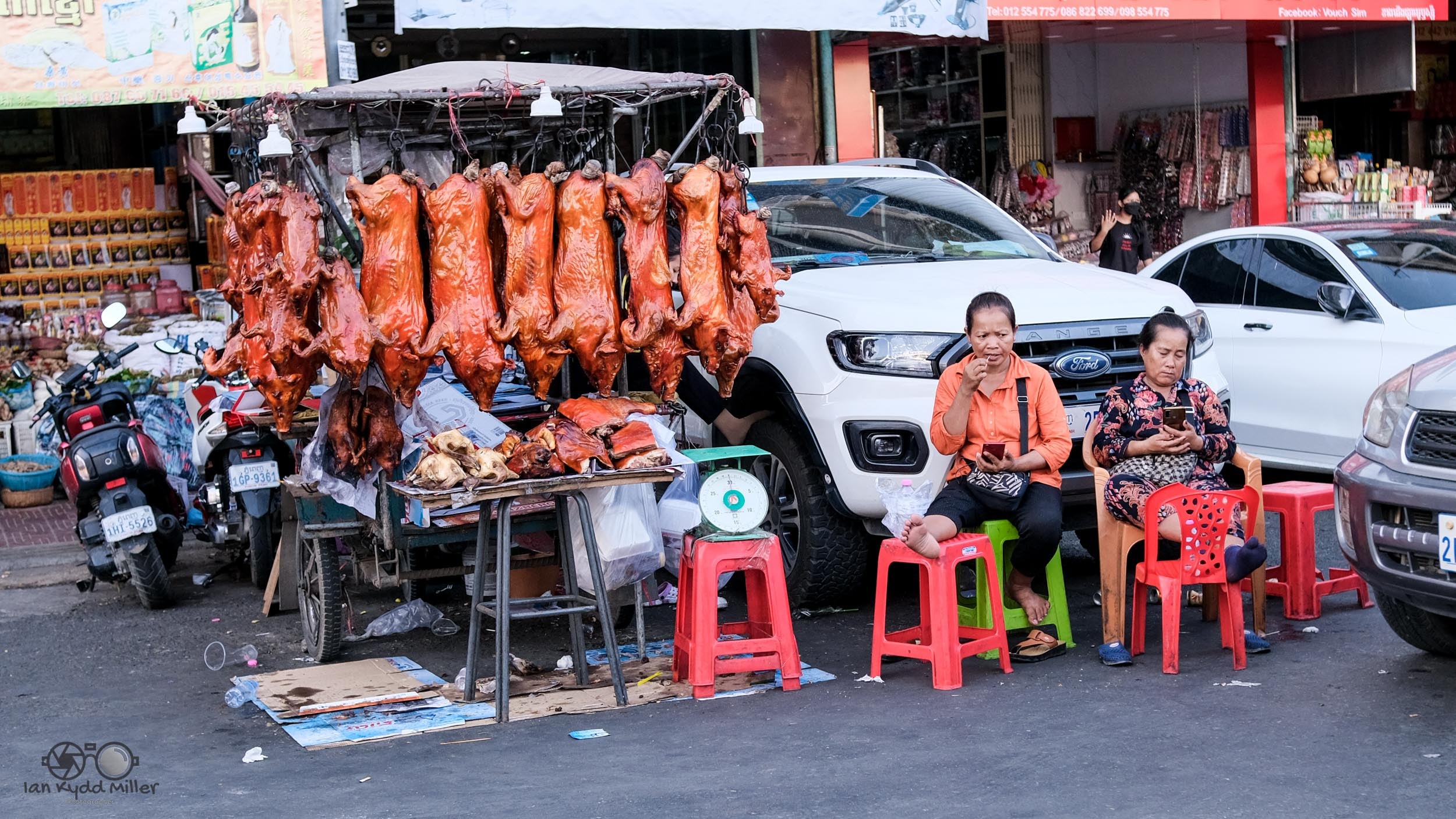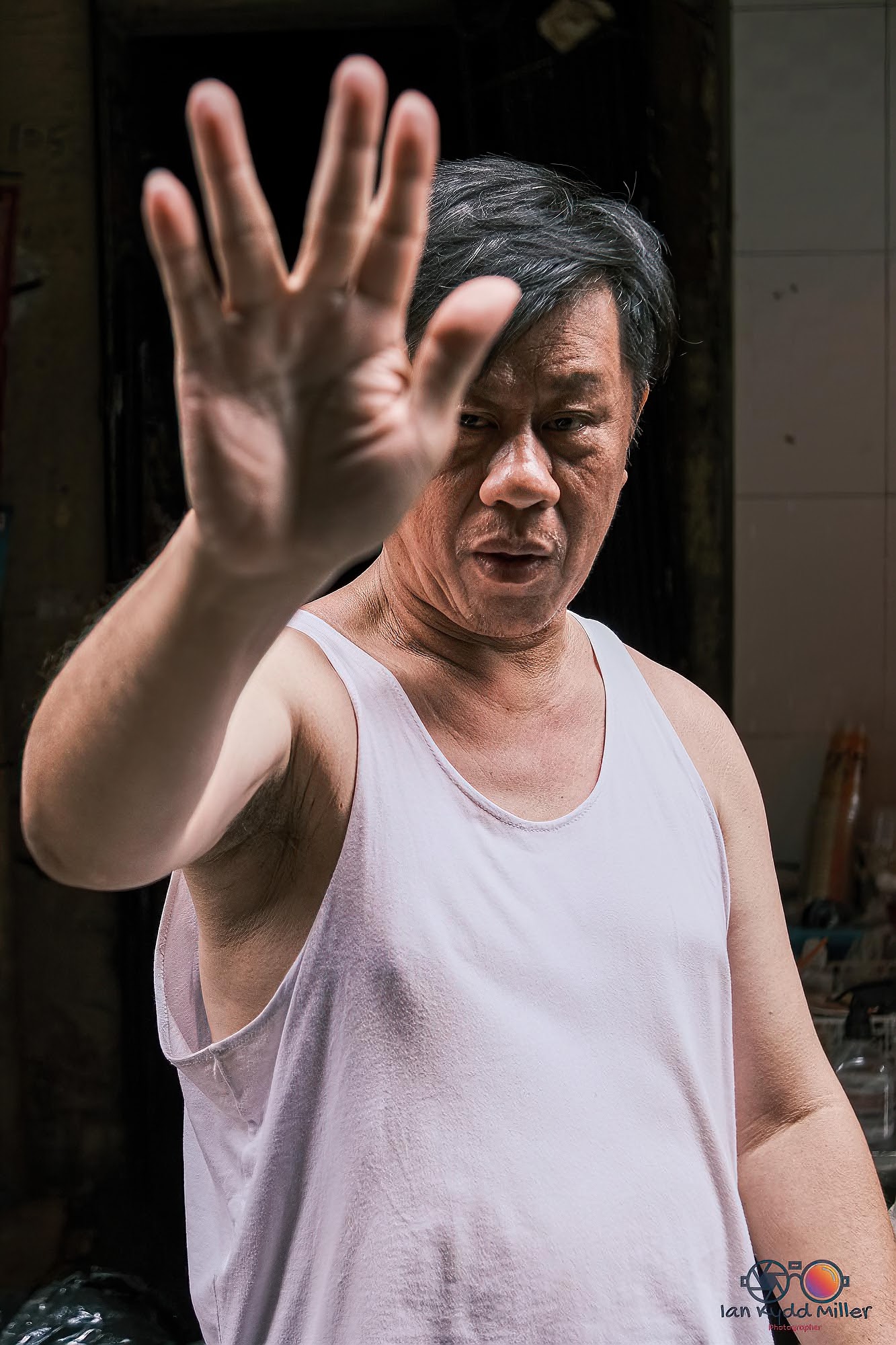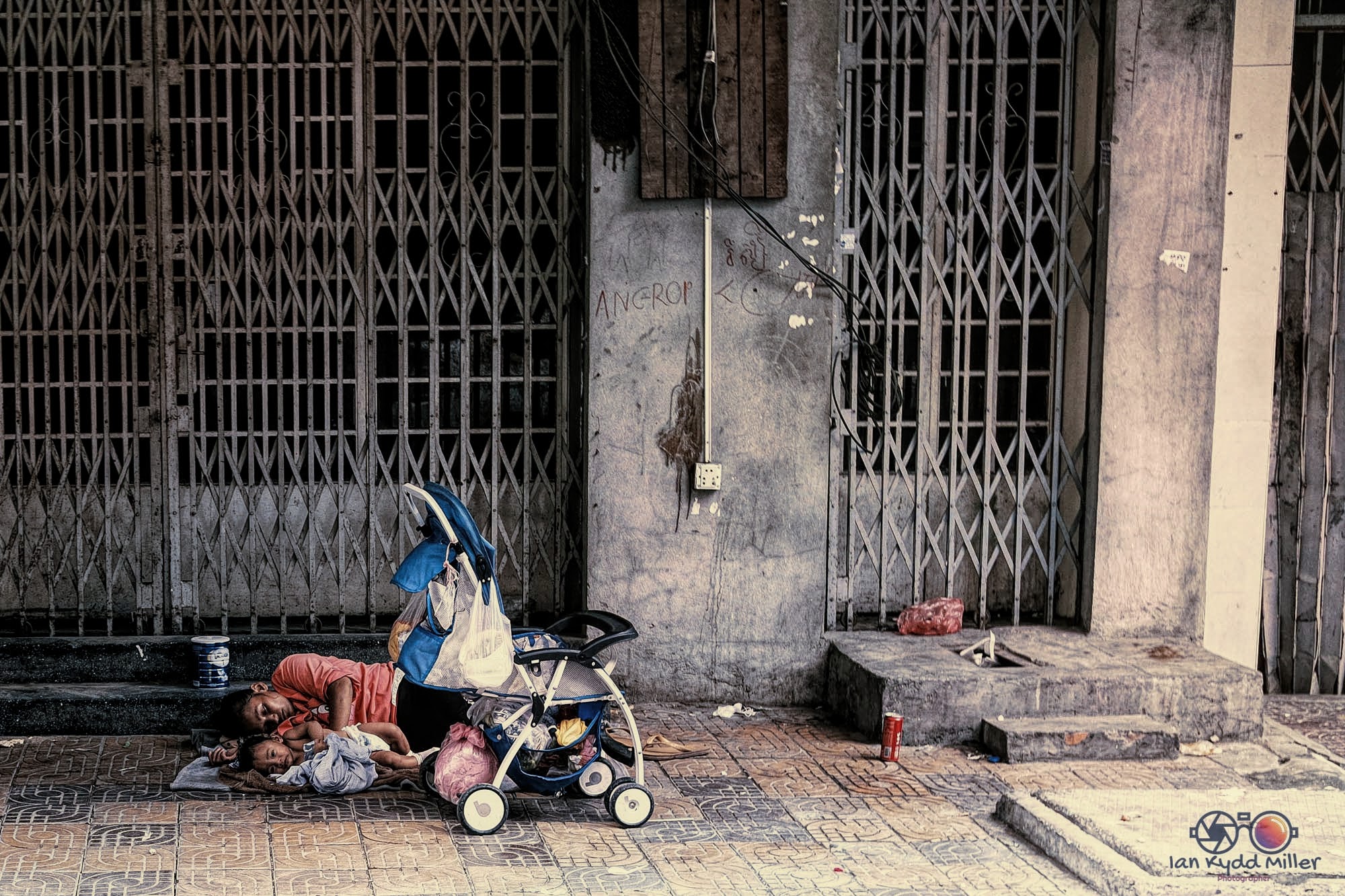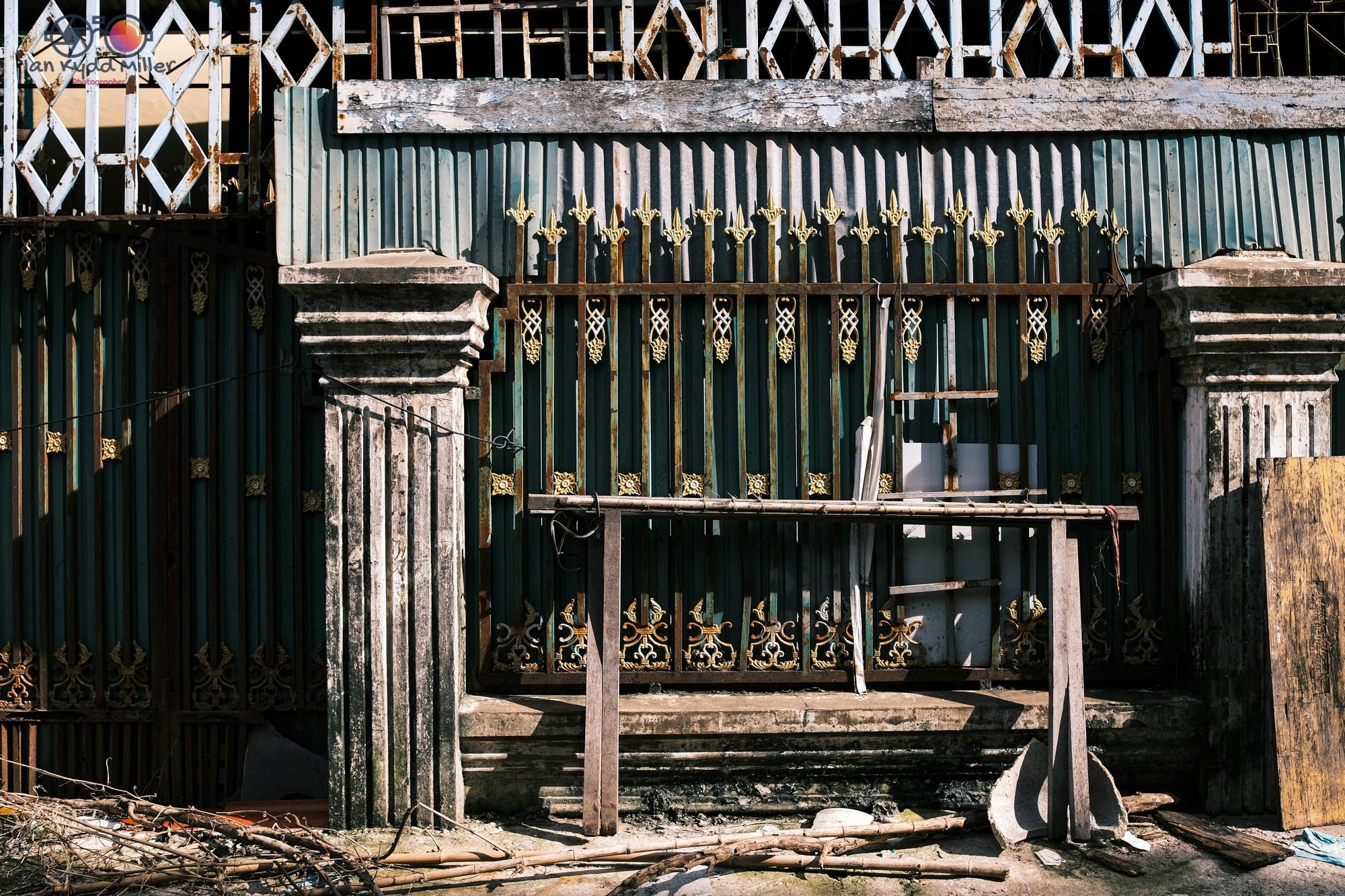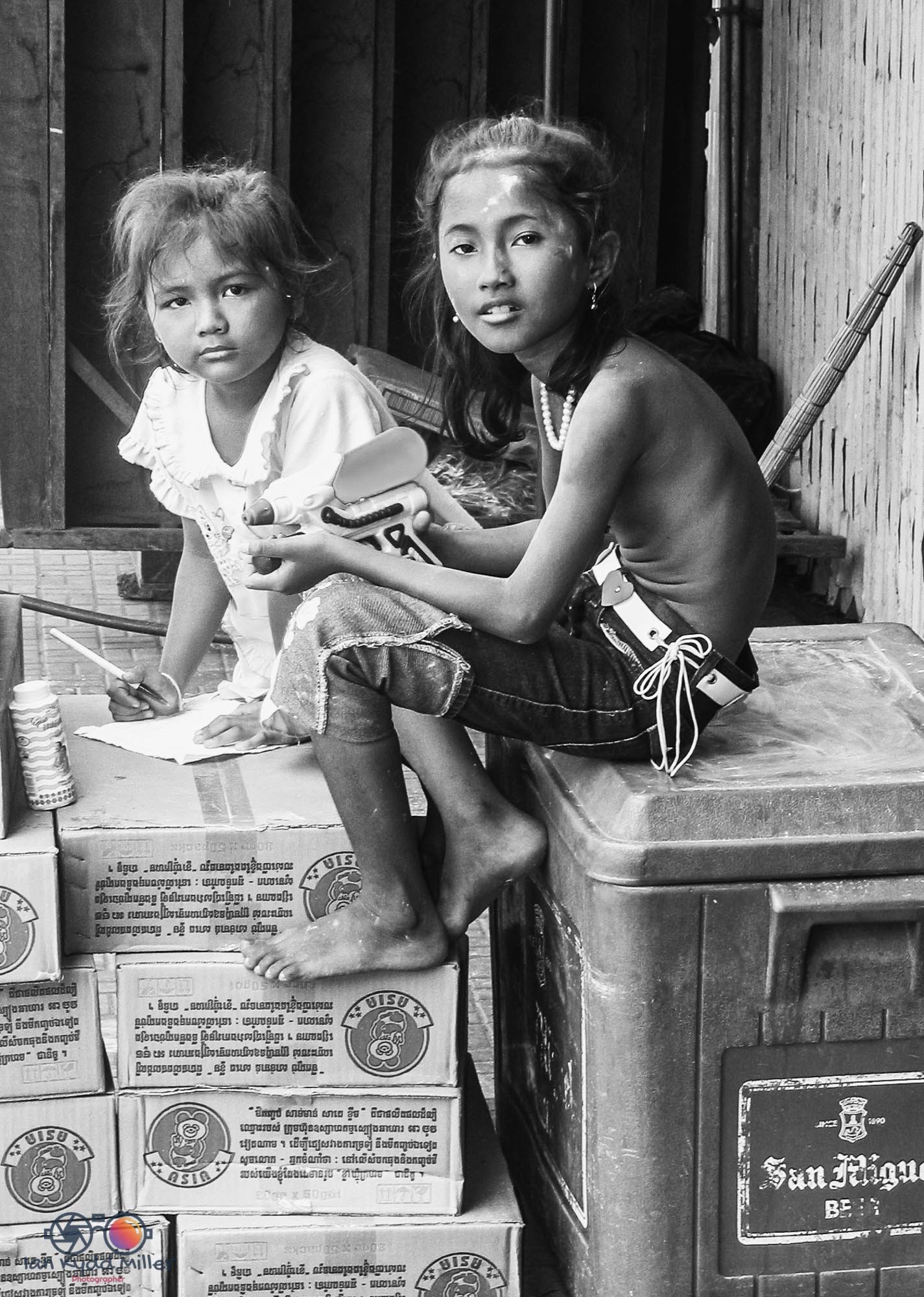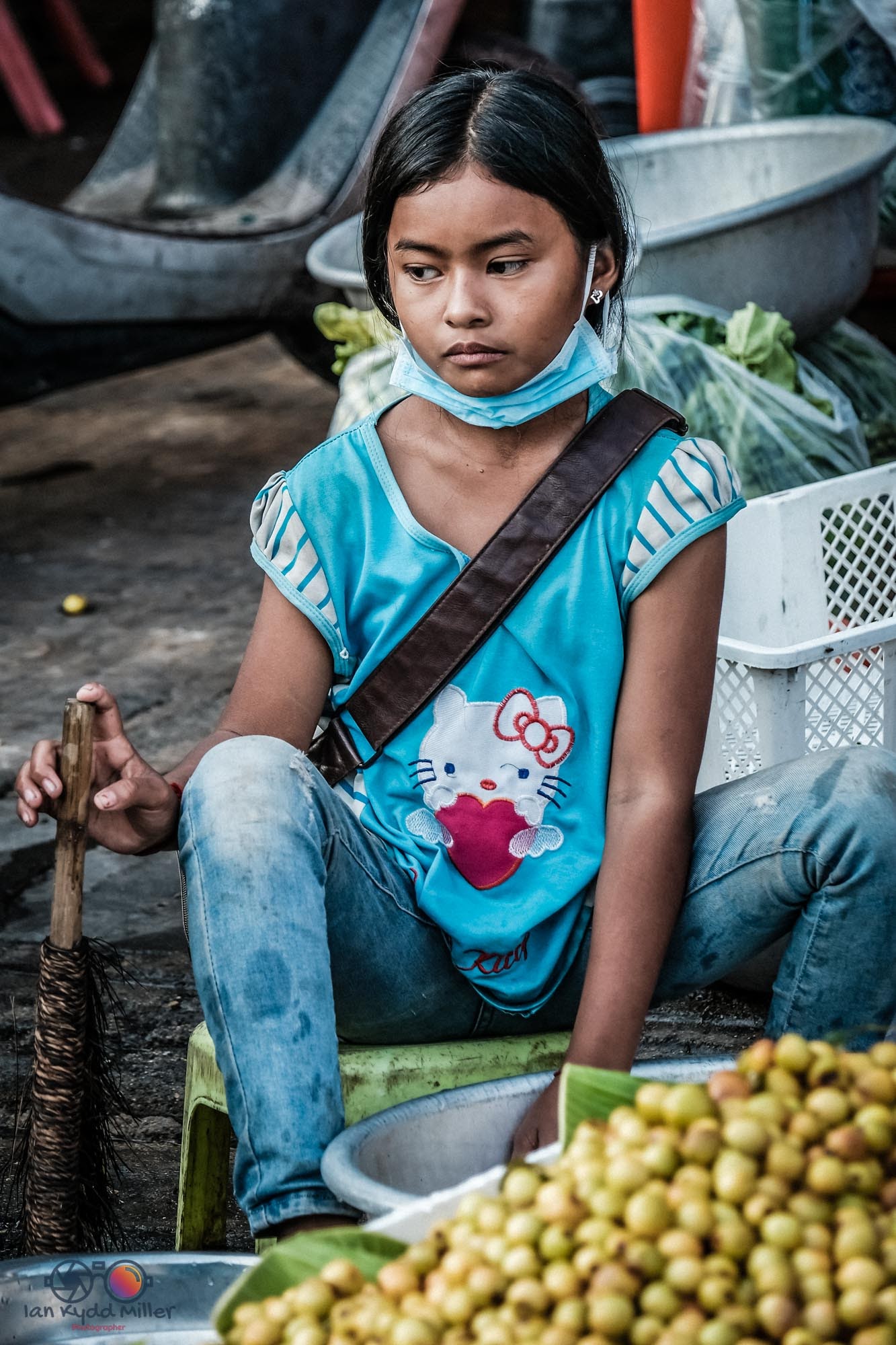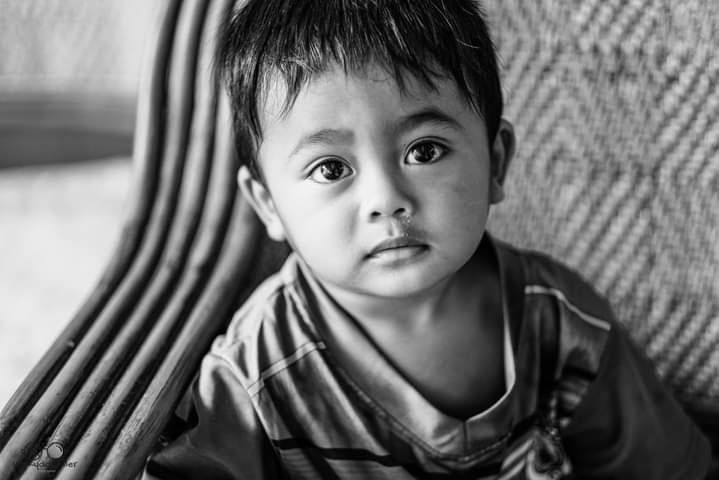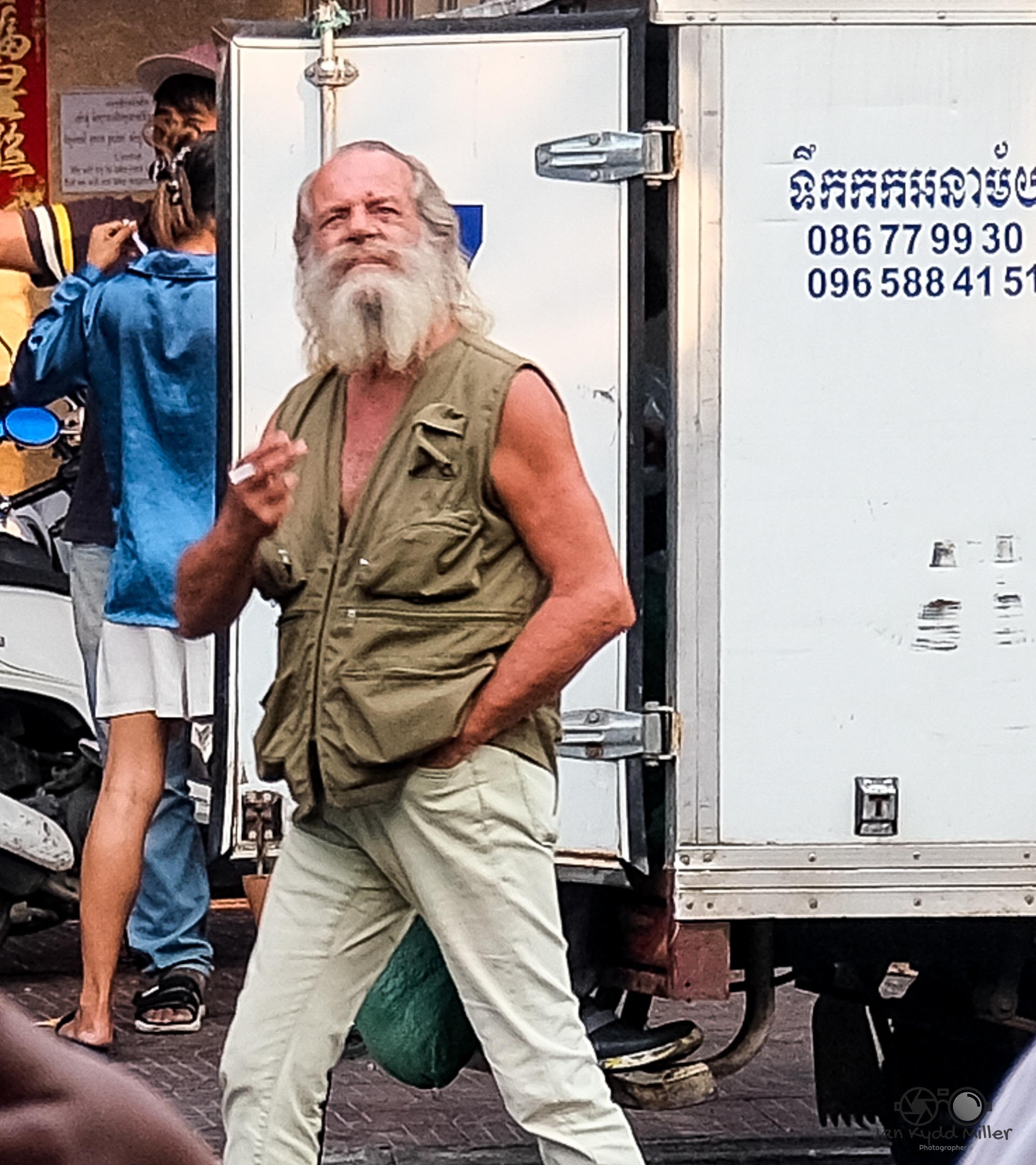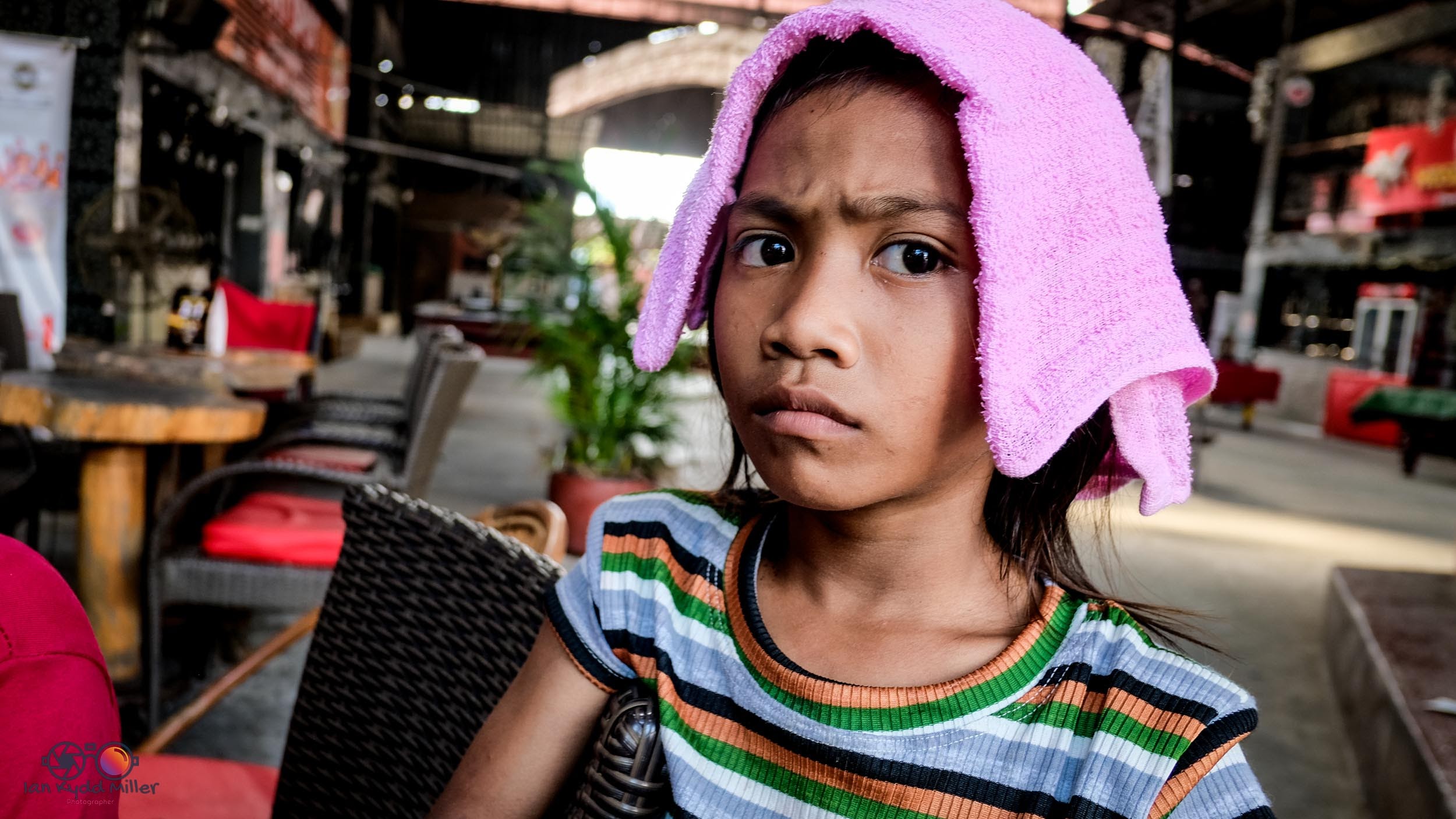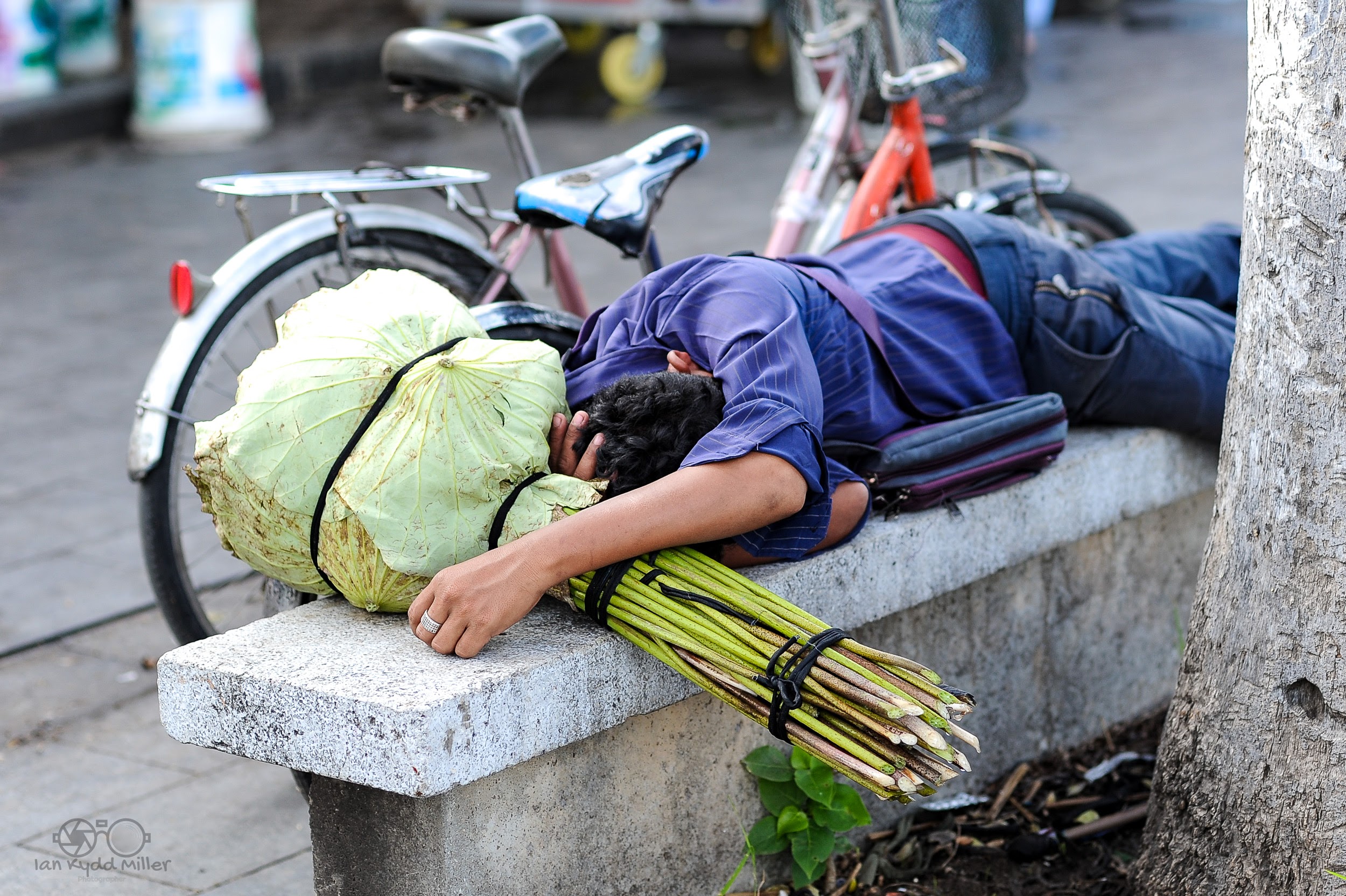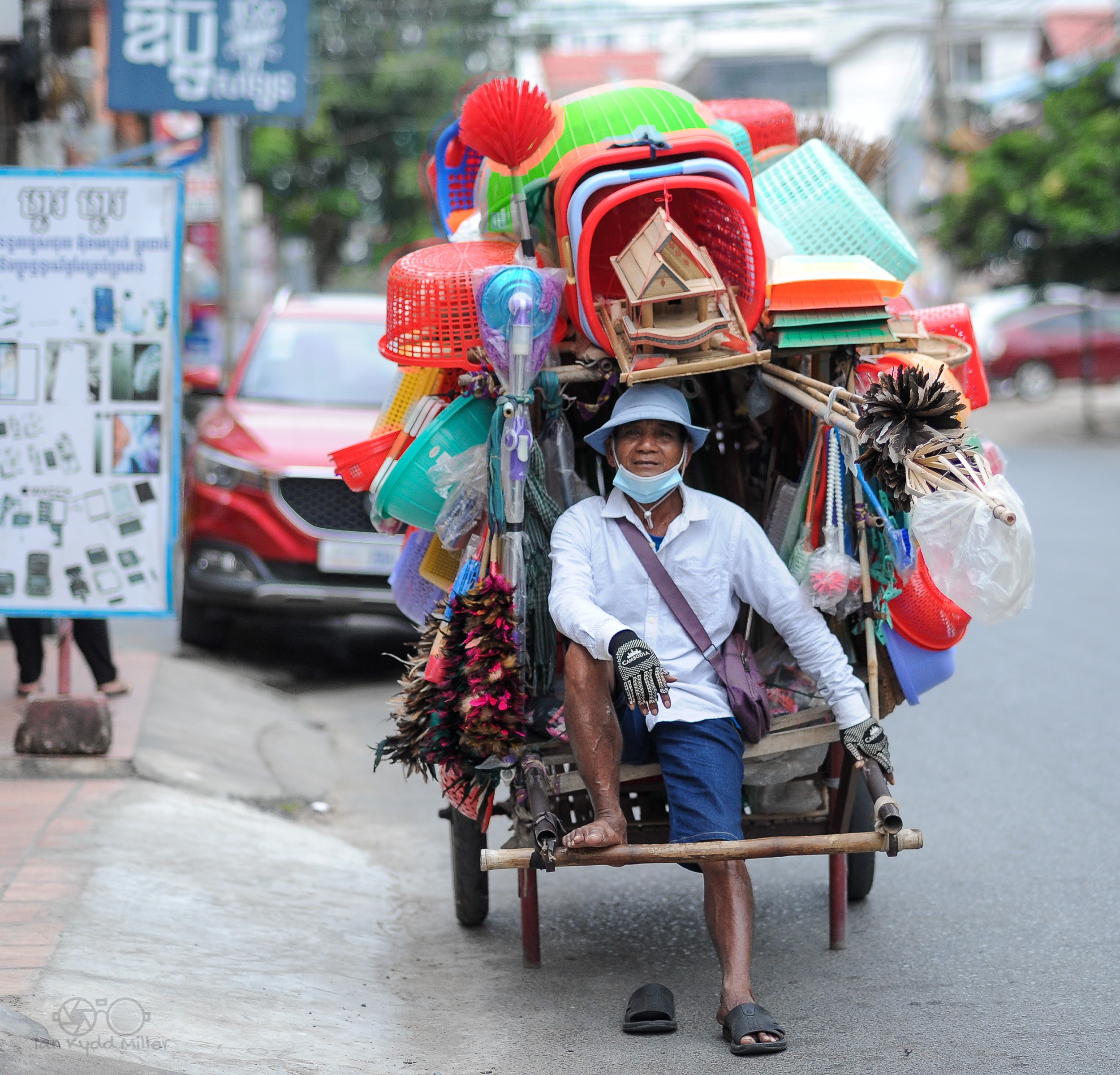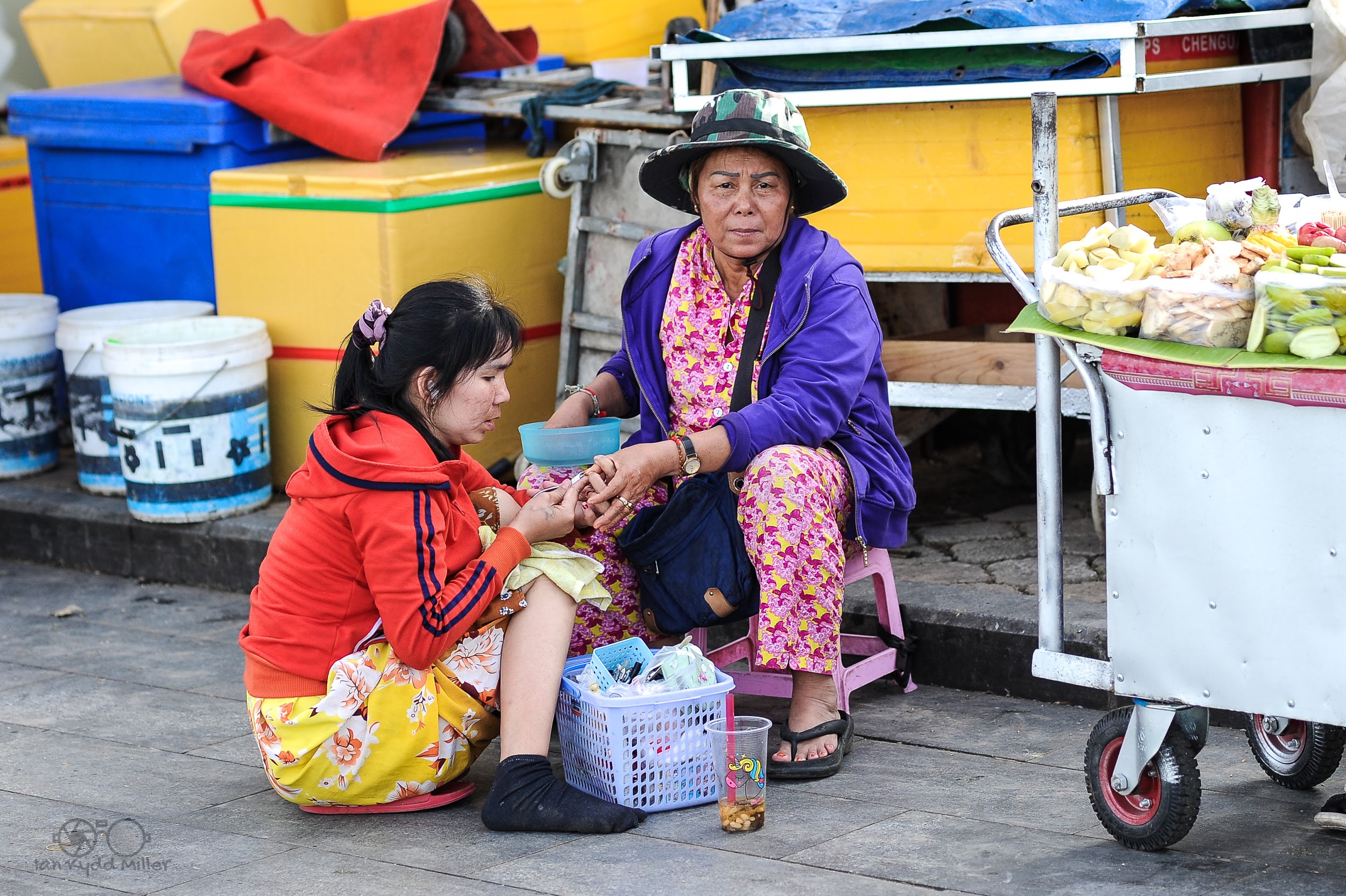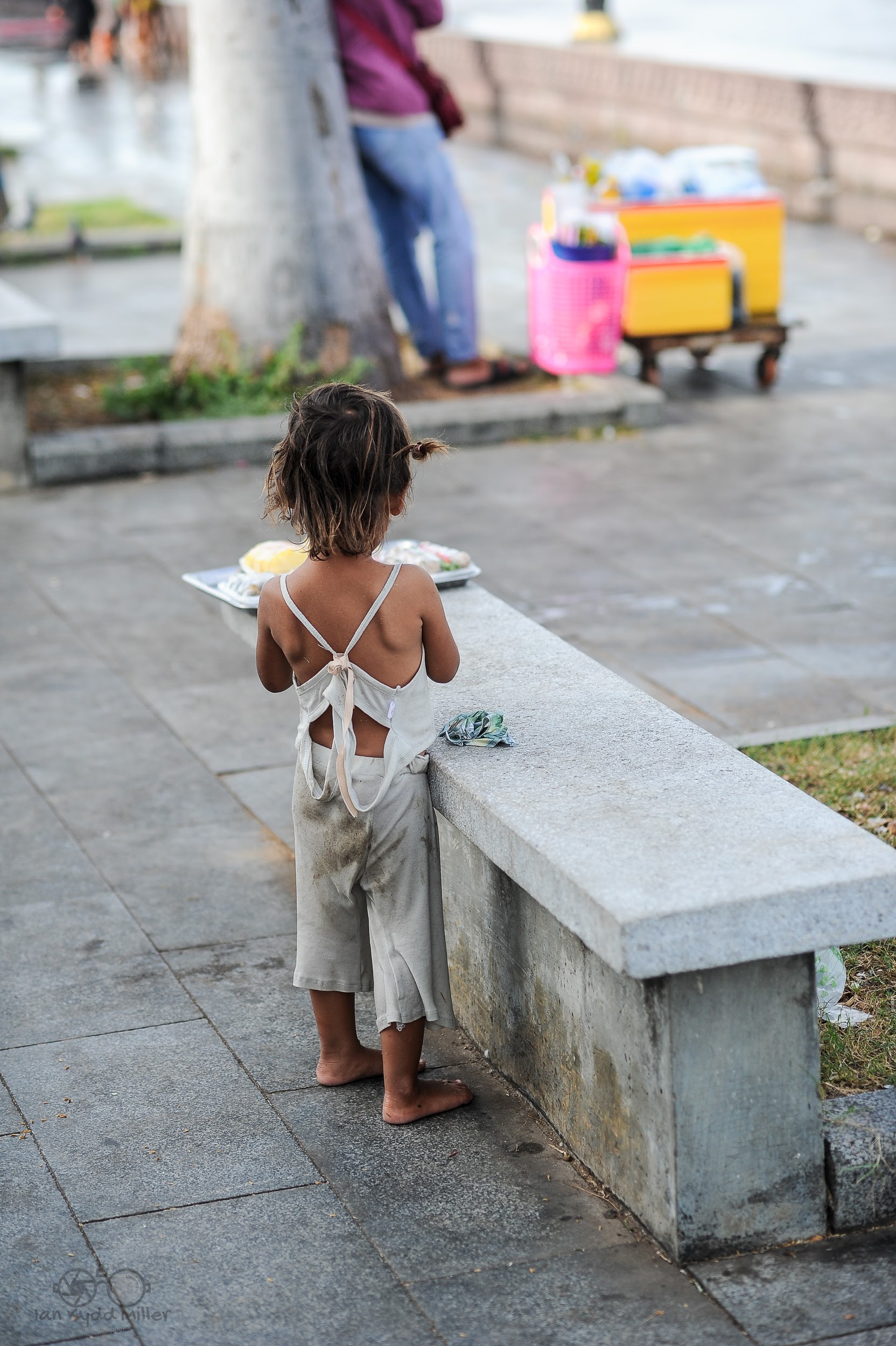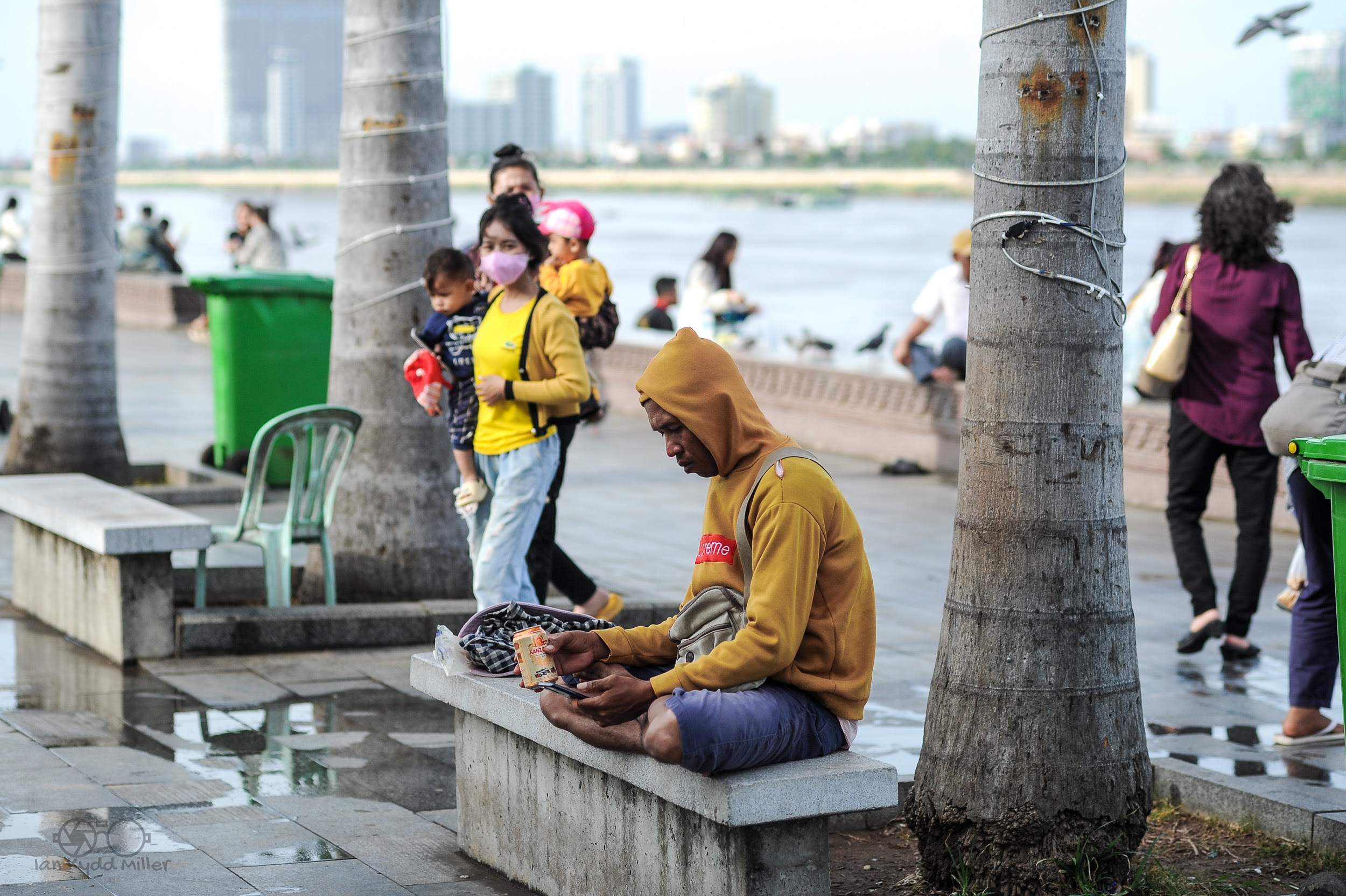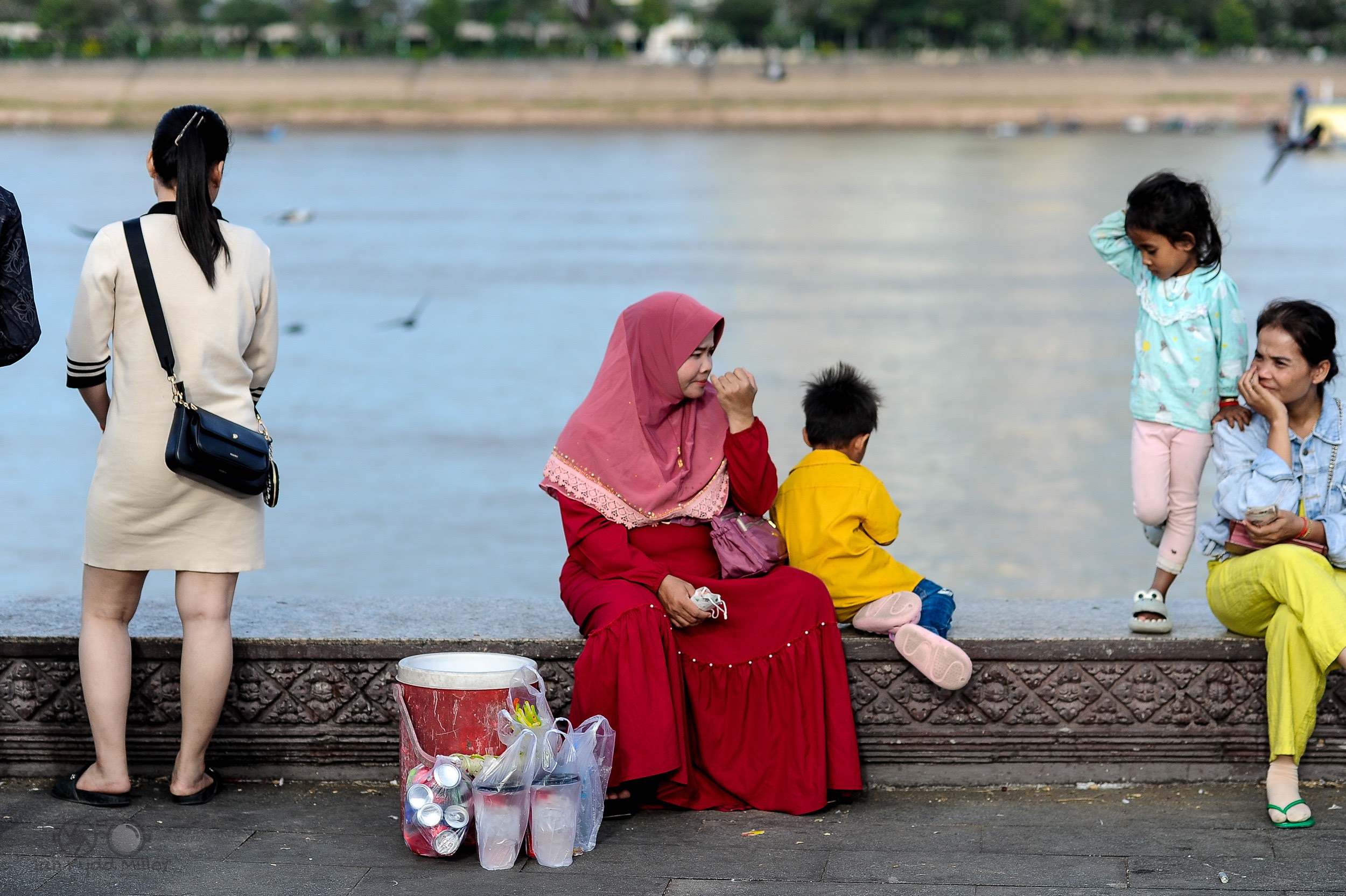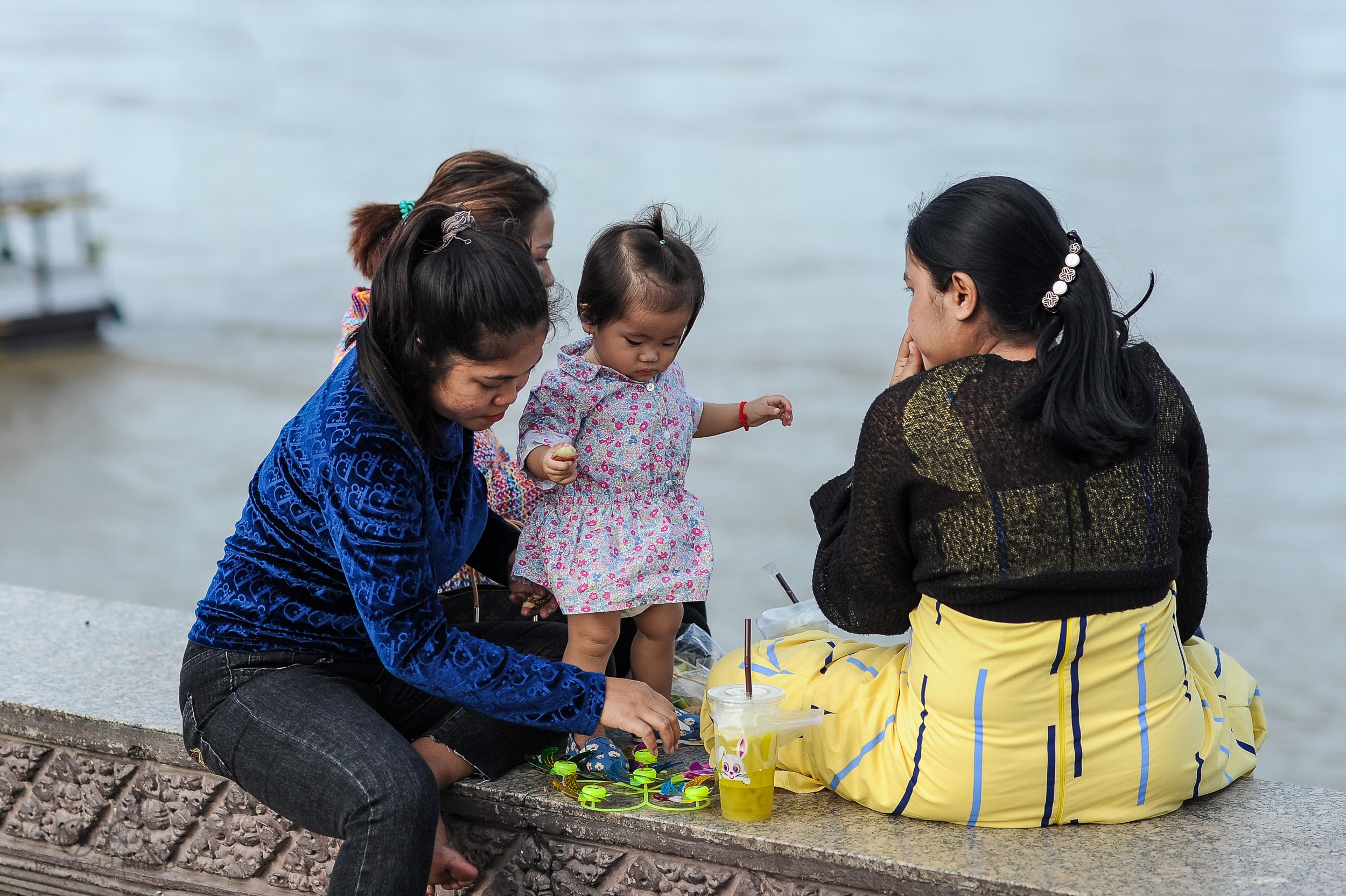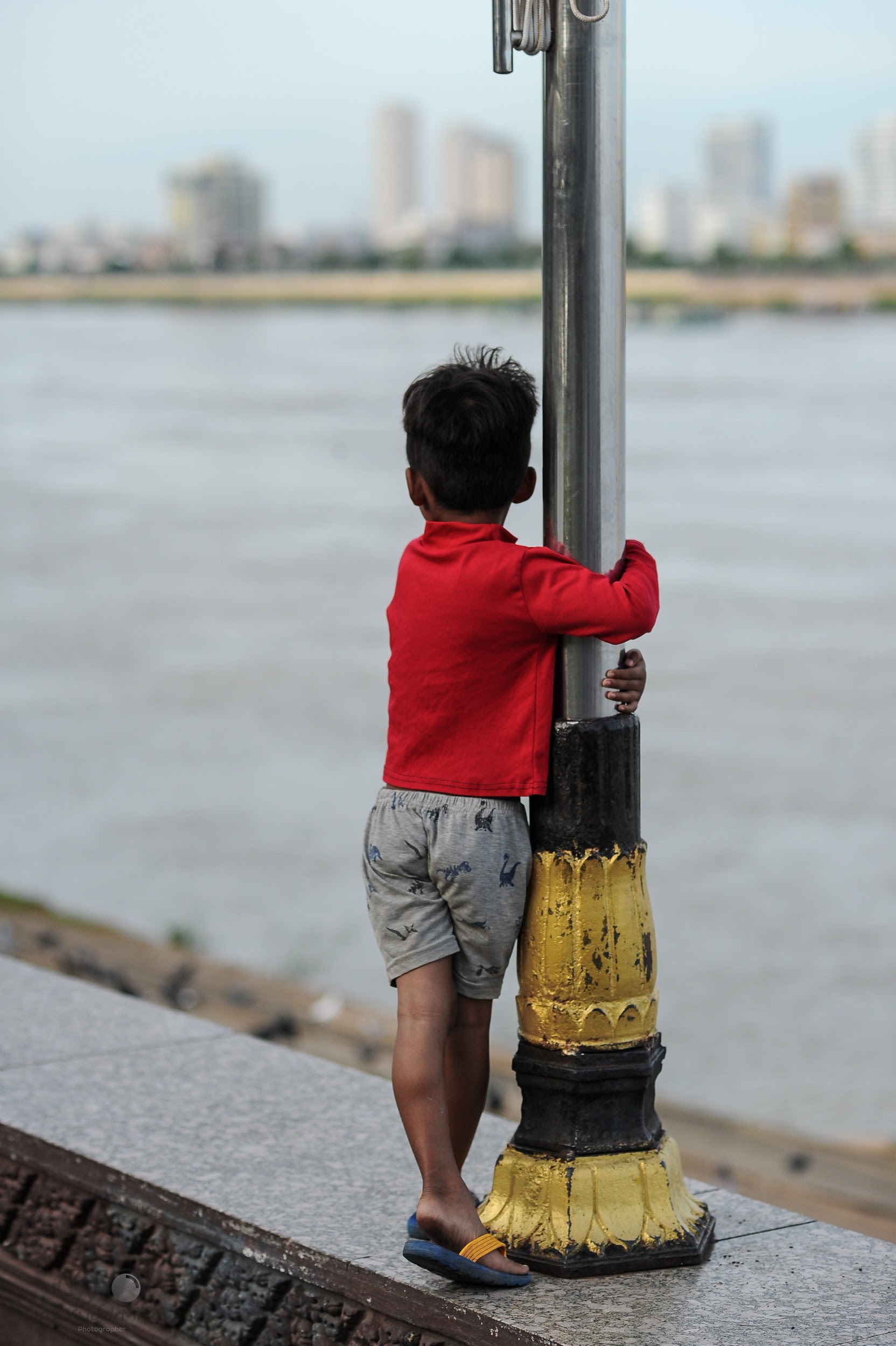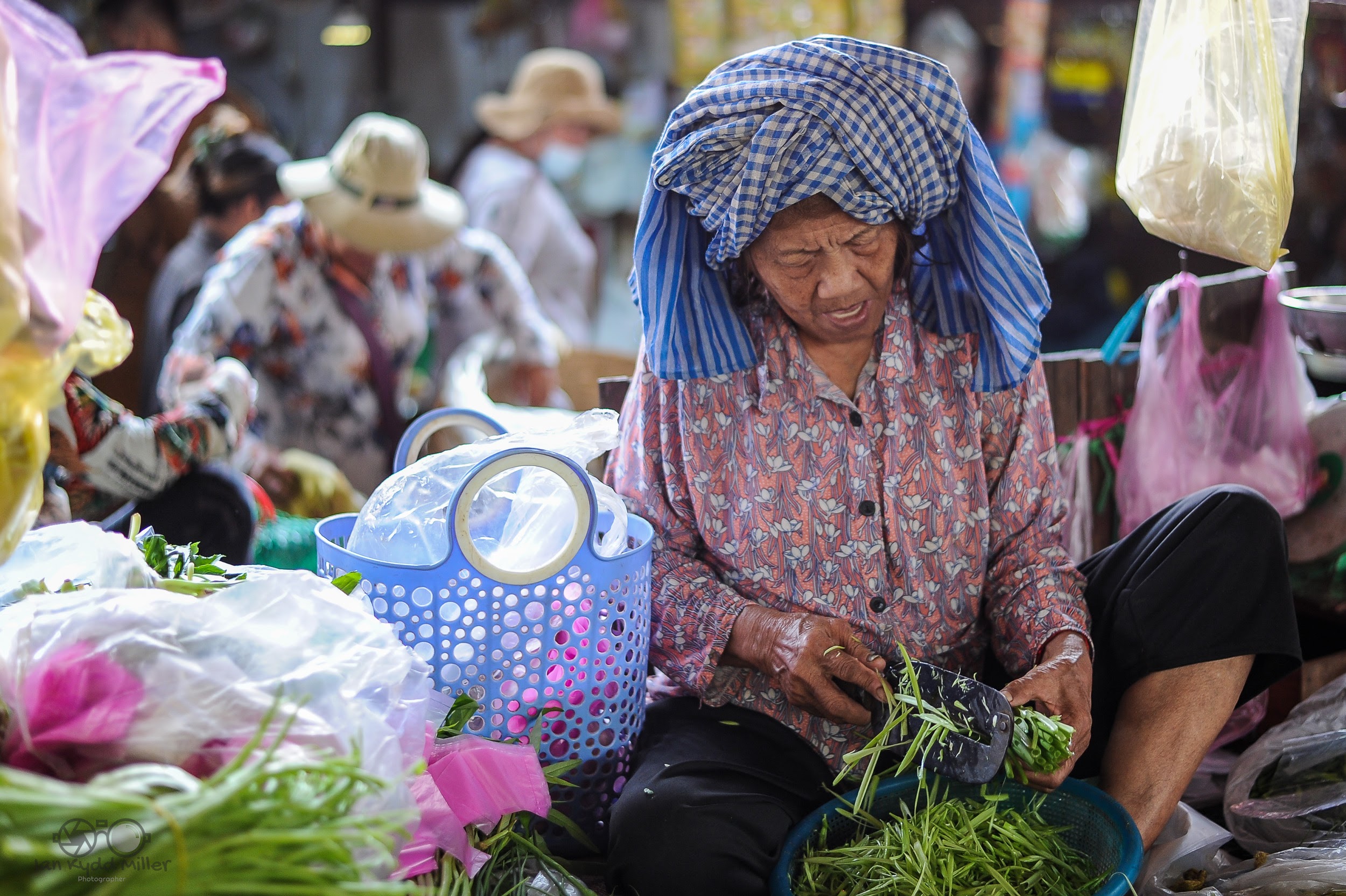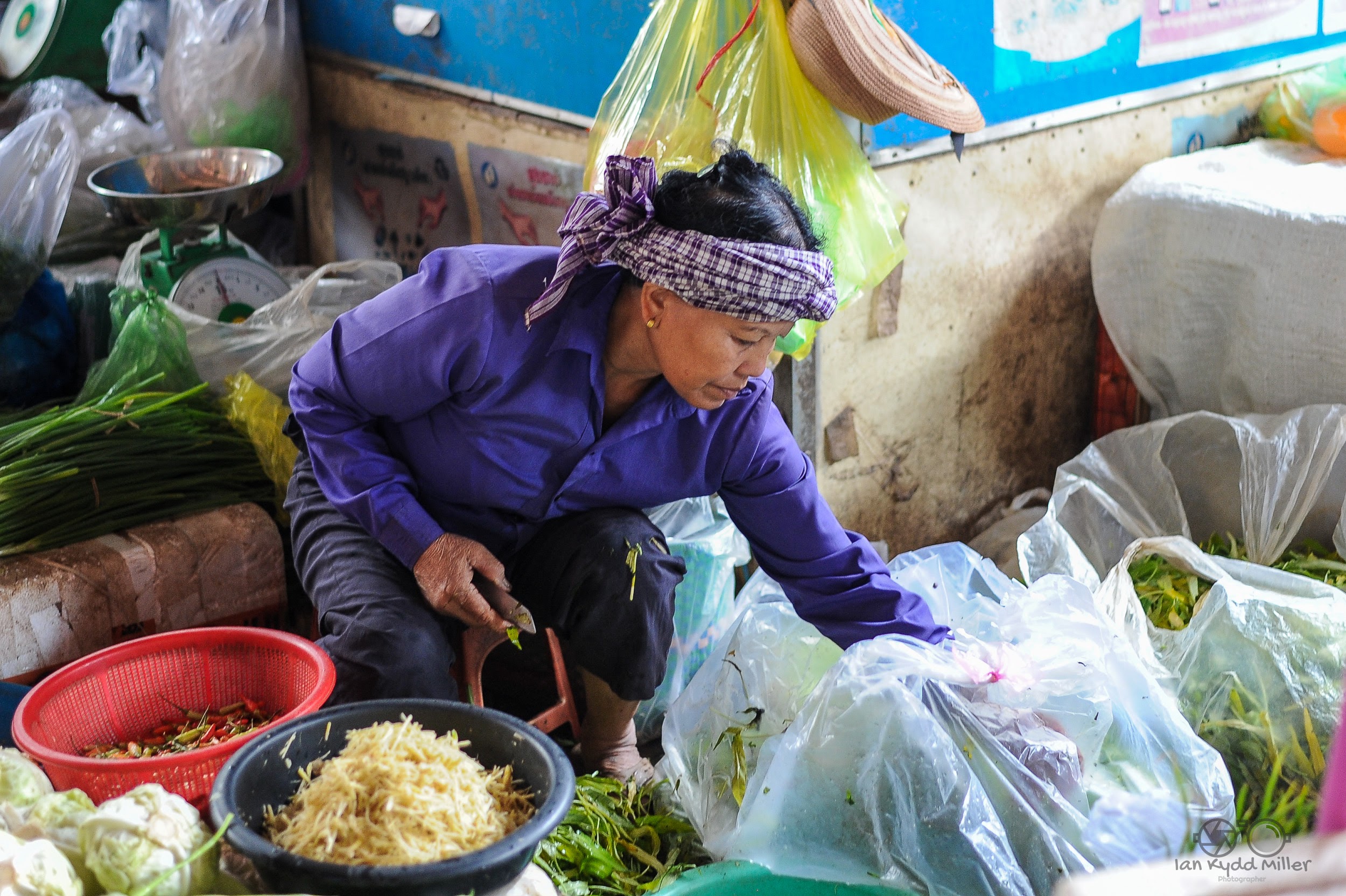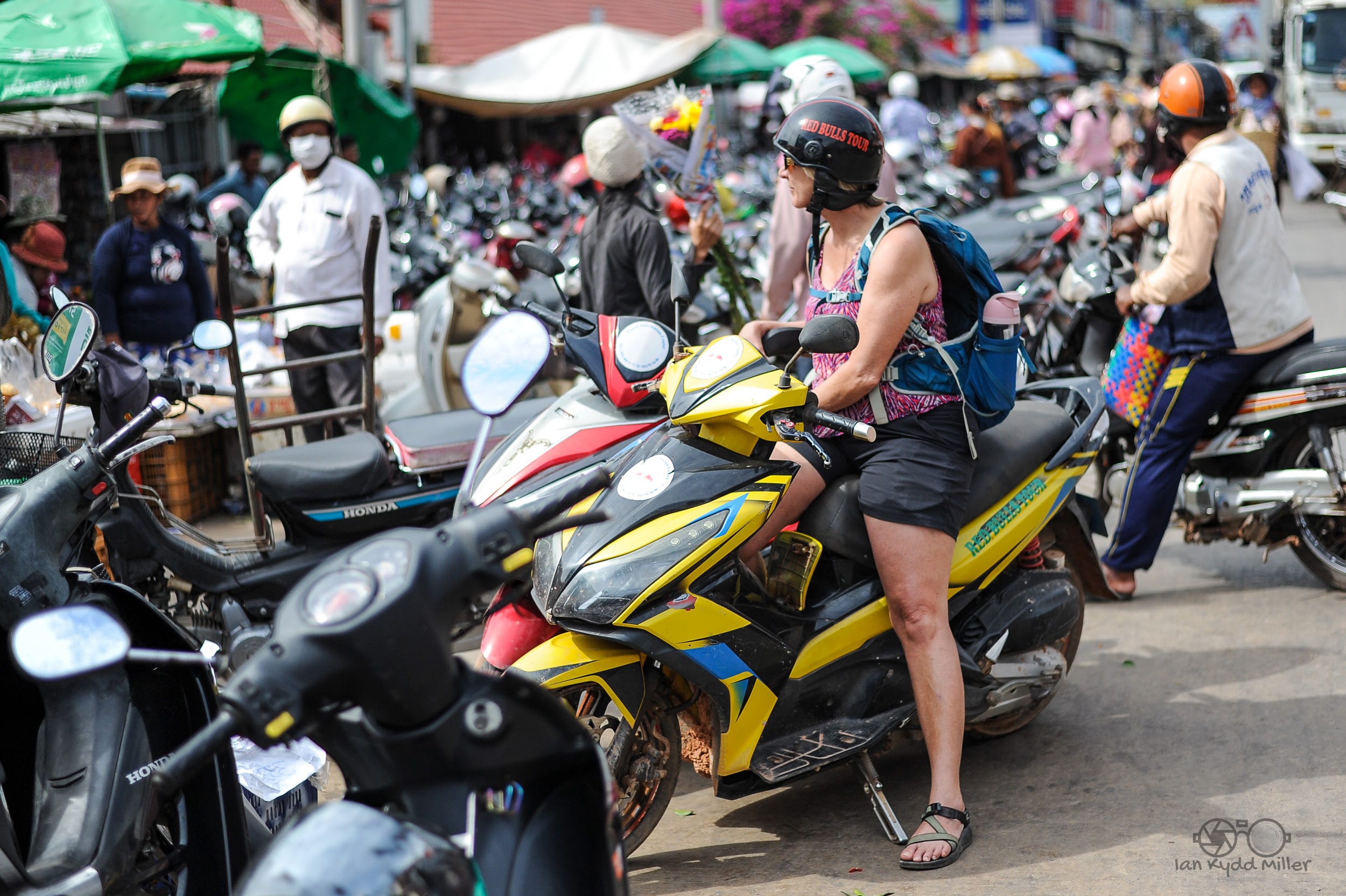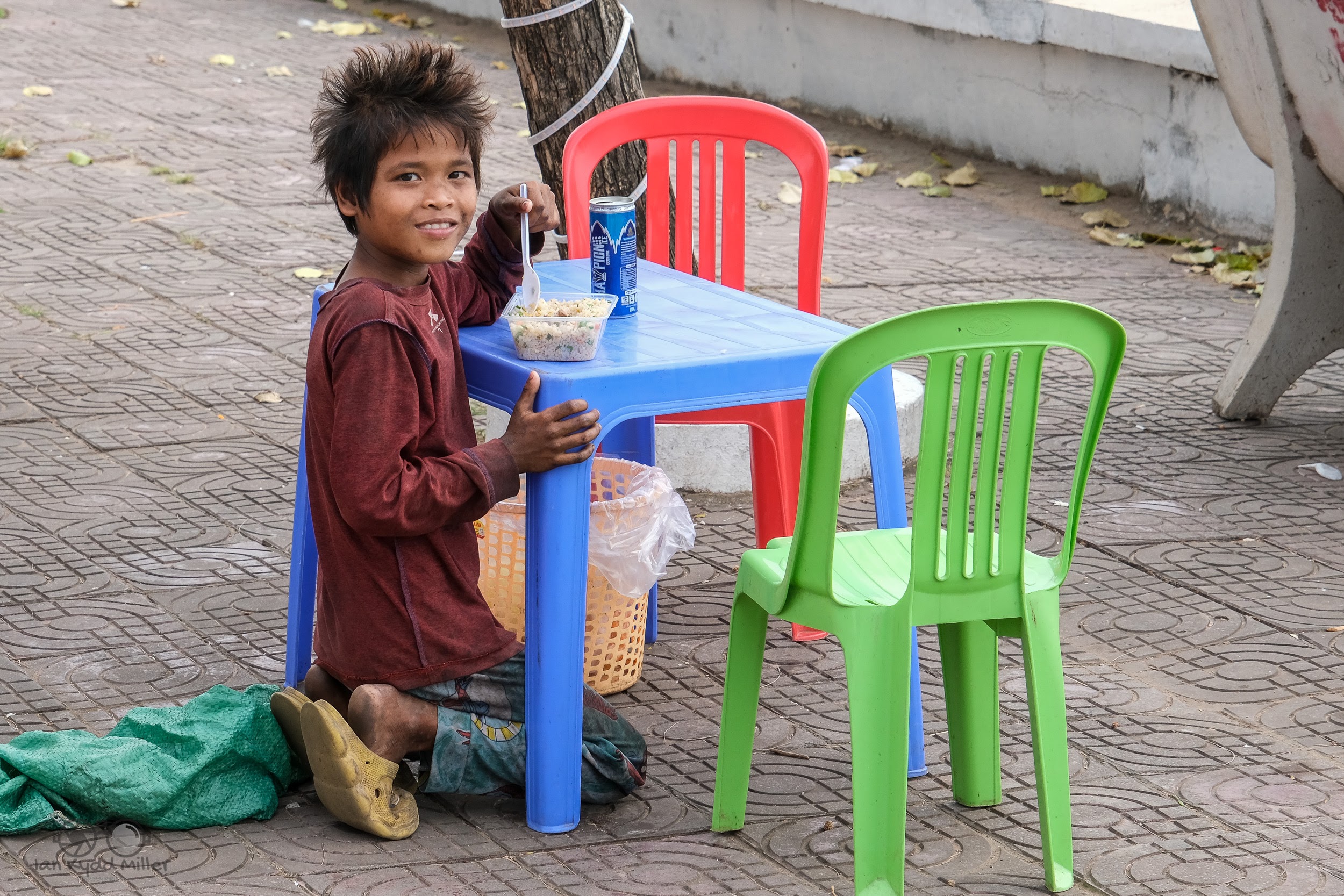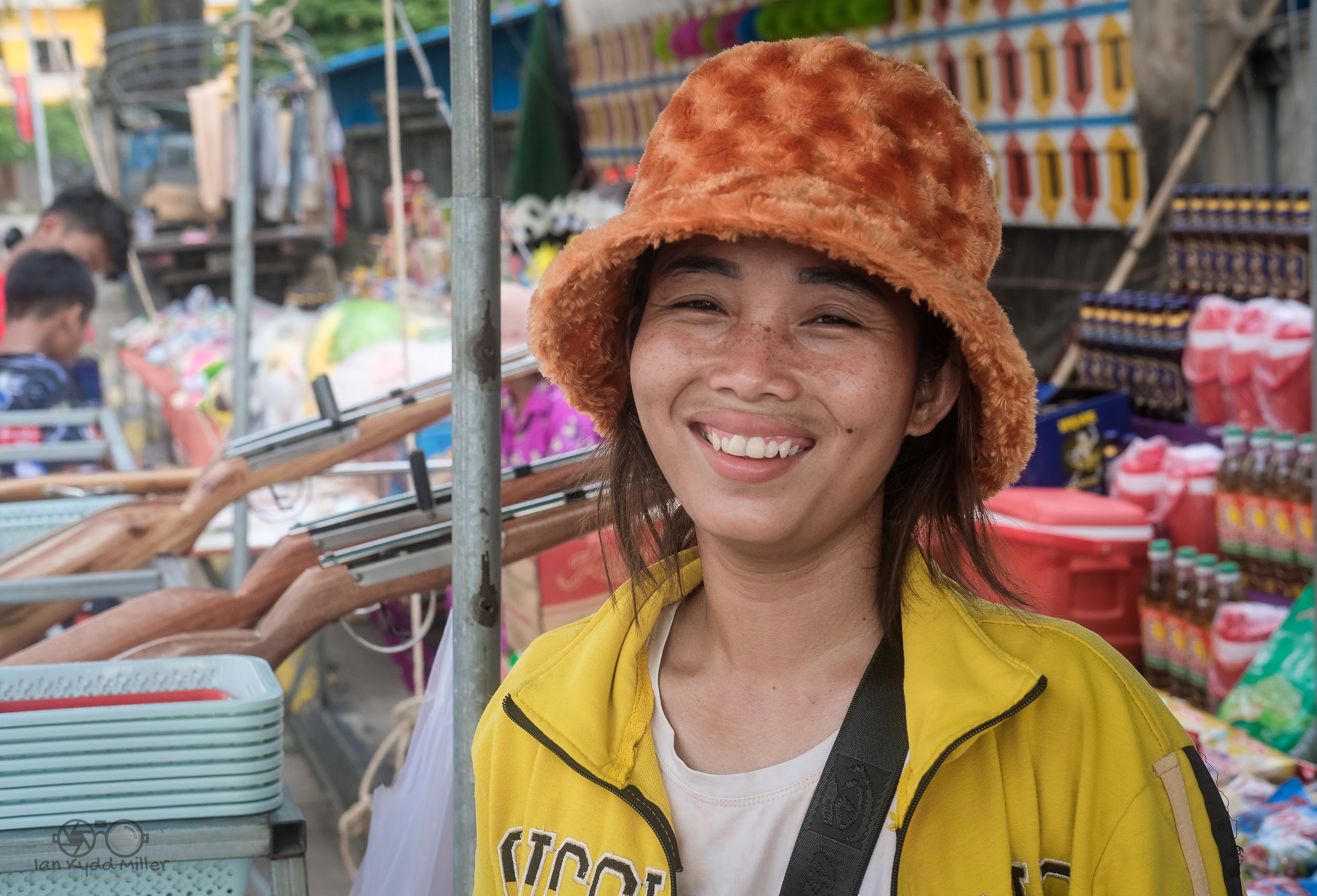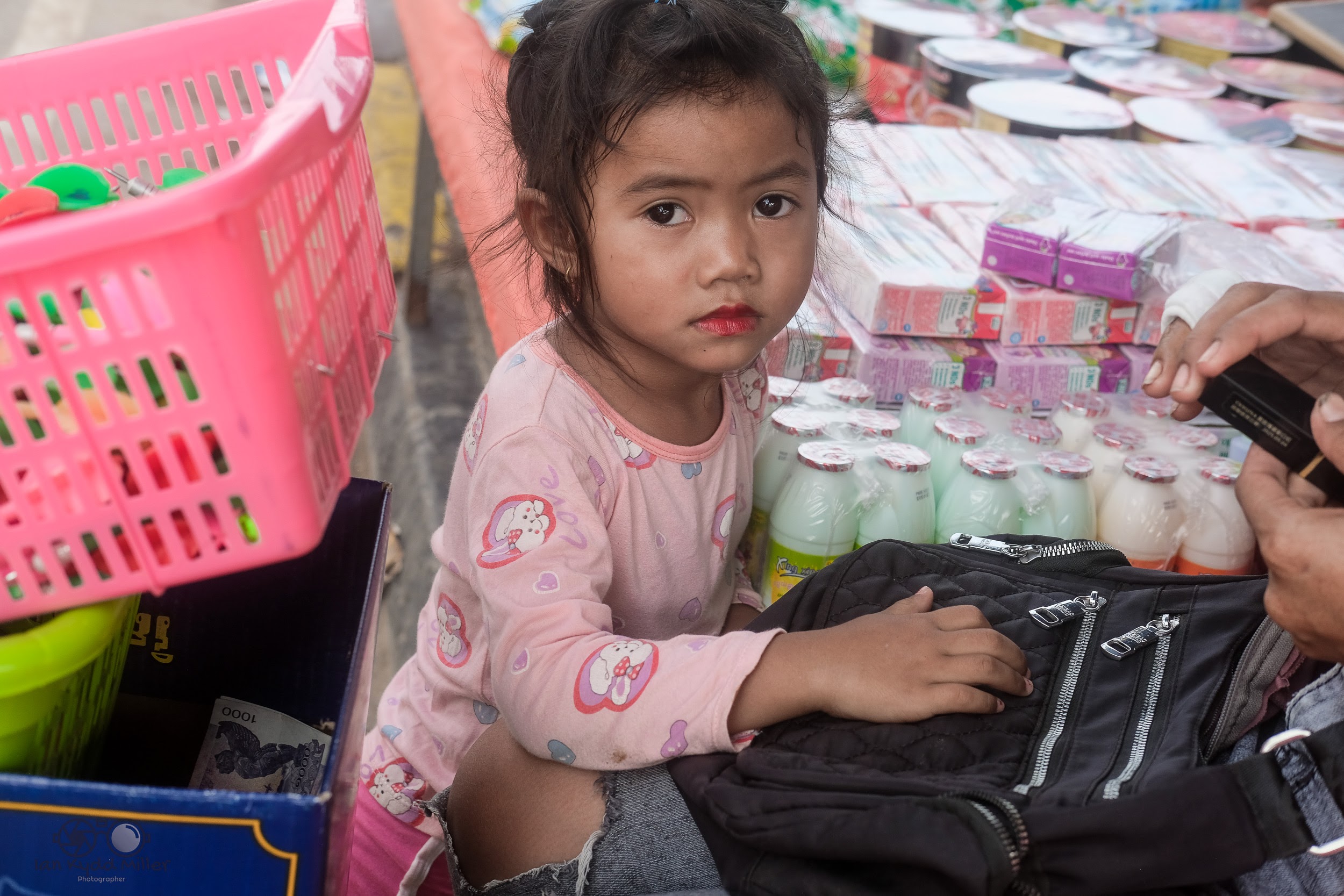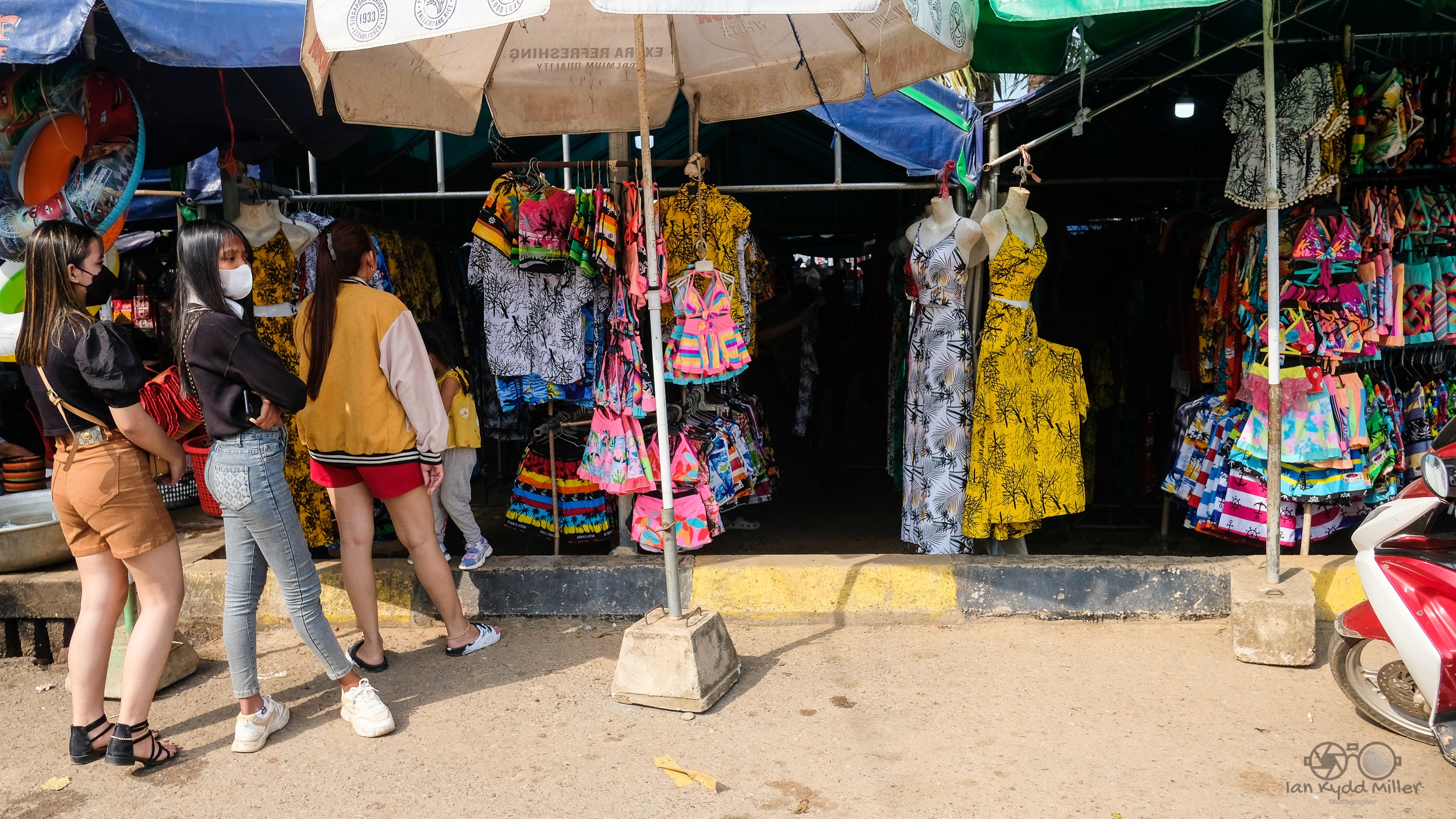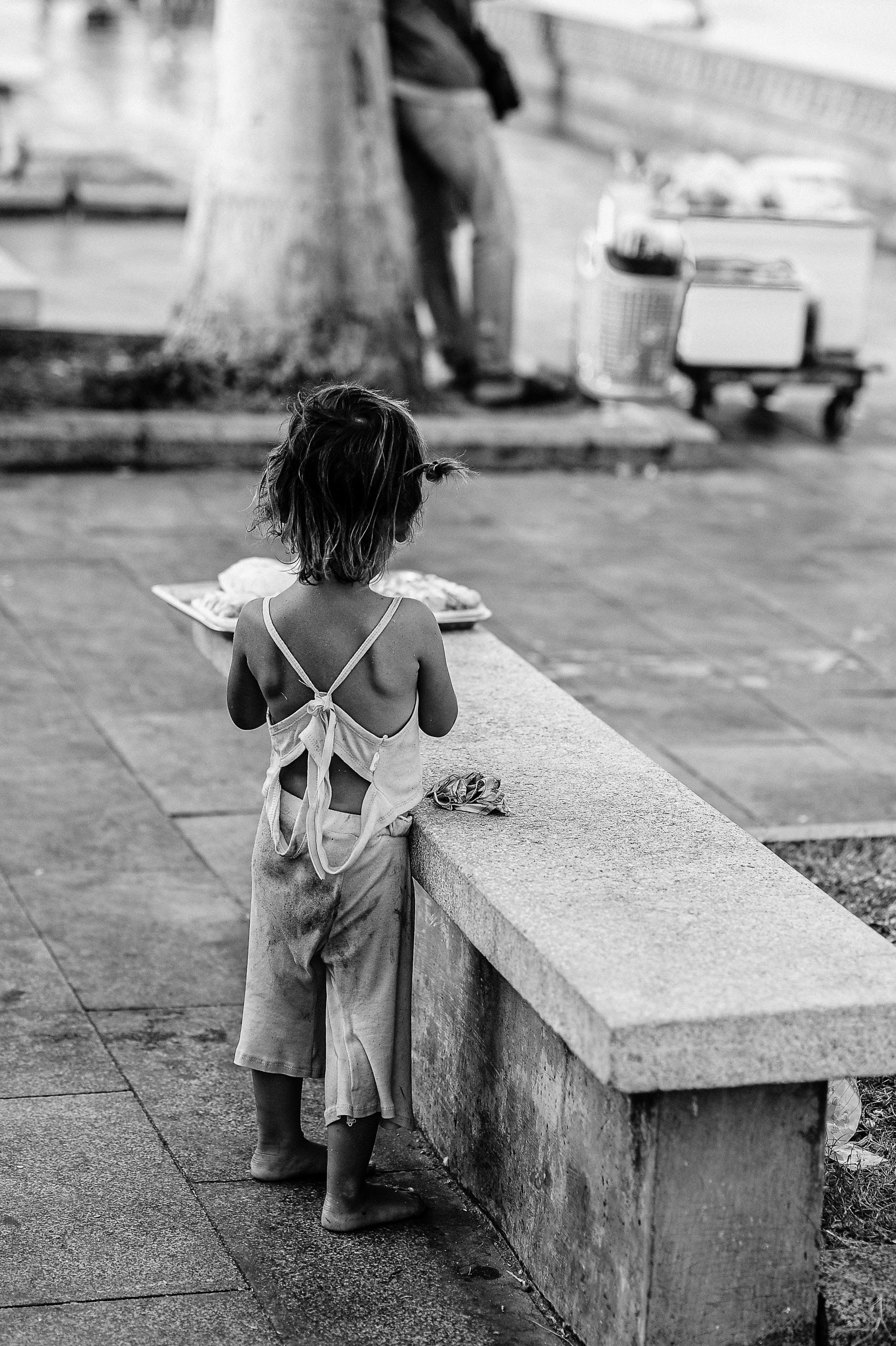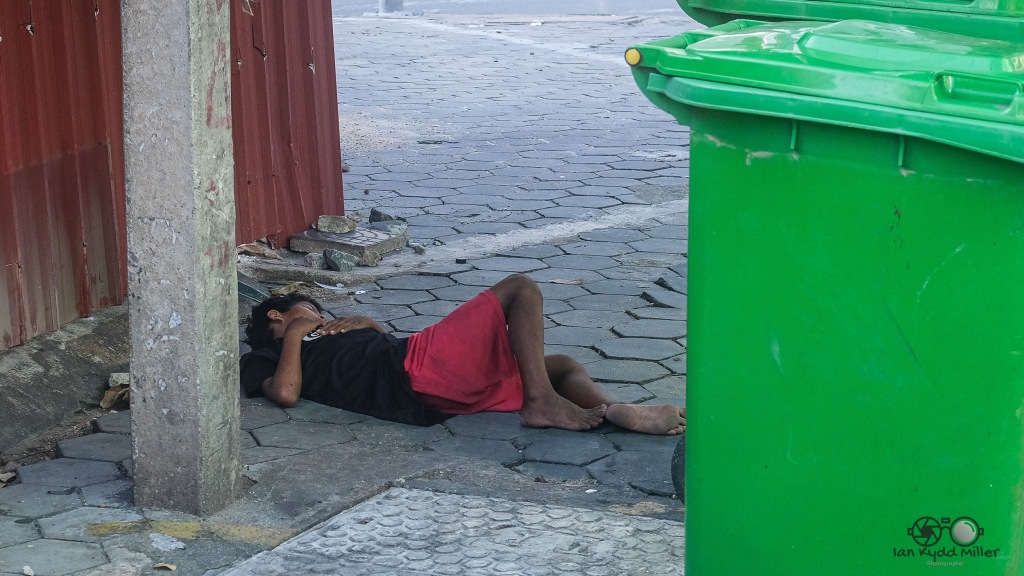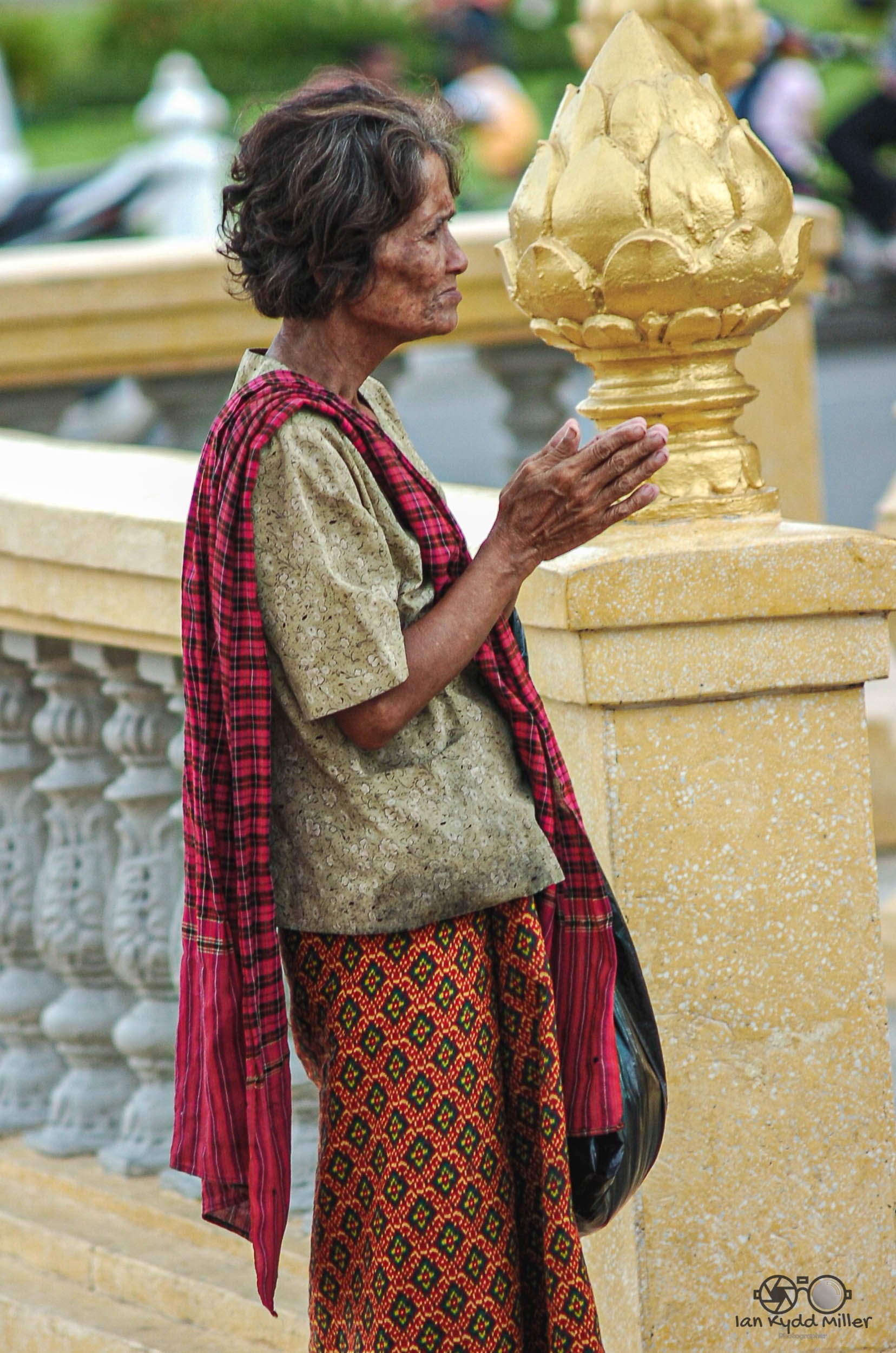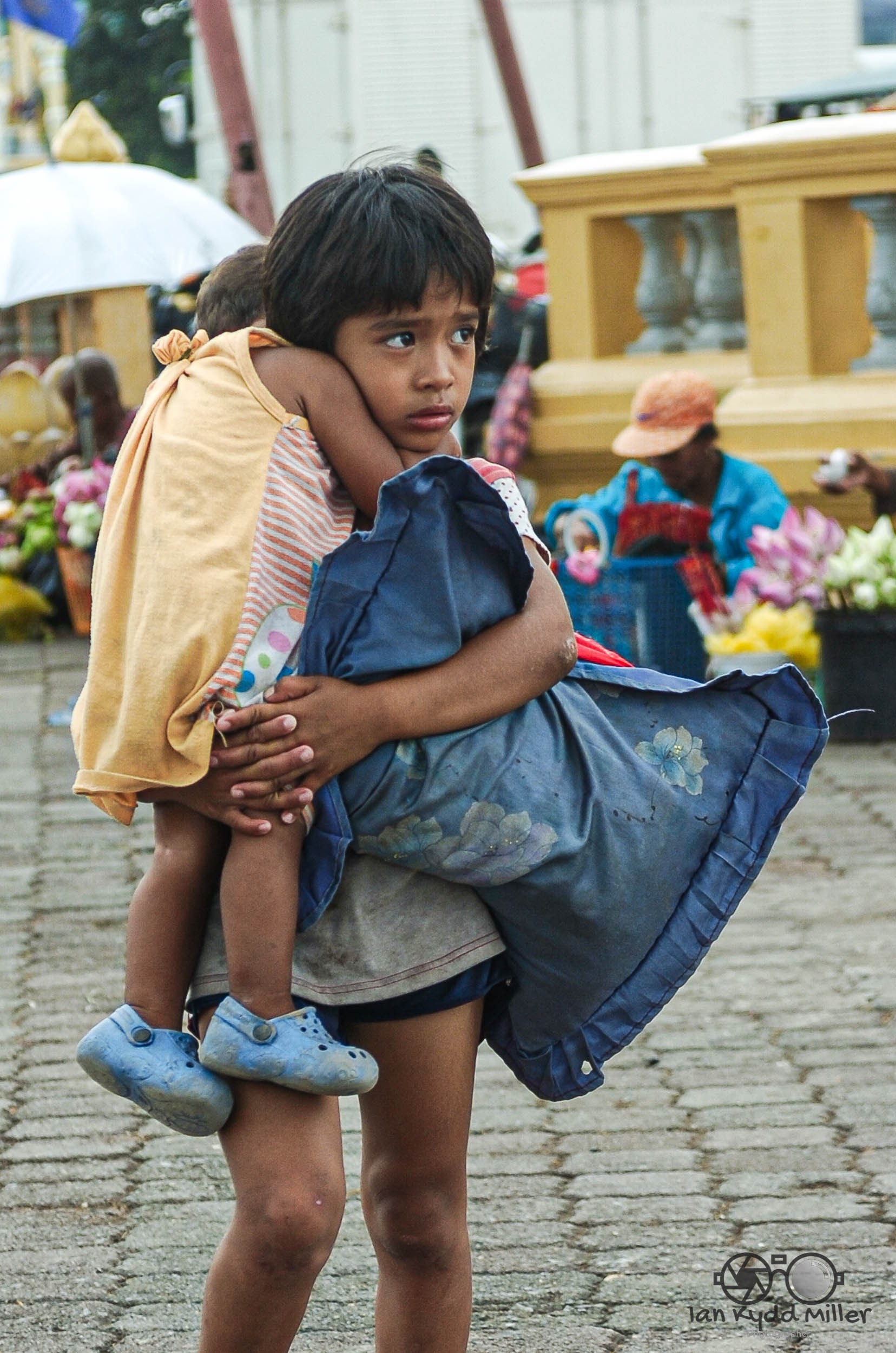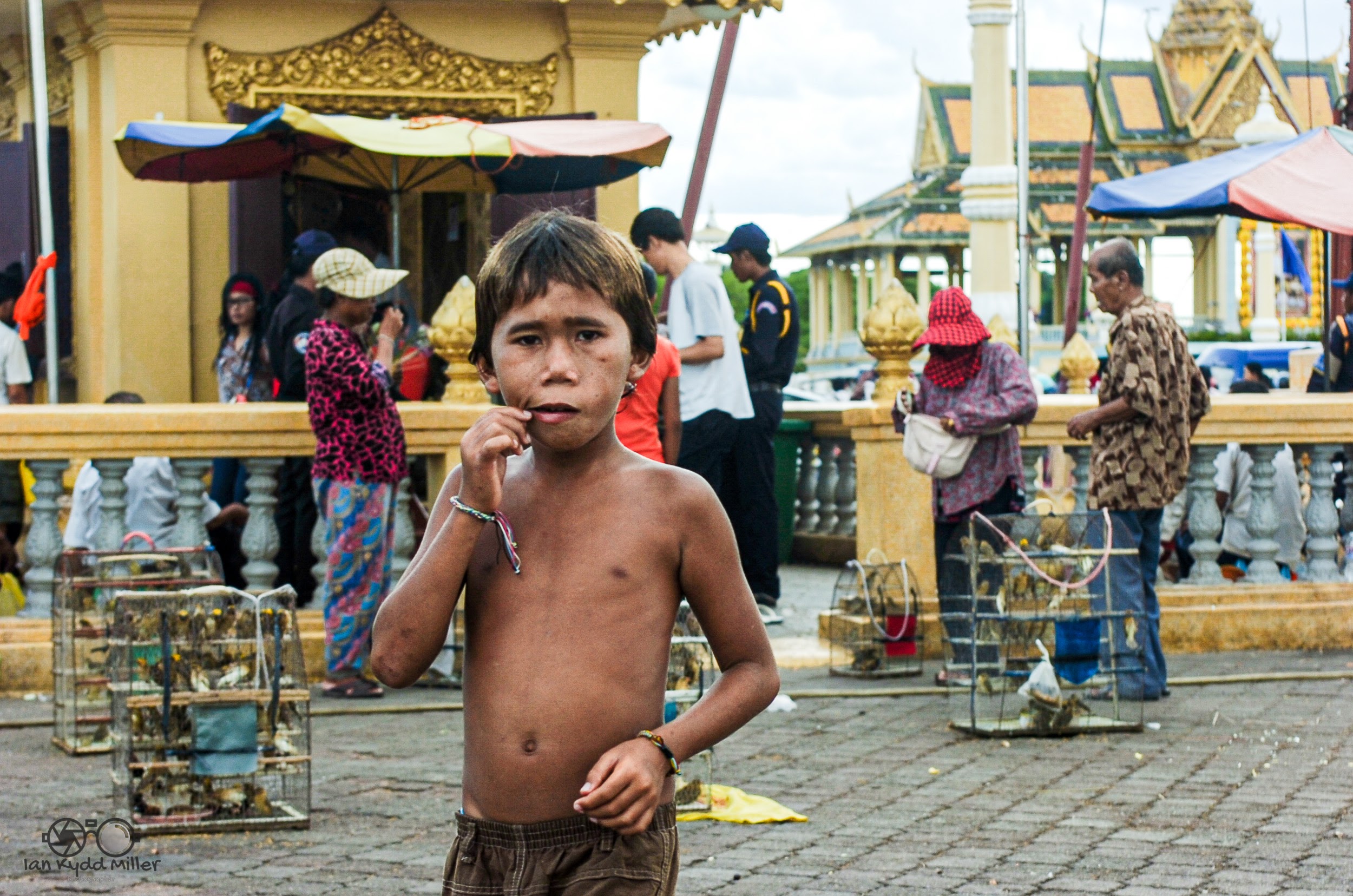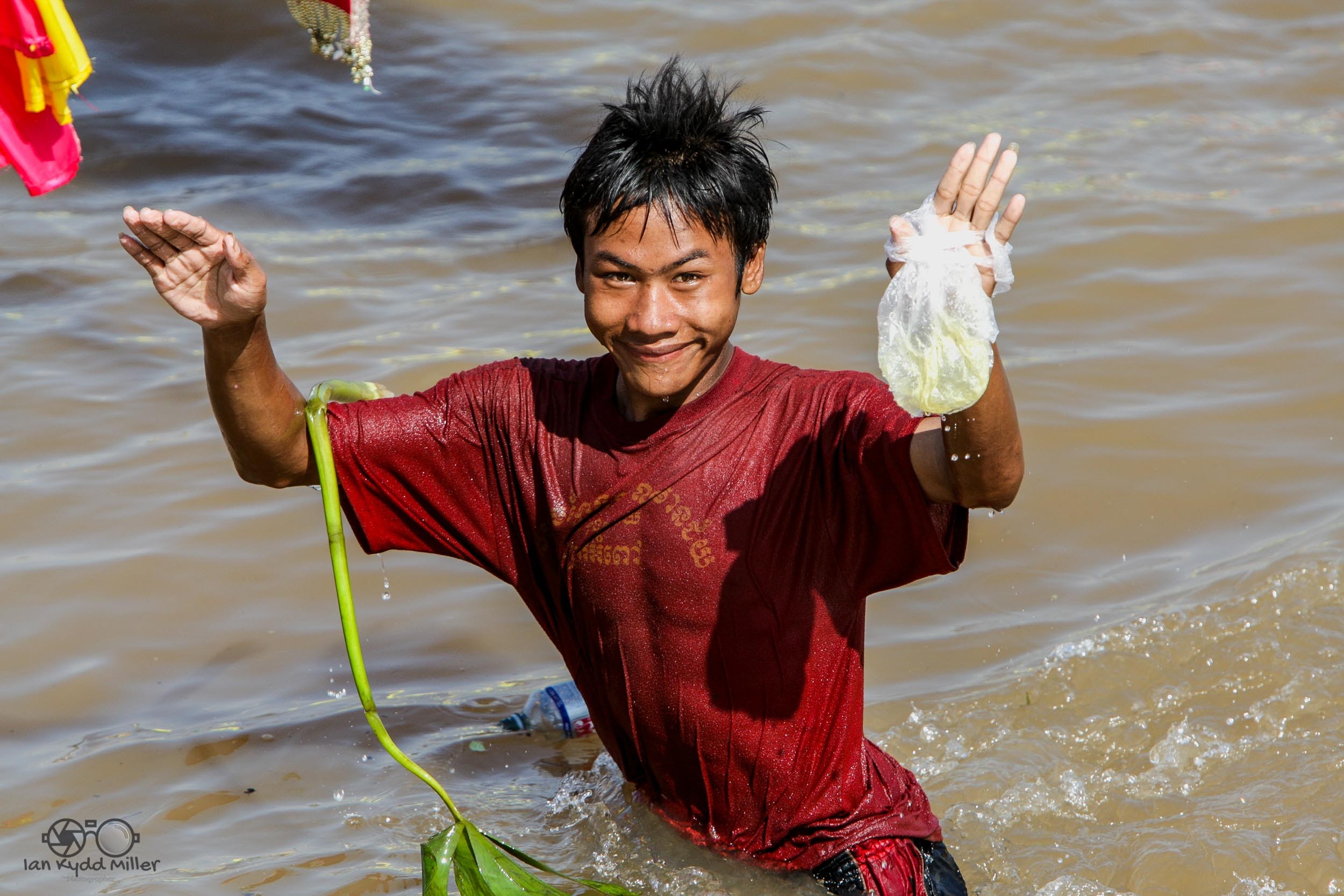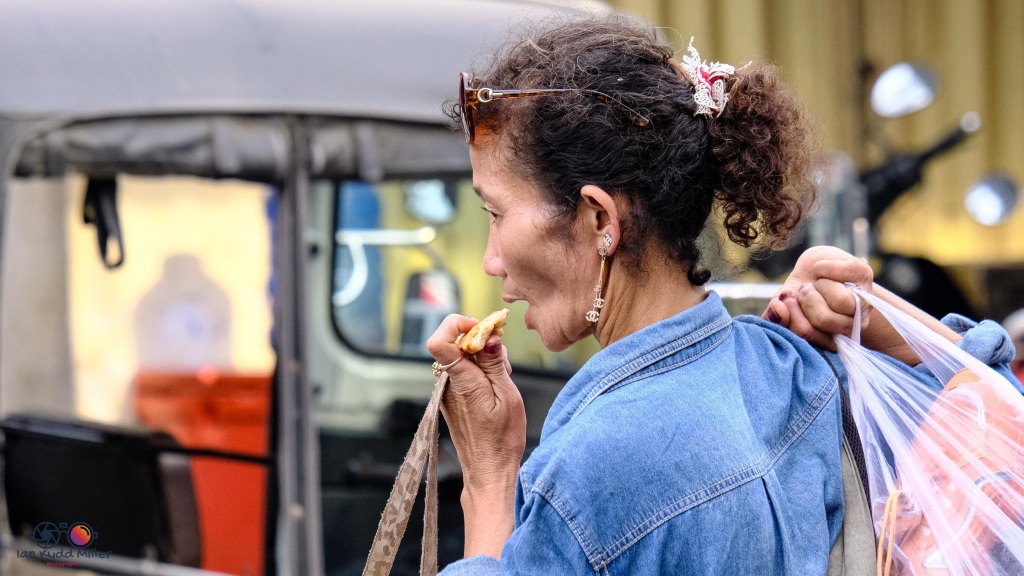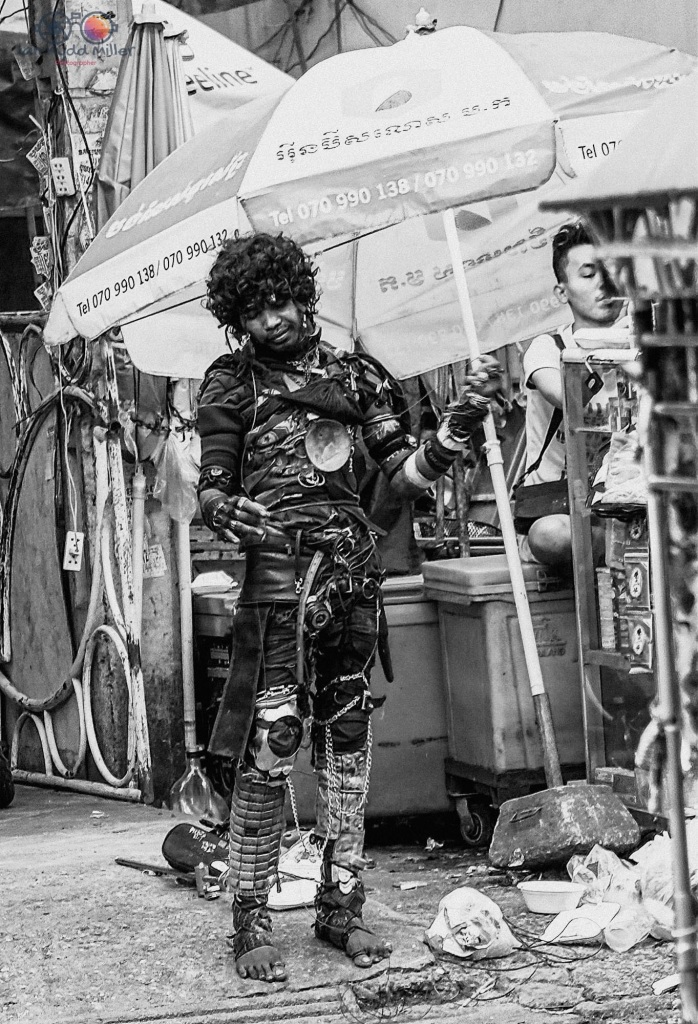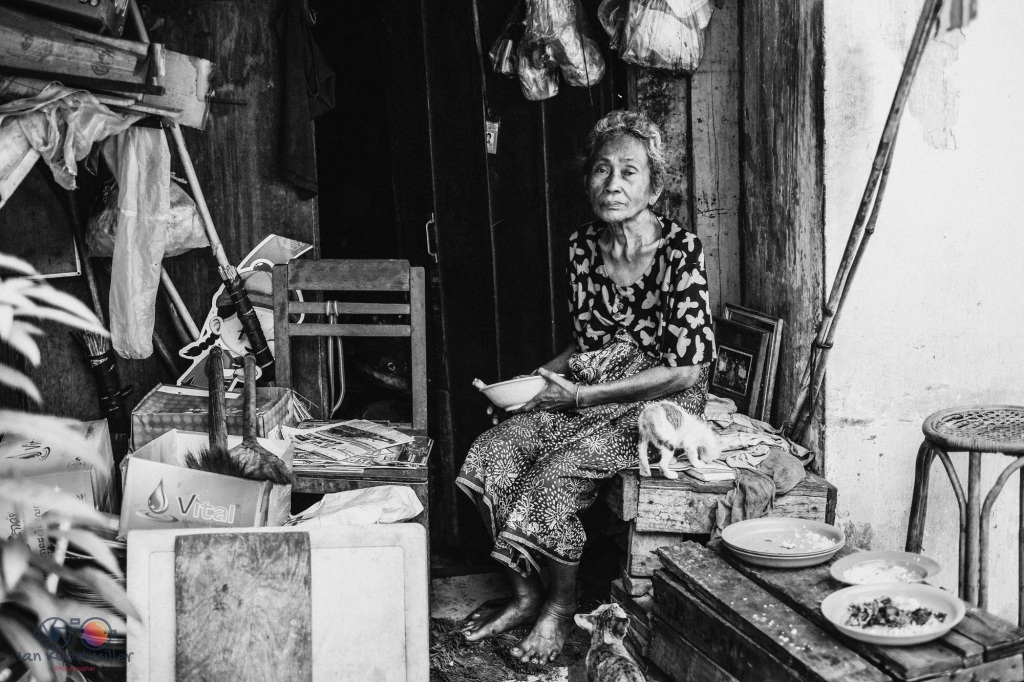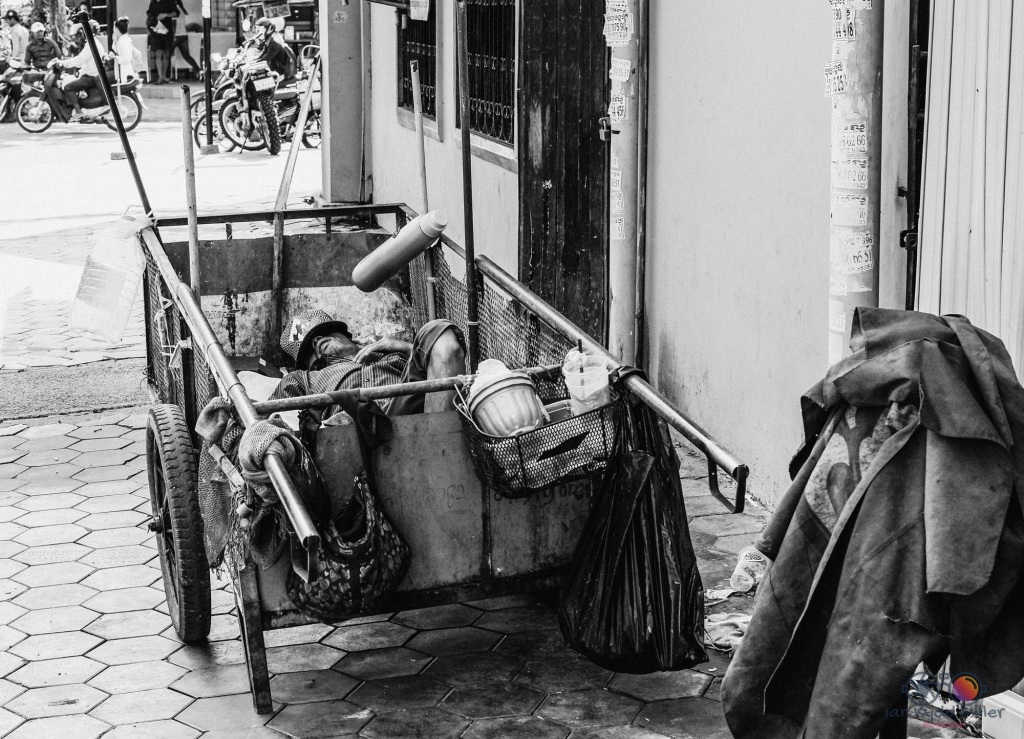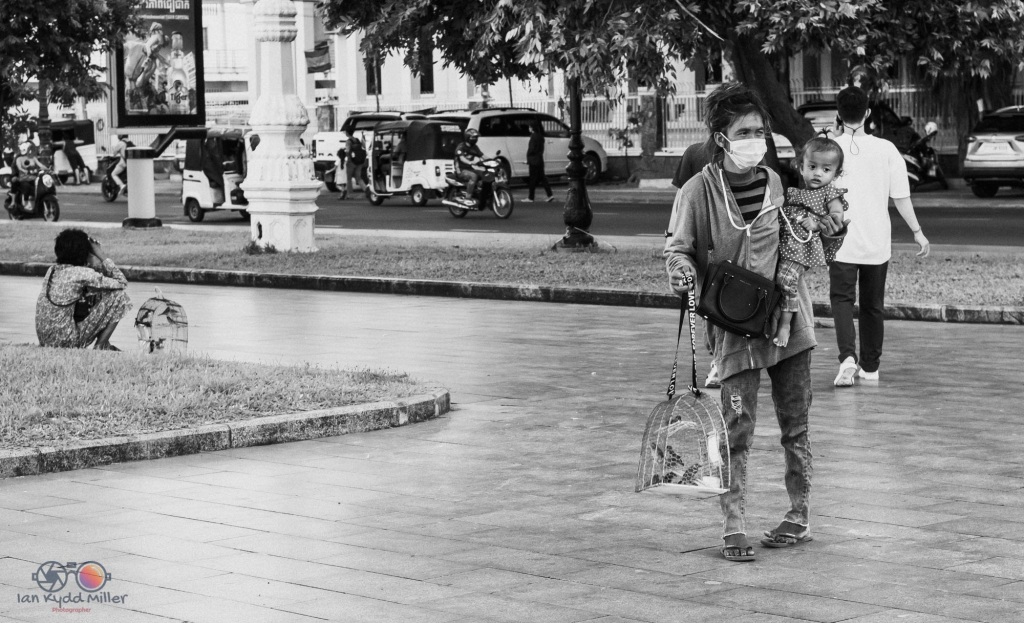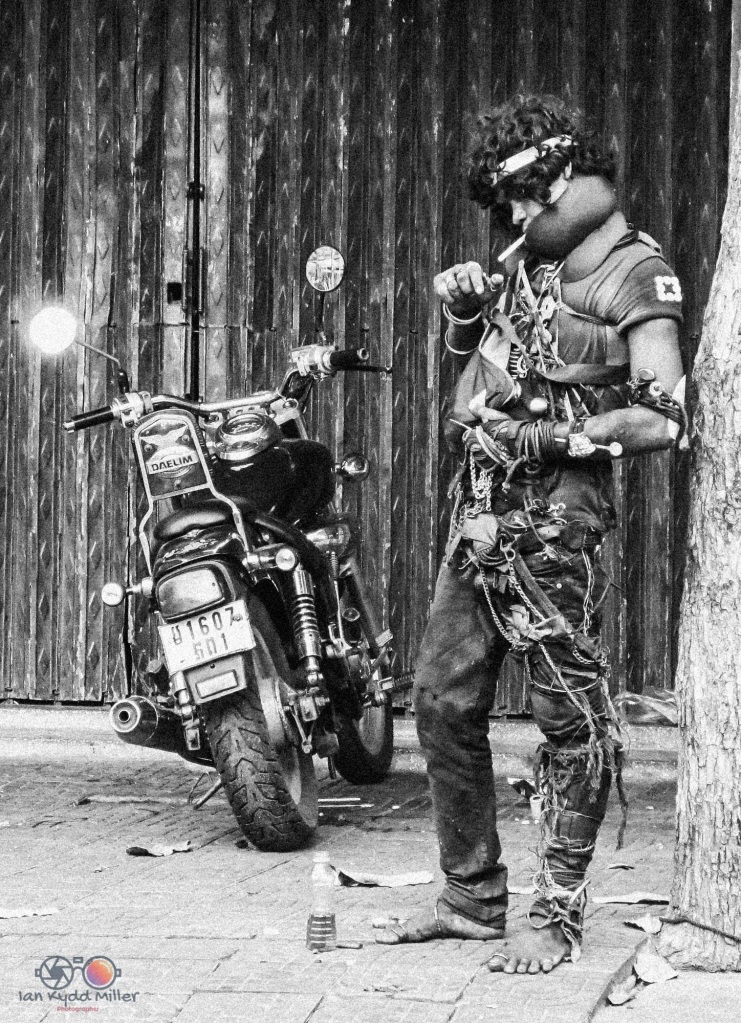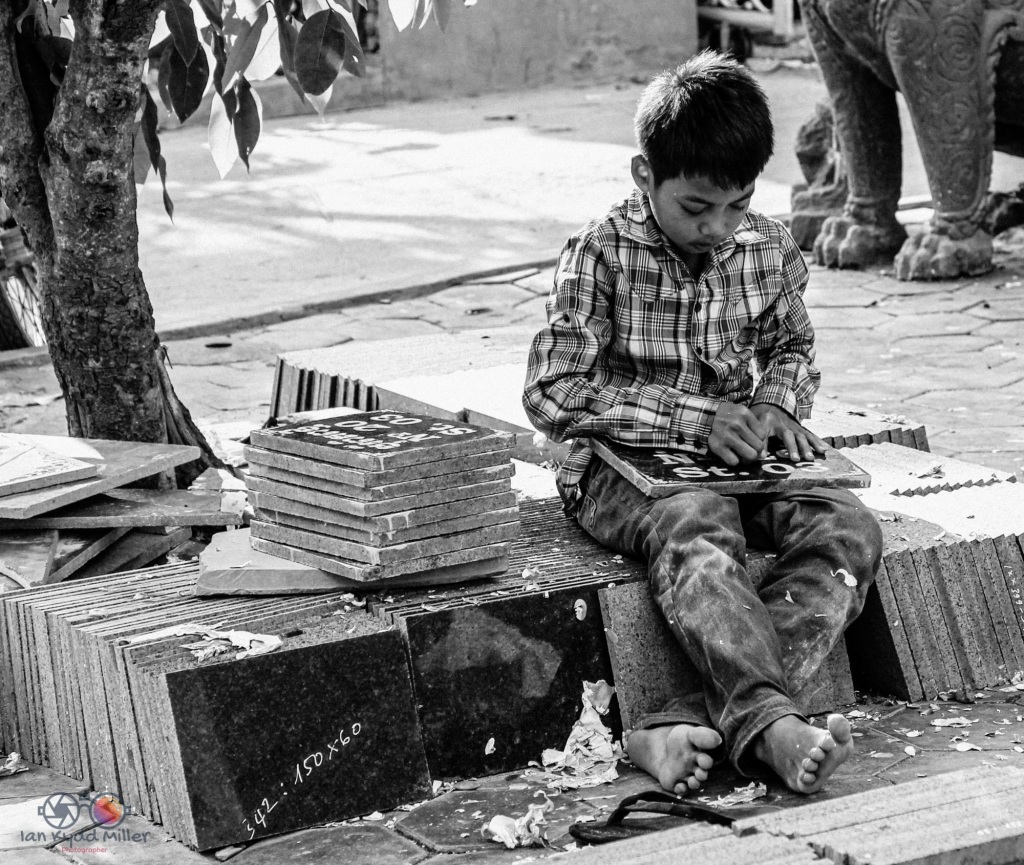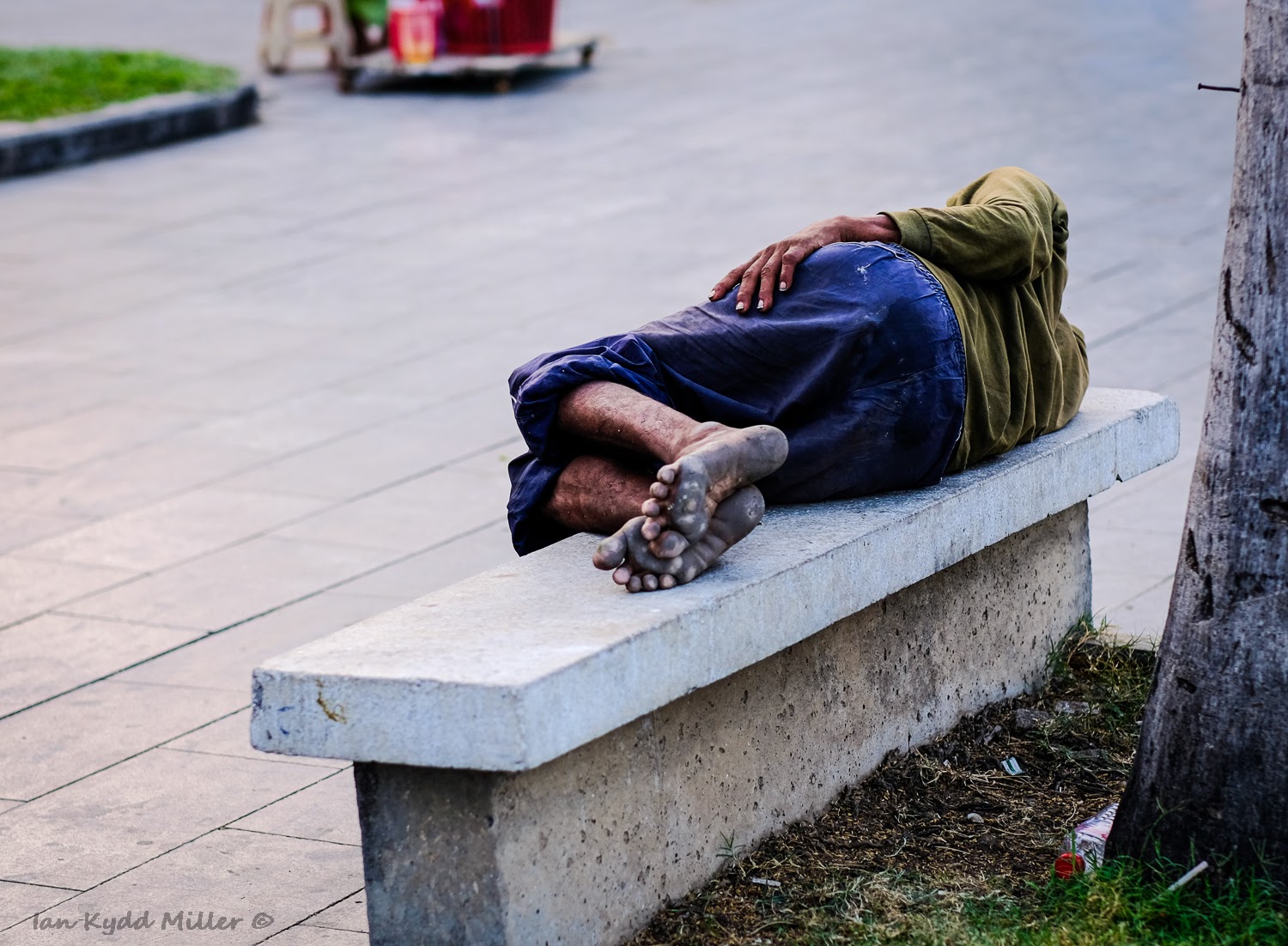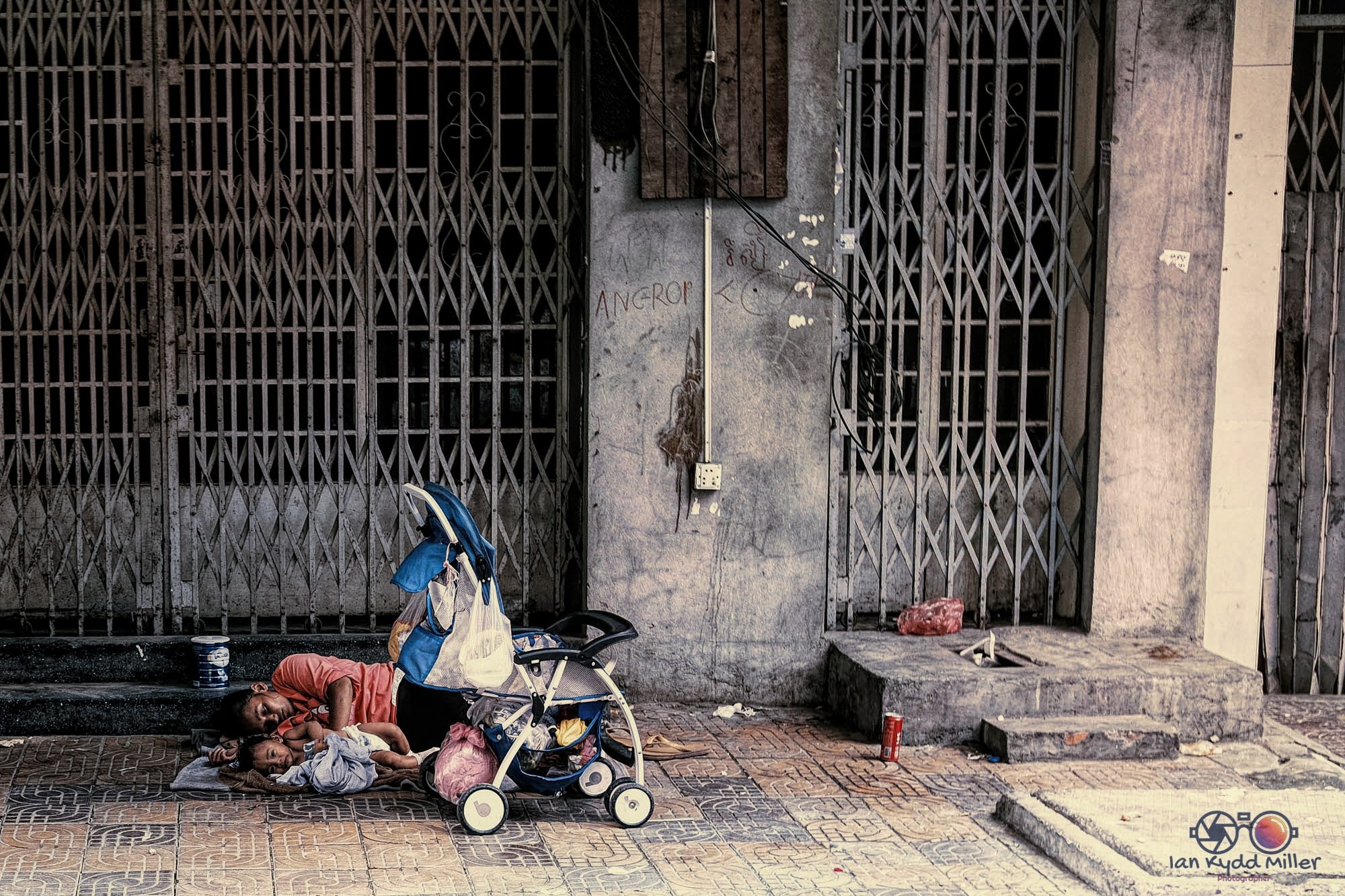Photography is an art form that captures moments, tells stories, and expresses emotions. It’s a powerful medium that goes beyond the simple act of pressing a shutter button. But what distinguishes a good photograph from a mere snapshot? It’s all about intention, composition, and the ability to convey a message.
A snapshot is often an impromptu photo taken quickly to capture a moment without much thought for composition or artistic value. It’s a spontaneous click, usually meant to preserve a memory rather than to create something with aesthetic appeal. Snapshots are candid, informal, and often taken with a handheld device like a smartphone.
On the other hand, a good photograph is a result of the photographer’s creativity and vision. It’s a carefully composed image, captured with intention and purpose. A photographer will consider various elements such as lighting, composition, subject matter, and perspective to create a visually appealing and meaningful image. A good photograph can evoke emotion, tell a story, or capture the beauty of a moment in a way that a snapshot typically does not.
The difference lies in the details. A good photograph is thoughtfully planned. The photographer often takes the time to understand the subject, wait for the perfect lighting, and adjust the camera settings to get the desired effect. They use their knowledge of photography techniques and principles, such as the rule of thirds, leading lines, and framing, to enhance the image’s visual impact.
Moreover, a good photograph has the power to transcend its subject. It can turn an ordinary scene into something extraordinary, revealing depth, patterns, and textures that the casual observer might overlook. It’s not just about what is in the frame, but also about what is left out, creating a balance between the elements within the shot and the space around them.
In essence, a good photograph is intentional art. It’s a deliberate attempt to communicate, to share a perspective, and to inspire emotion. Whether it’s a breathtaking landscape, a poignant portrait, or a captivating street scene, a good photograph has the potential to become timeless.
So, next time you’re about to take a picture, pause for a moment. Think about what you want to convey, how you can compose the shot, and what story you want to tell. With a bit of thought and creativity, you can turn a simple snapshot into a stunning photograph that captures more than just a moment—it captures a feeling, a memory, and an experience that can be cherished for years to come.
Explore the world of photography and learn more about the craft that turns ordinary moments into extraordinary memories. Dive into the nuances that make a photograph stand out and start creating your own visual masterpieces today.
A lot of the pictures I make I would consider ”snapshots”, or better definition may be “considered snapshots”, as I explore the area and watch the people.


